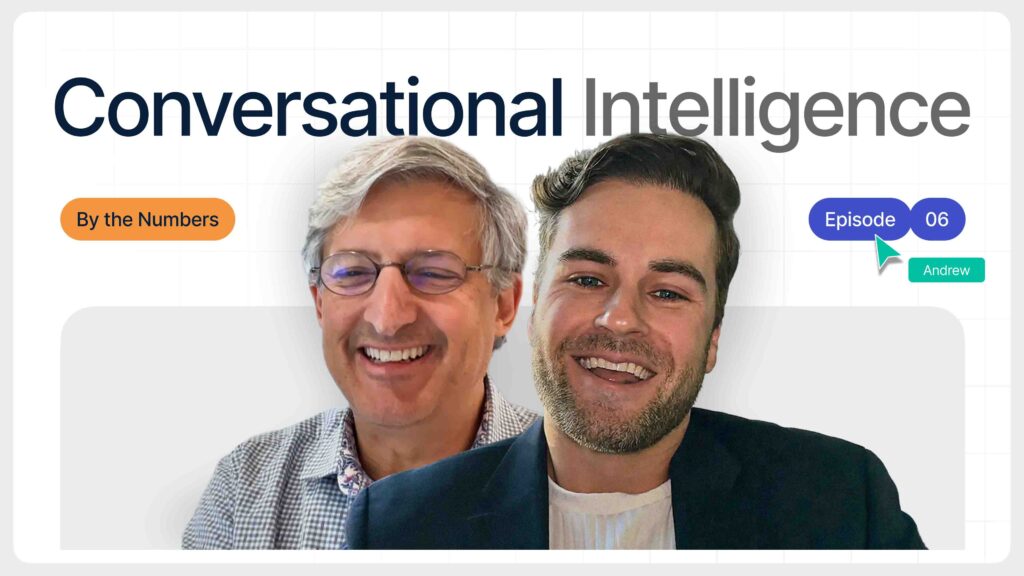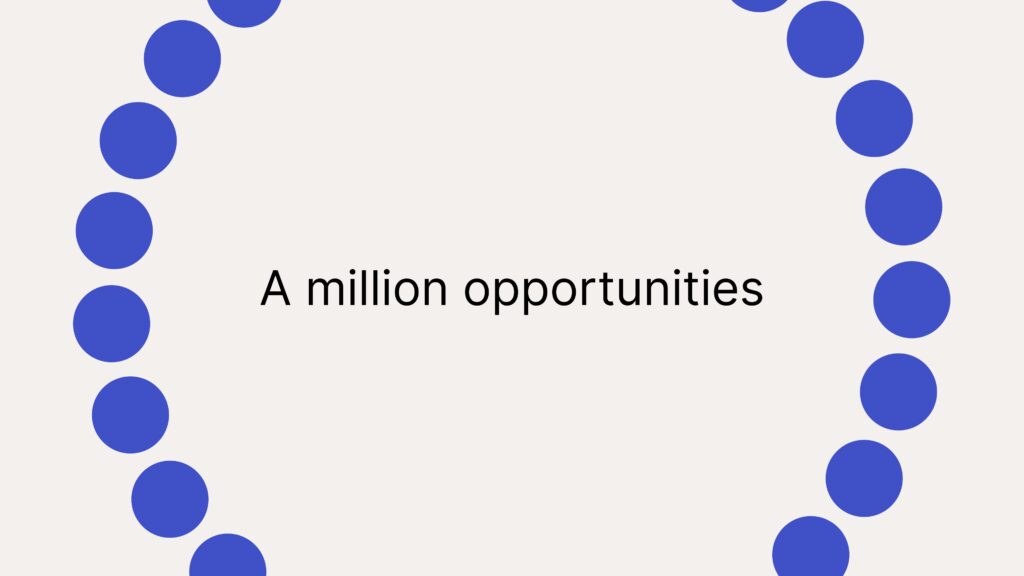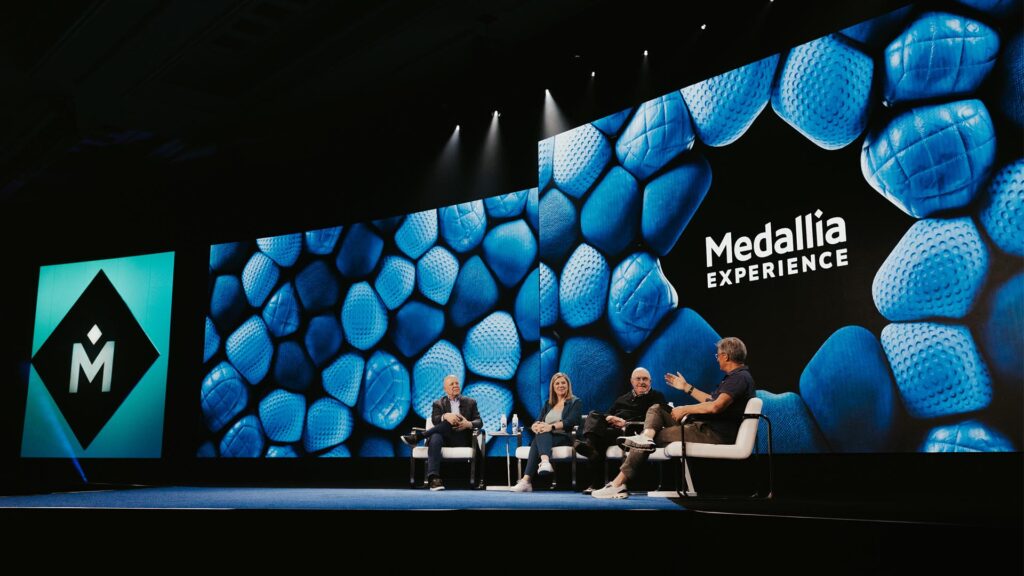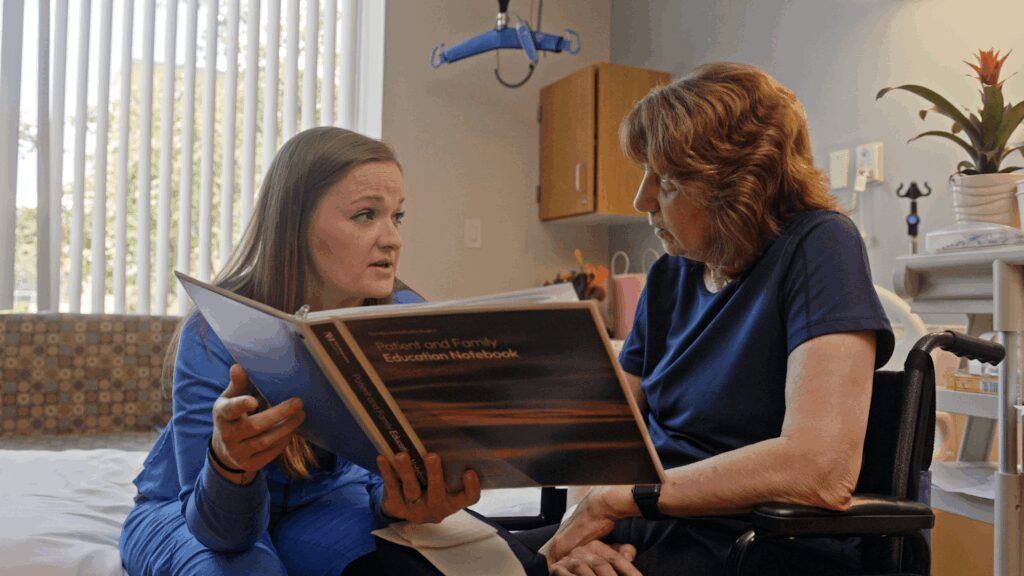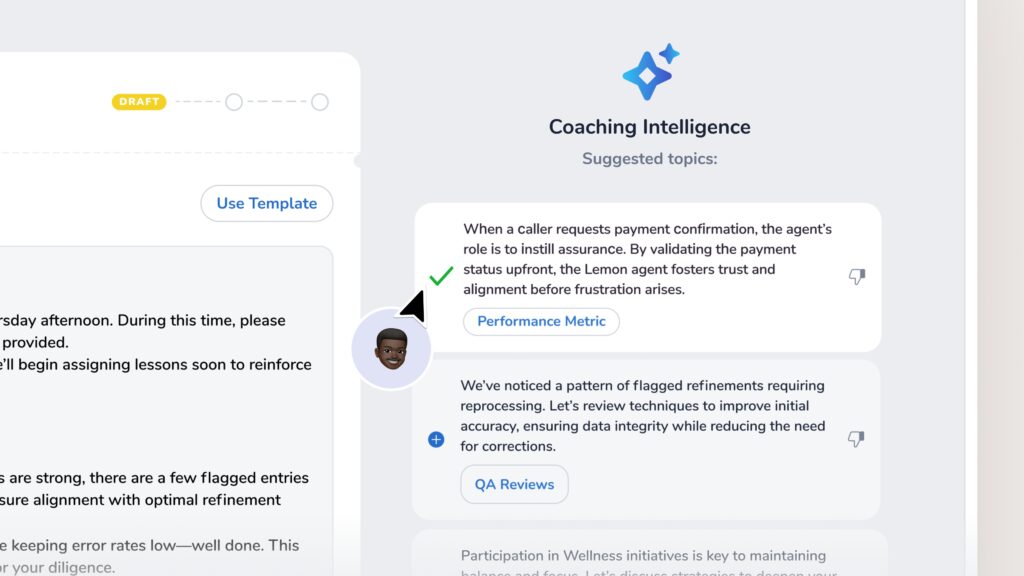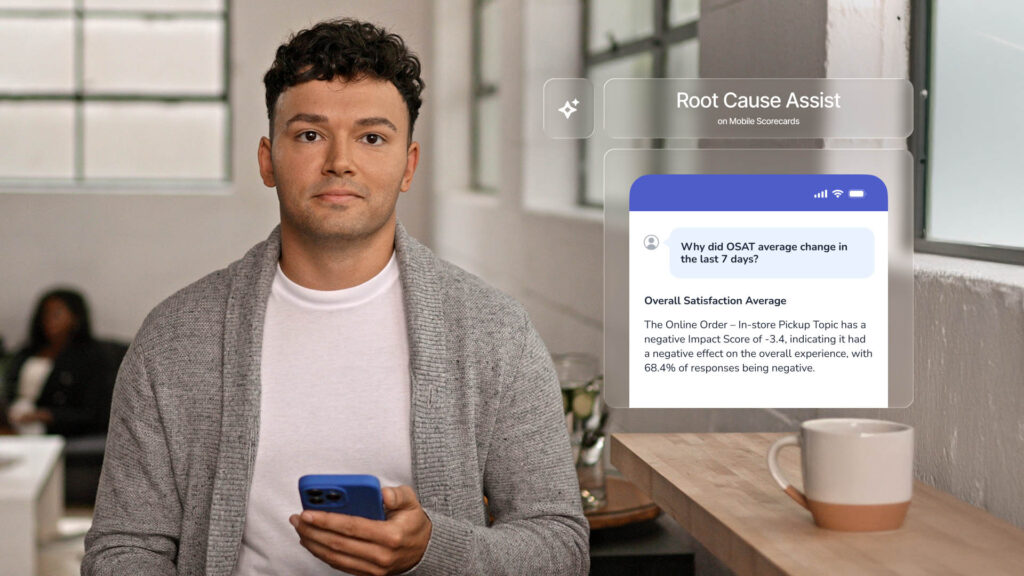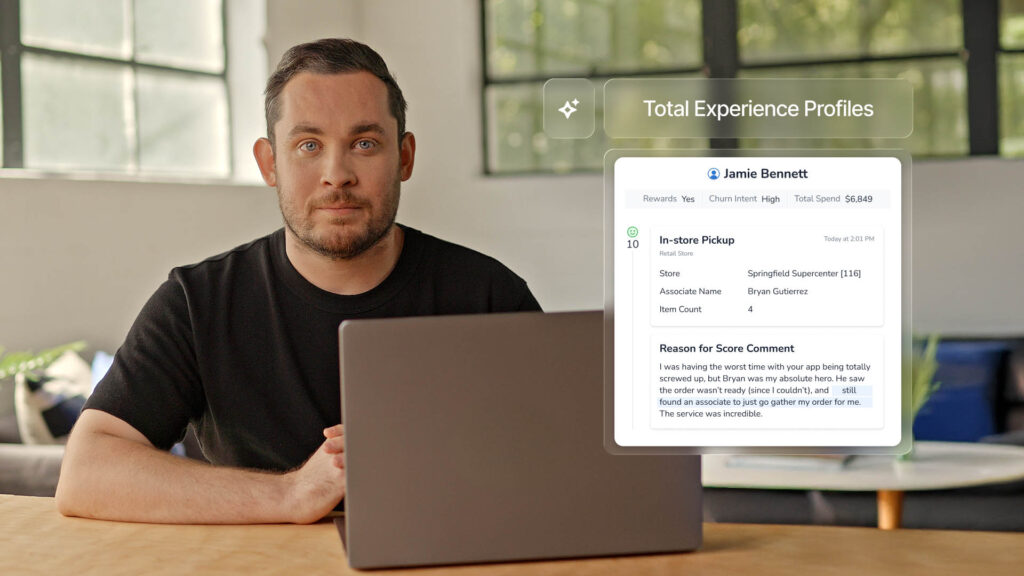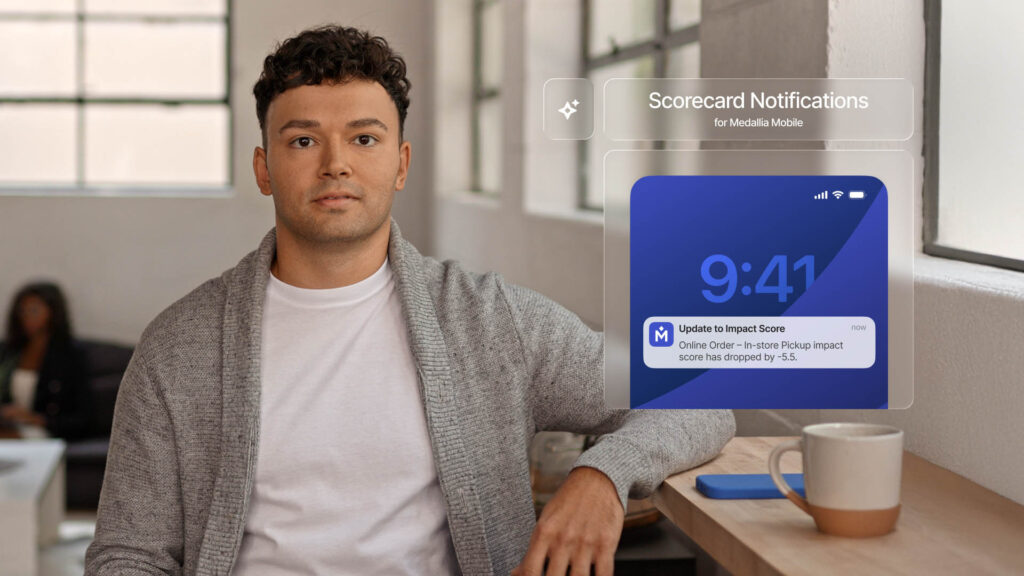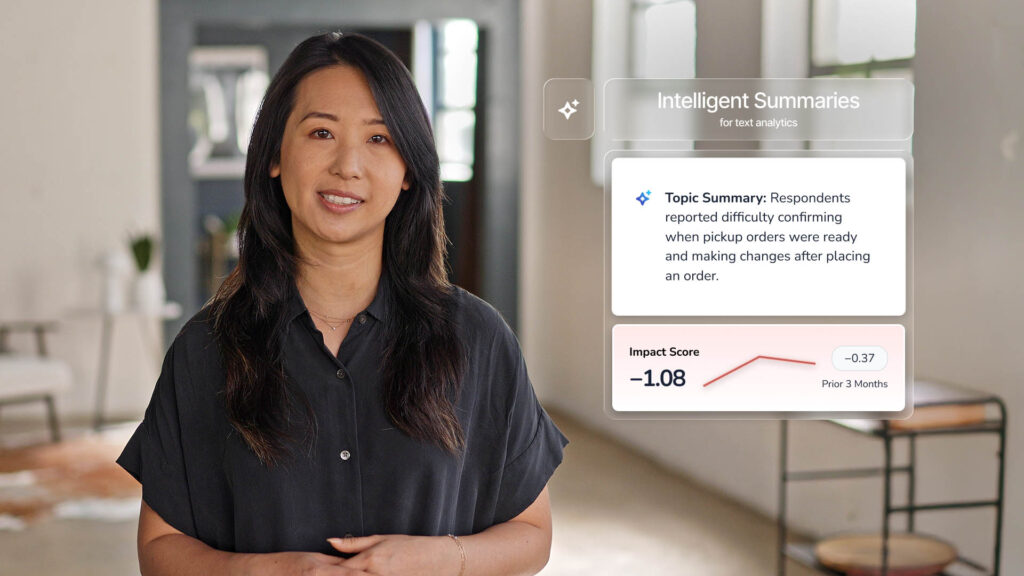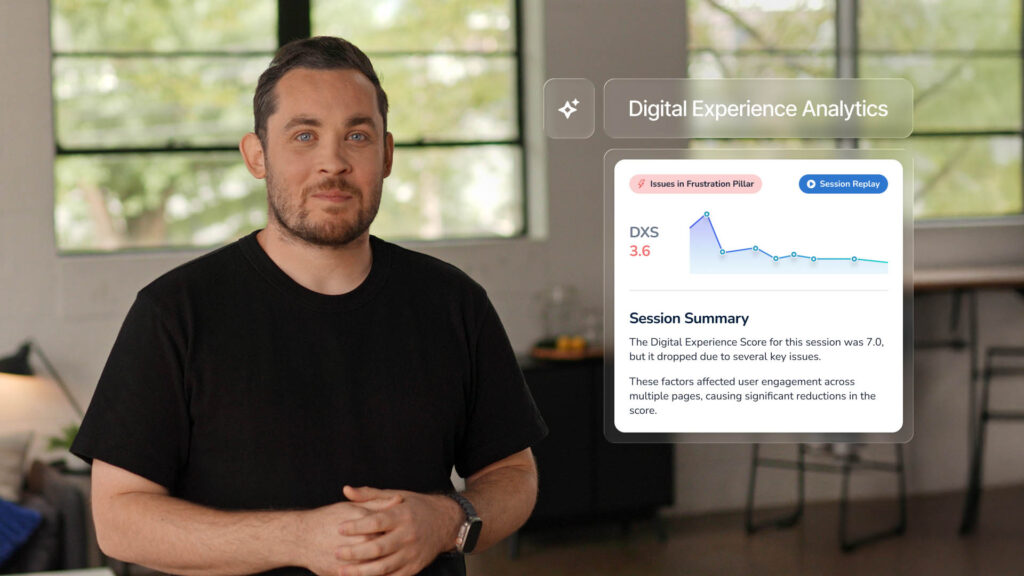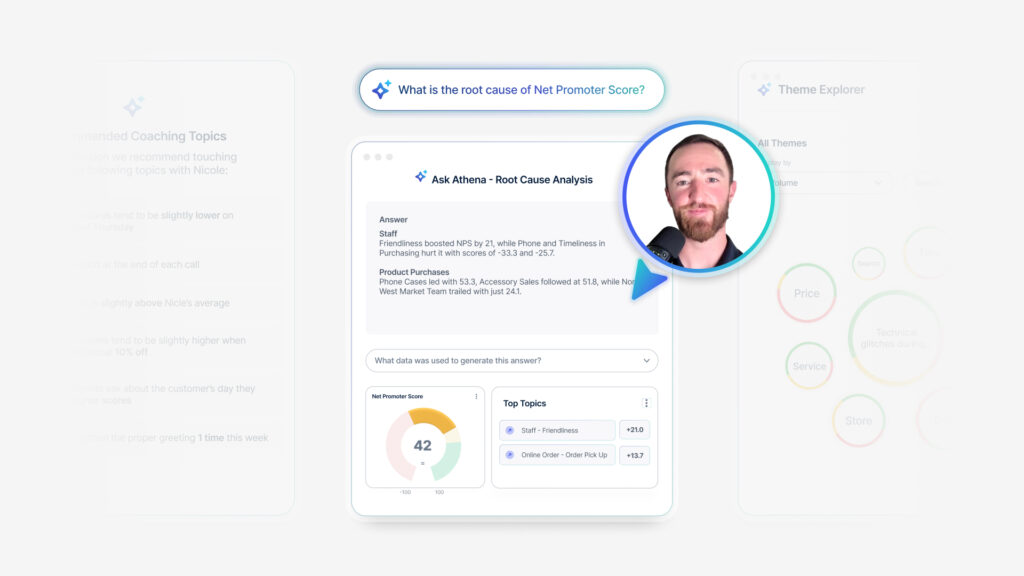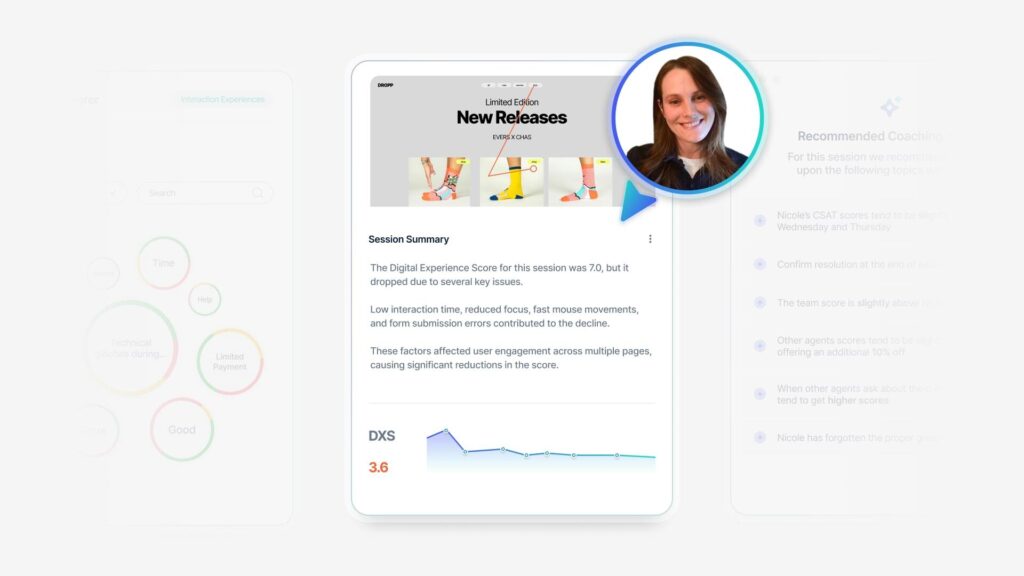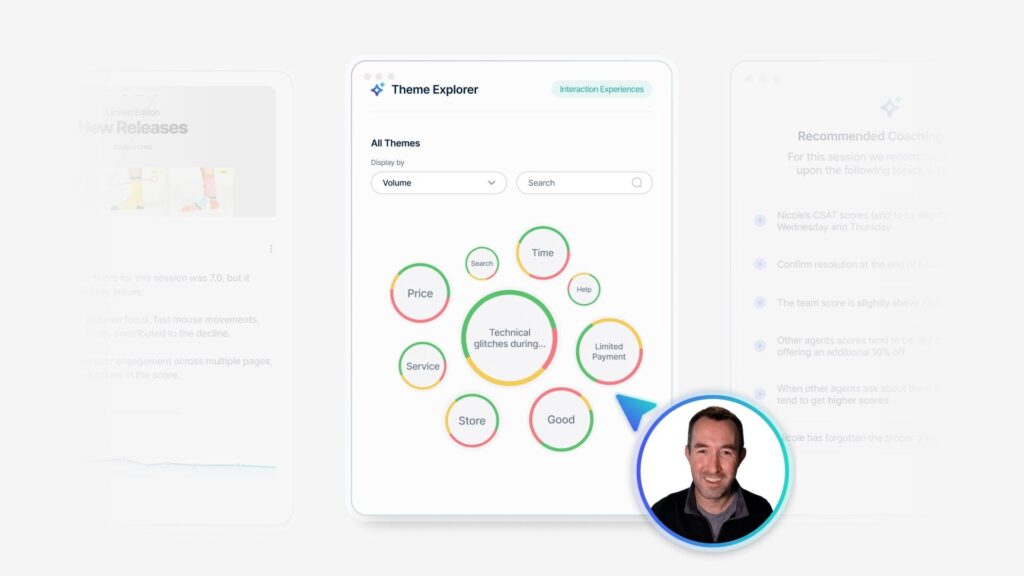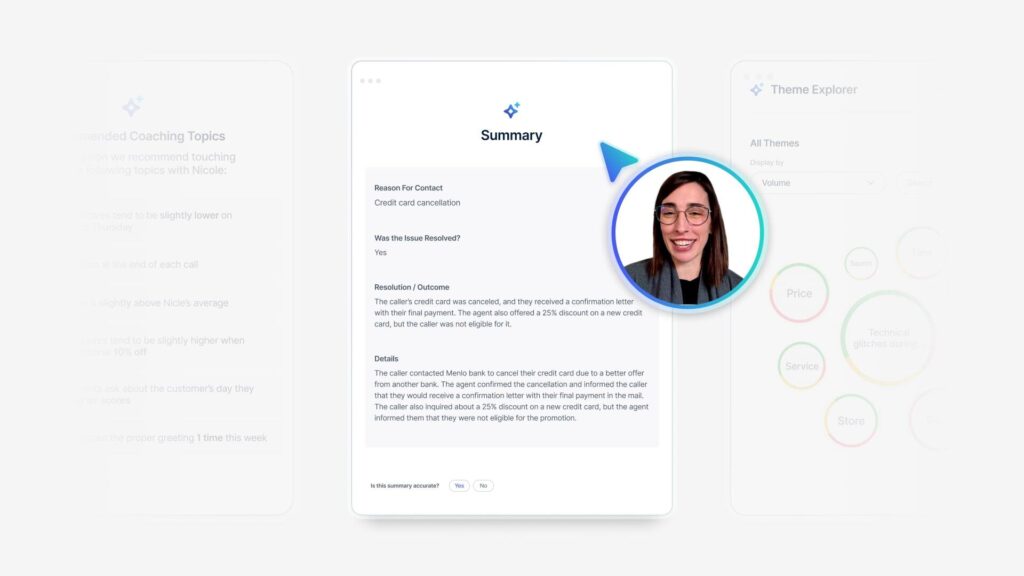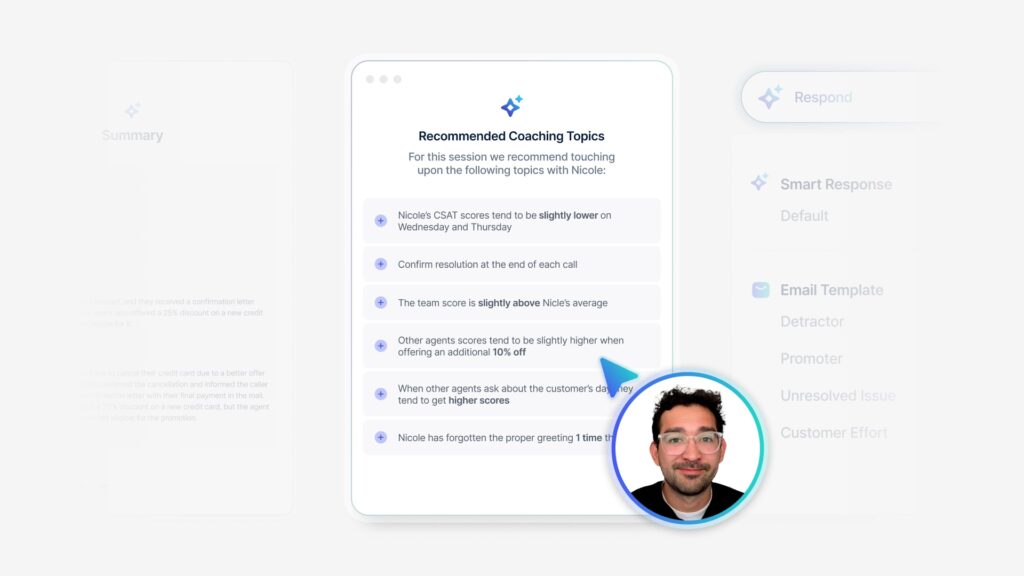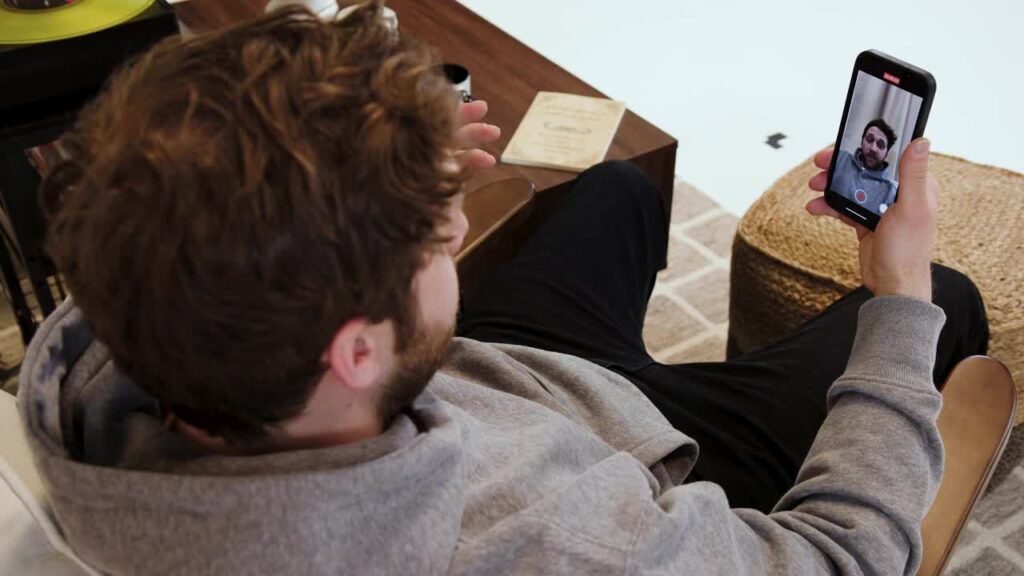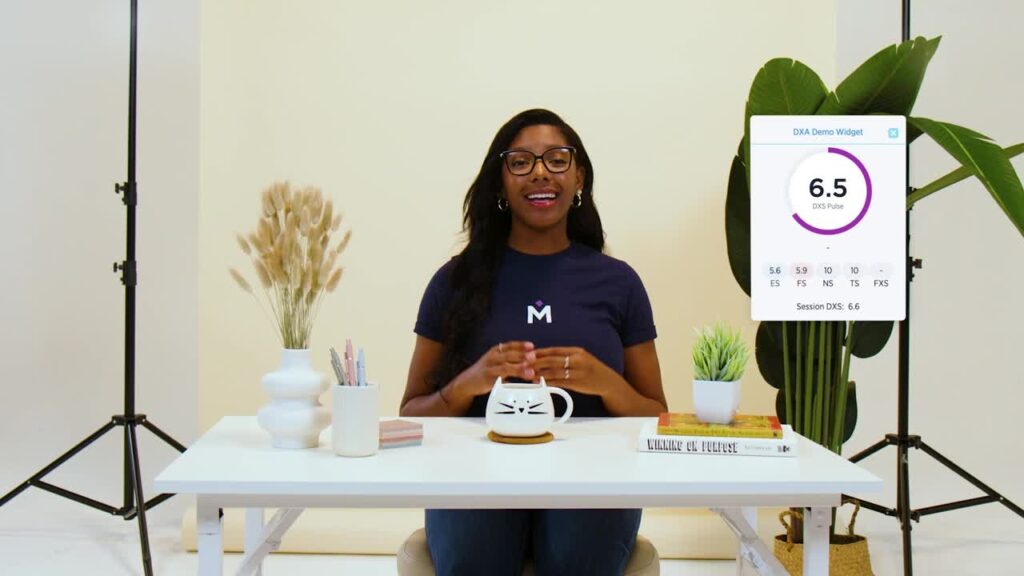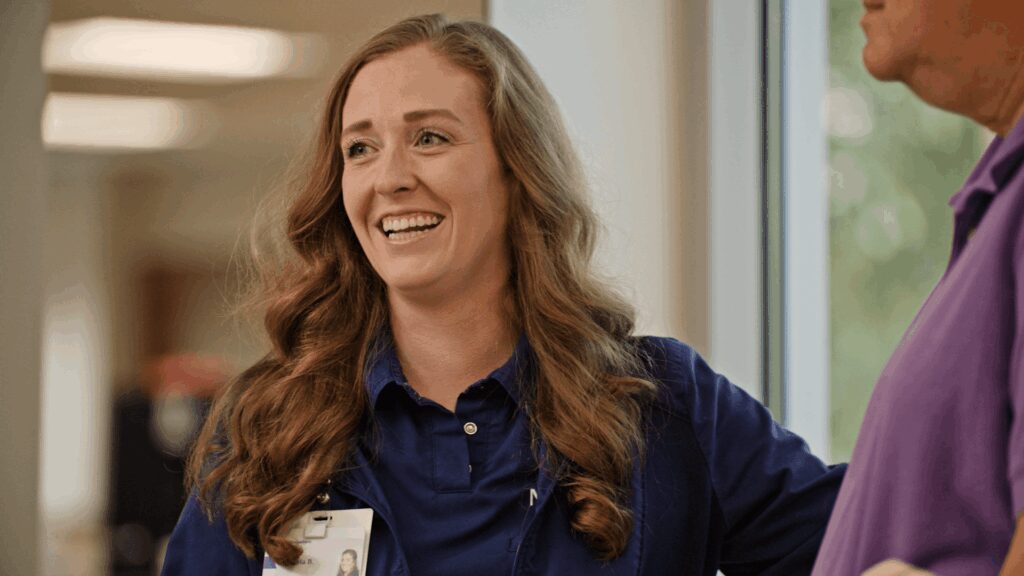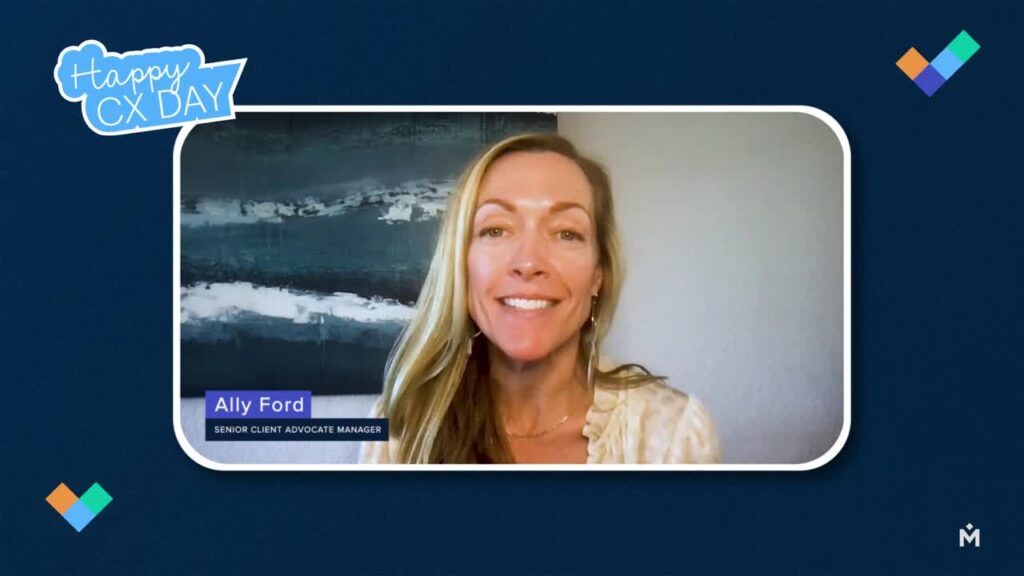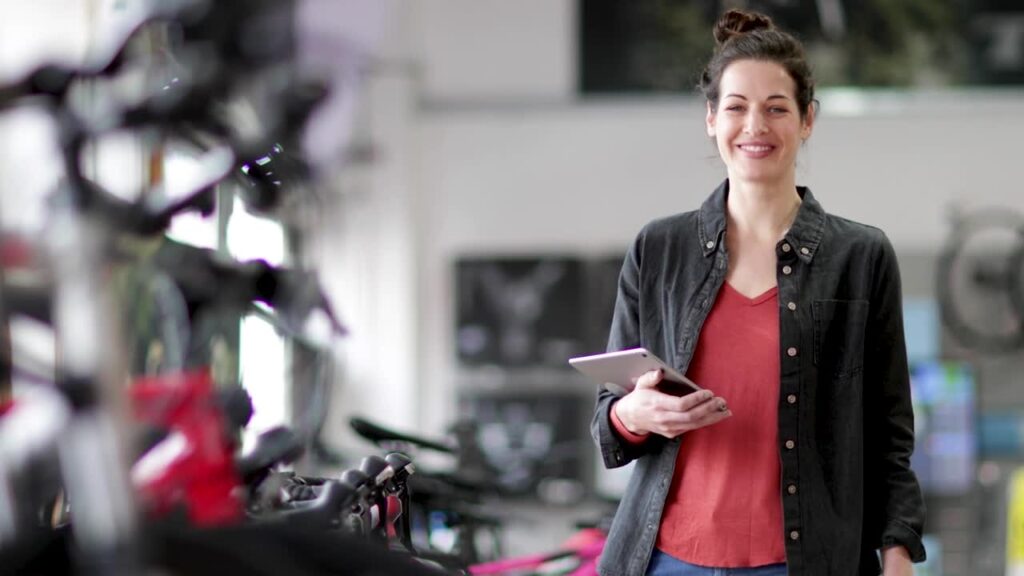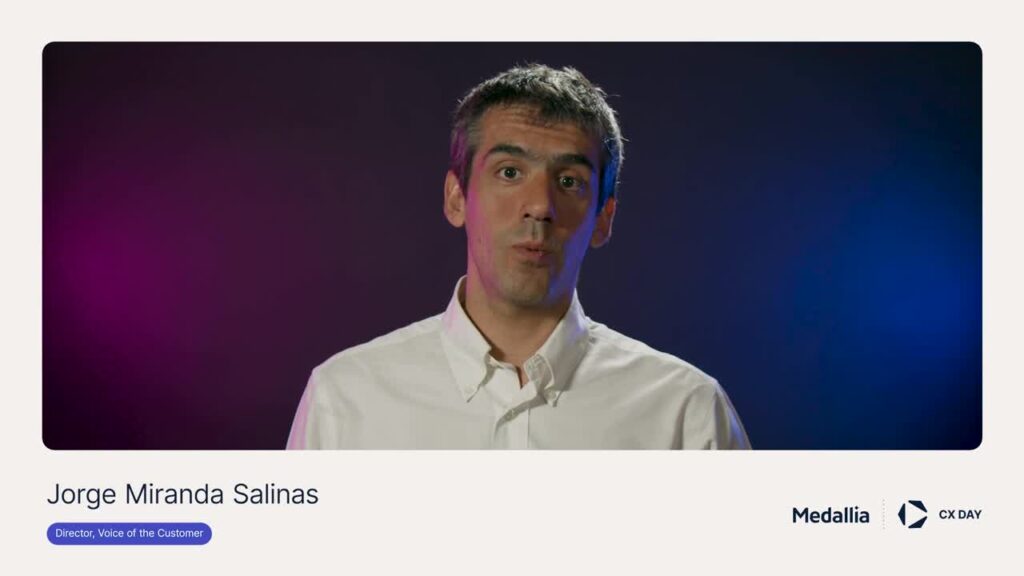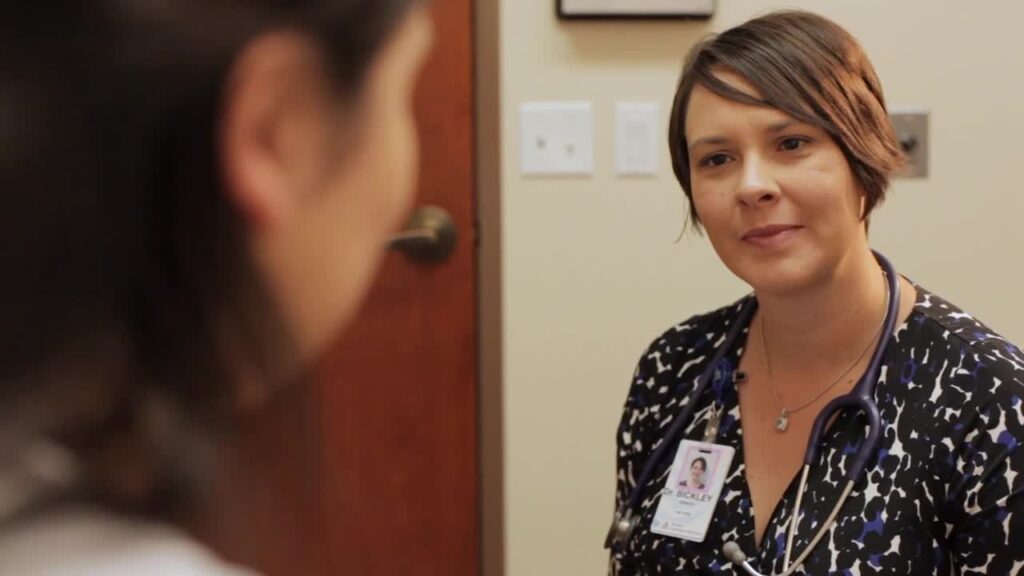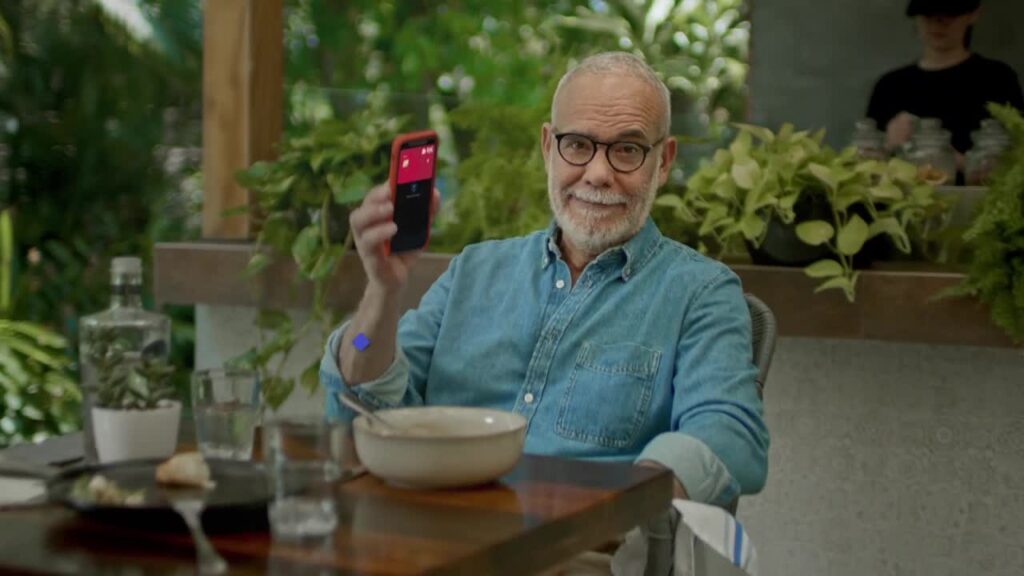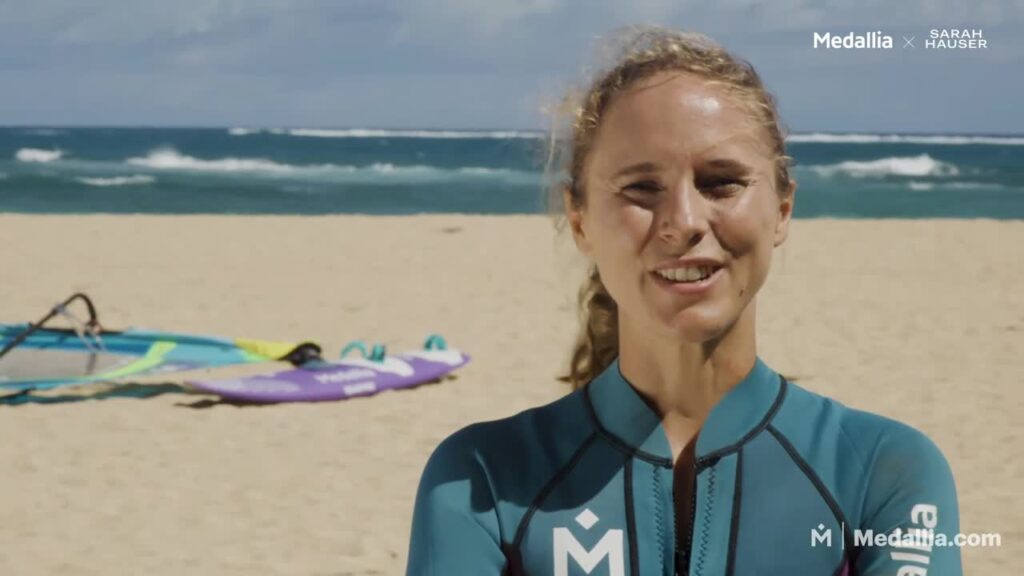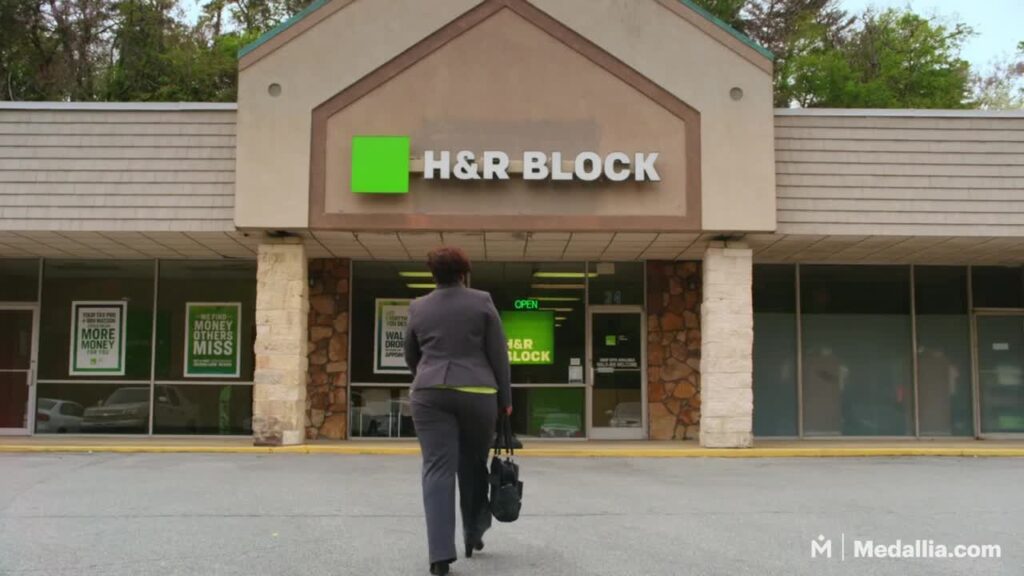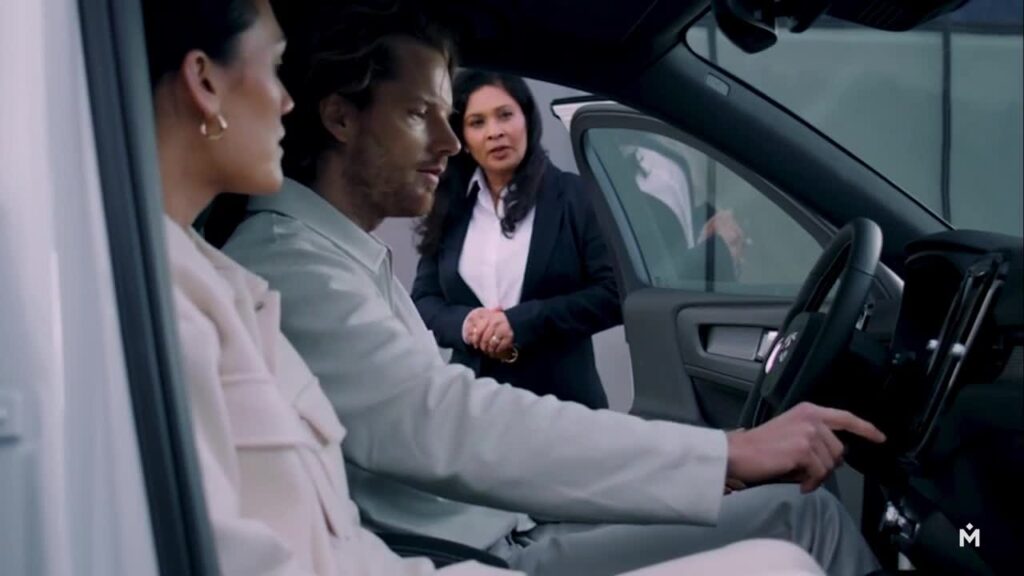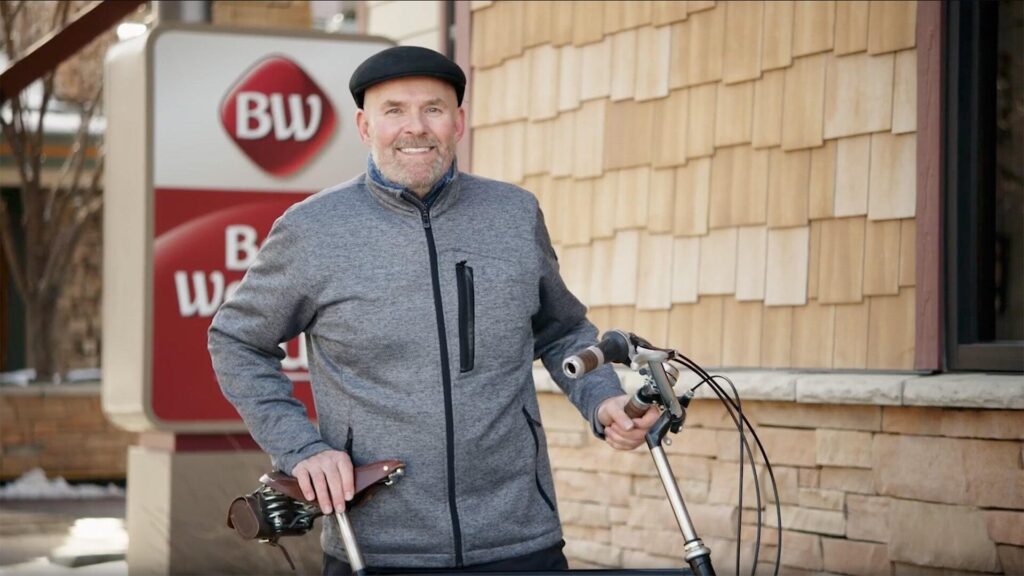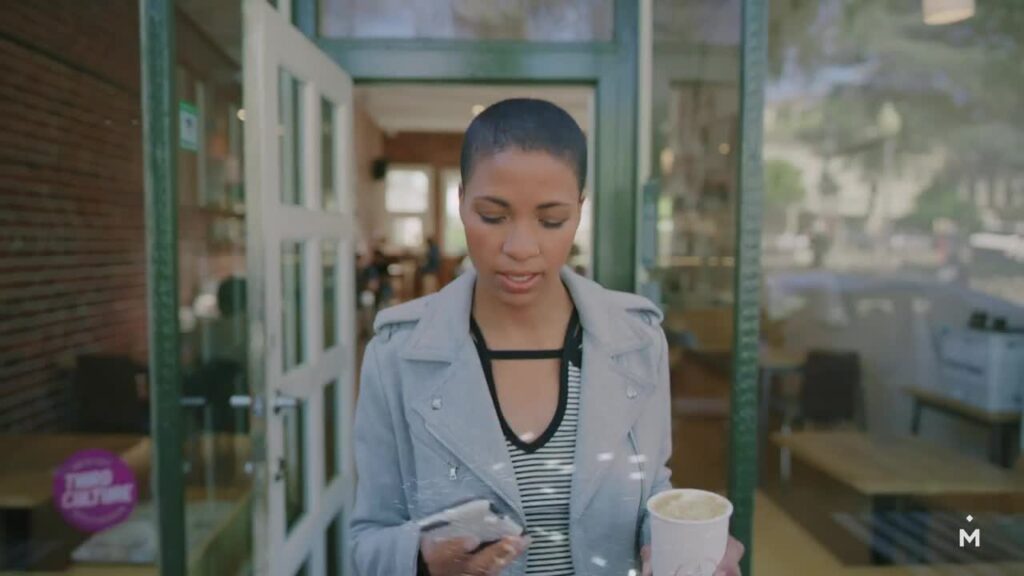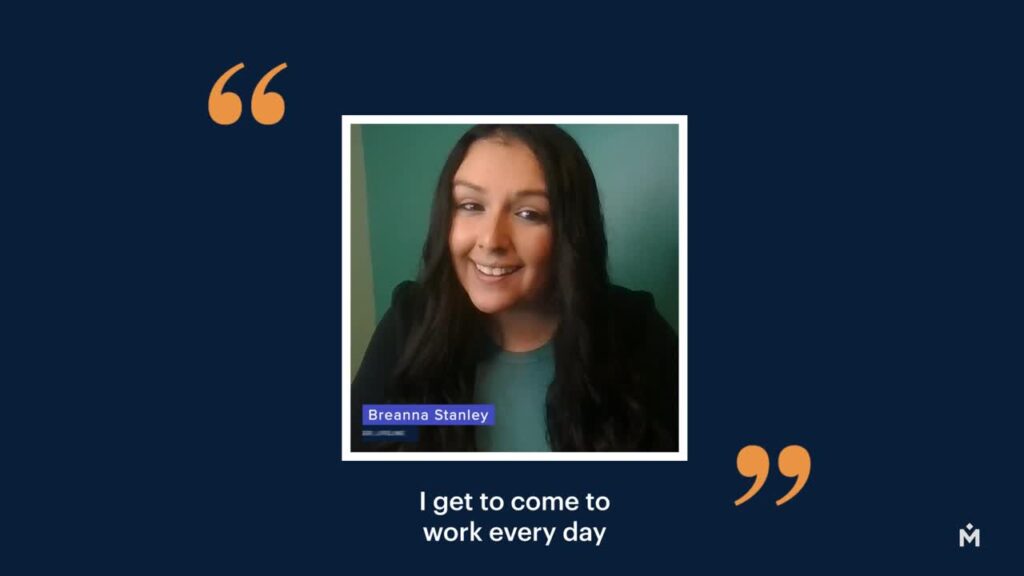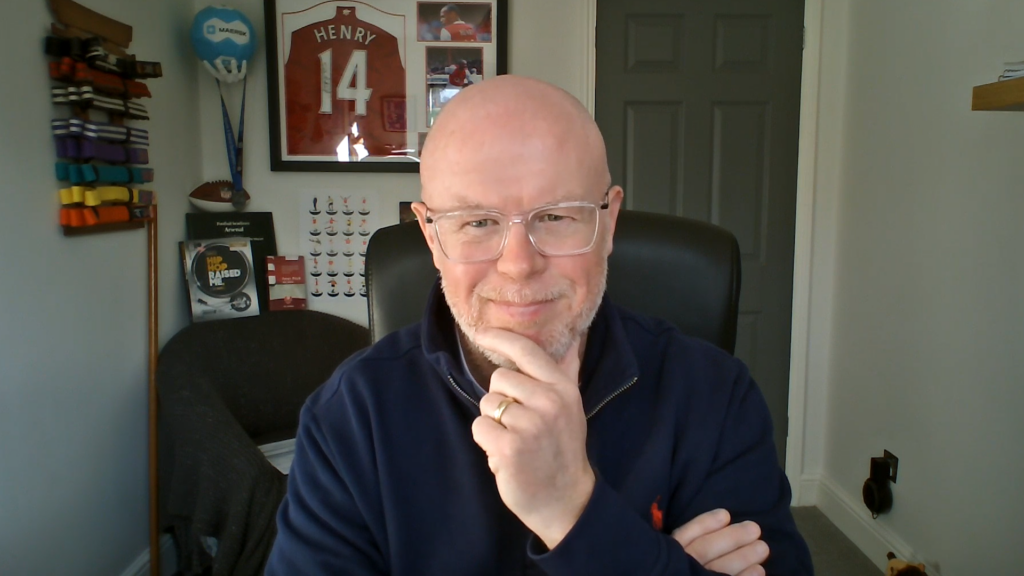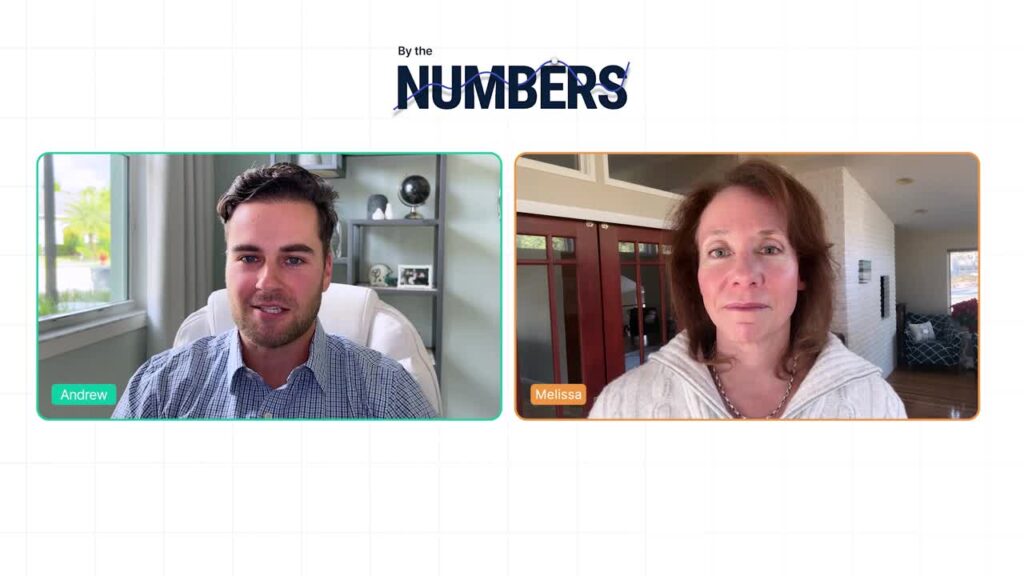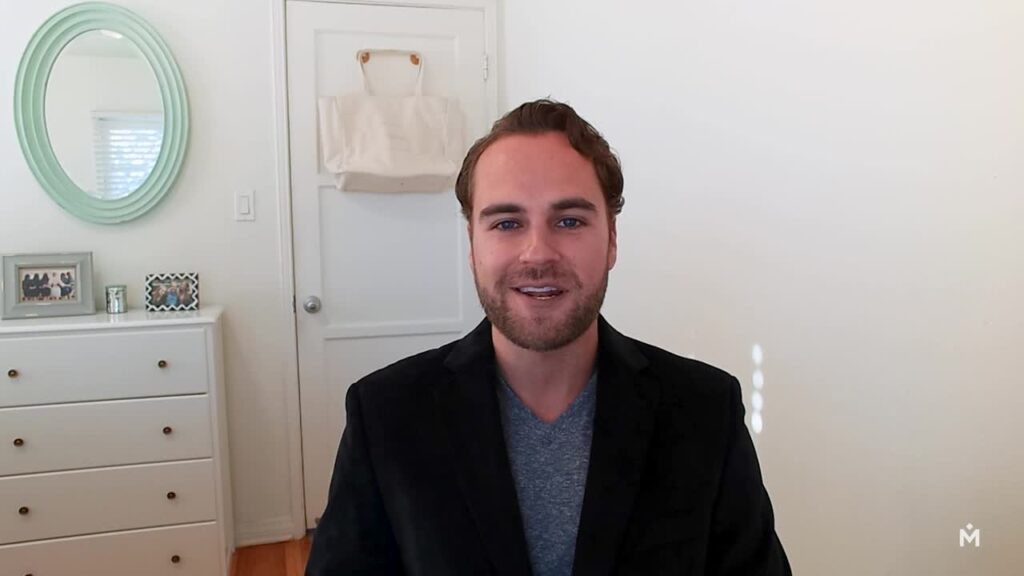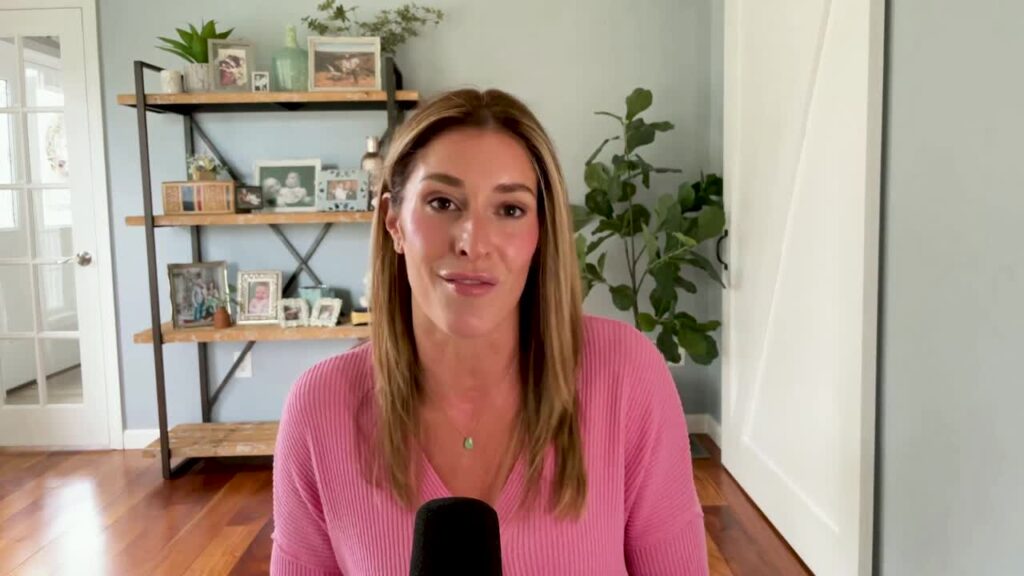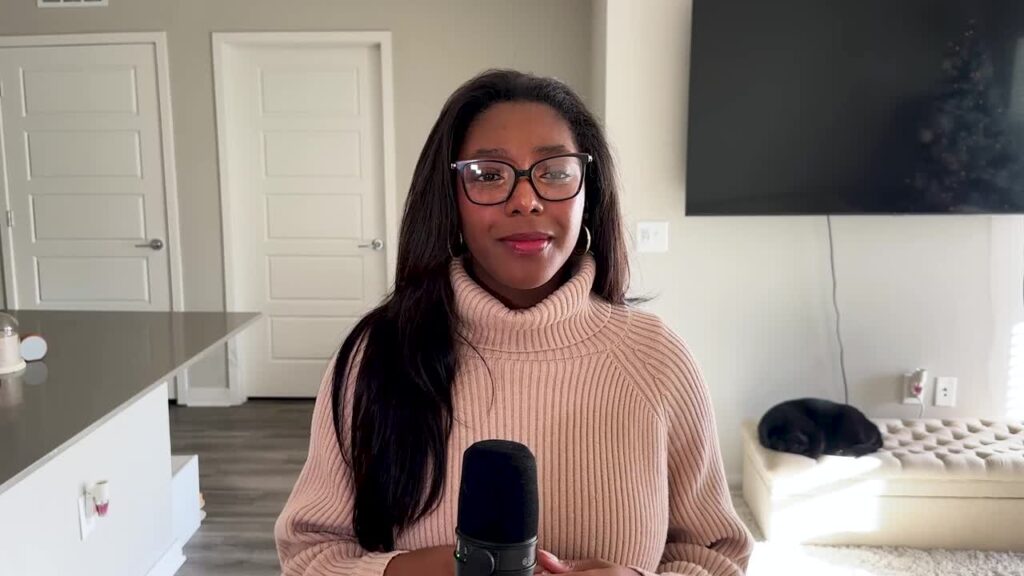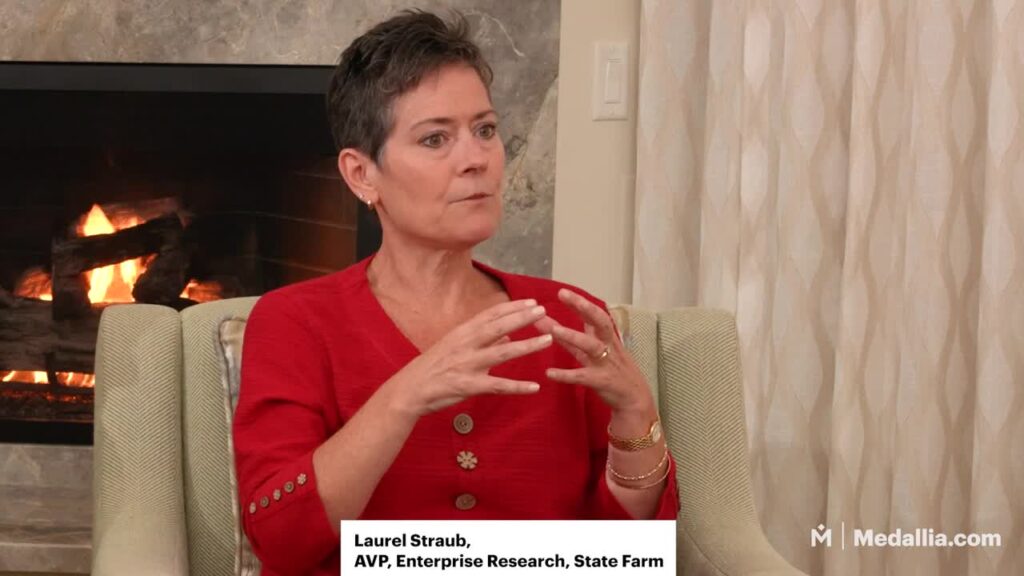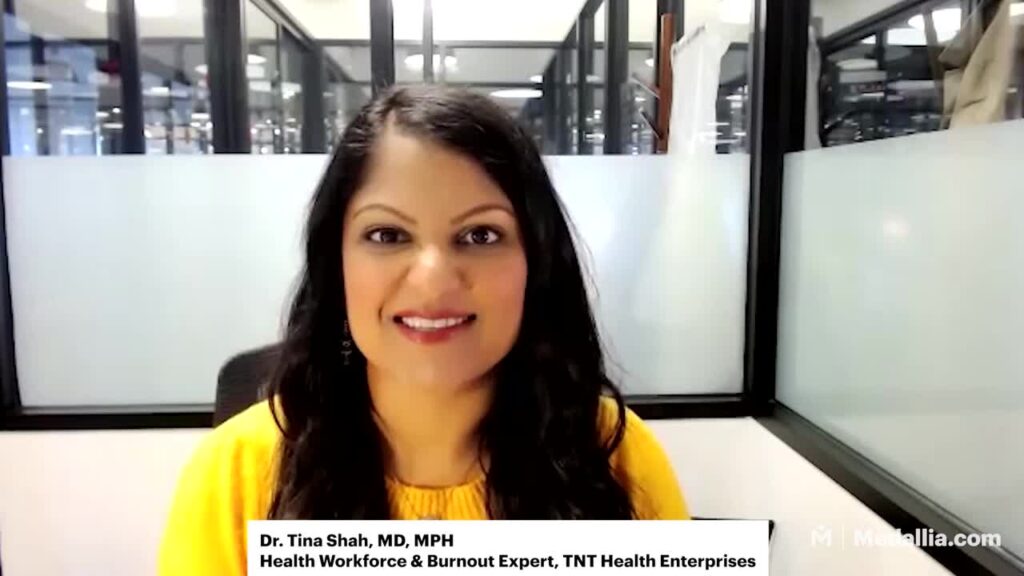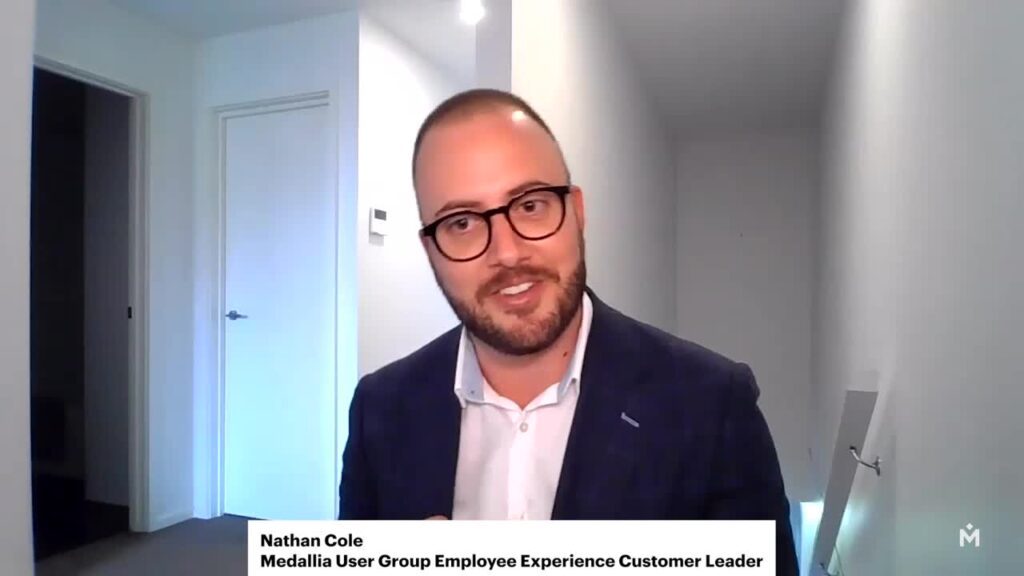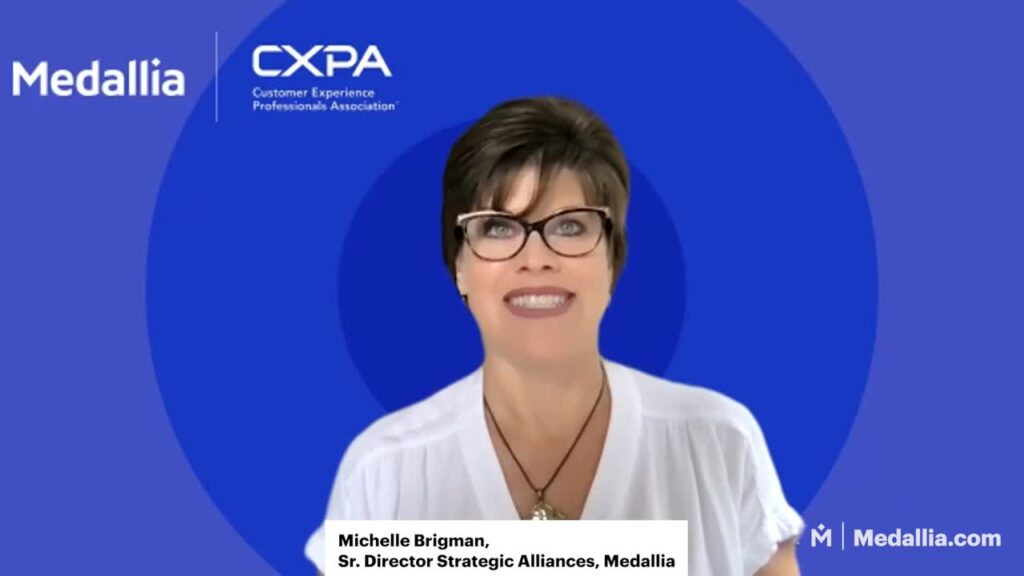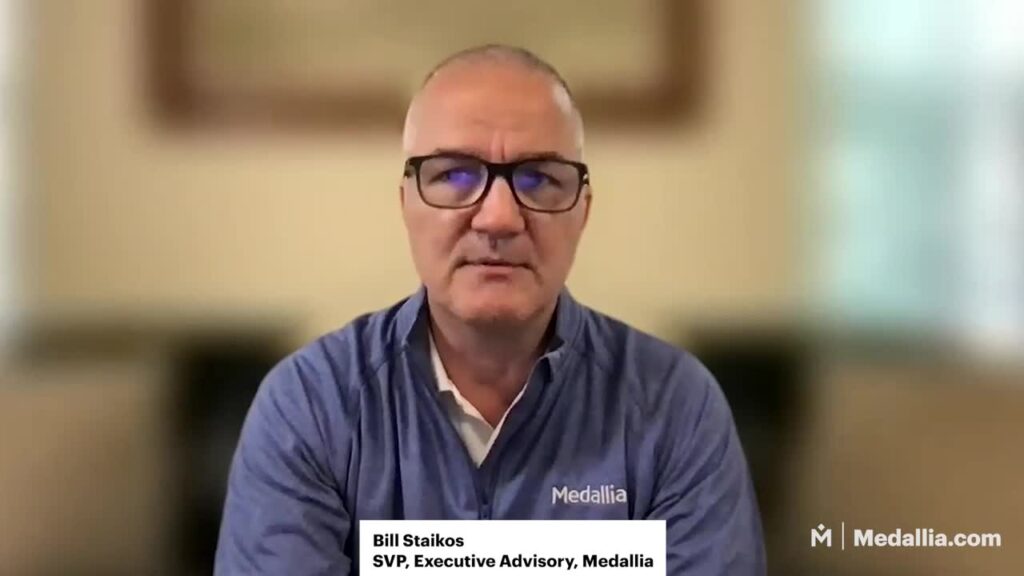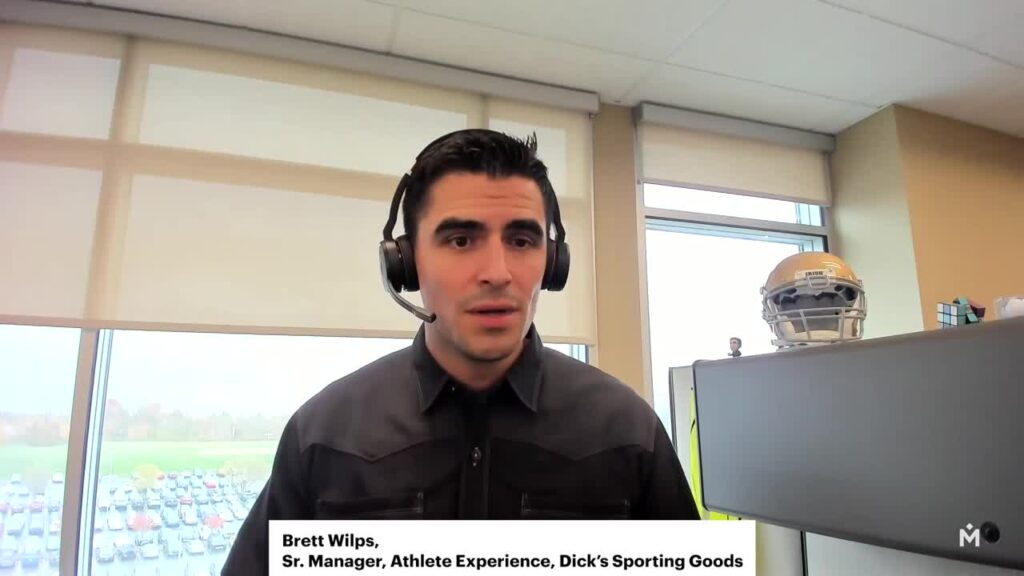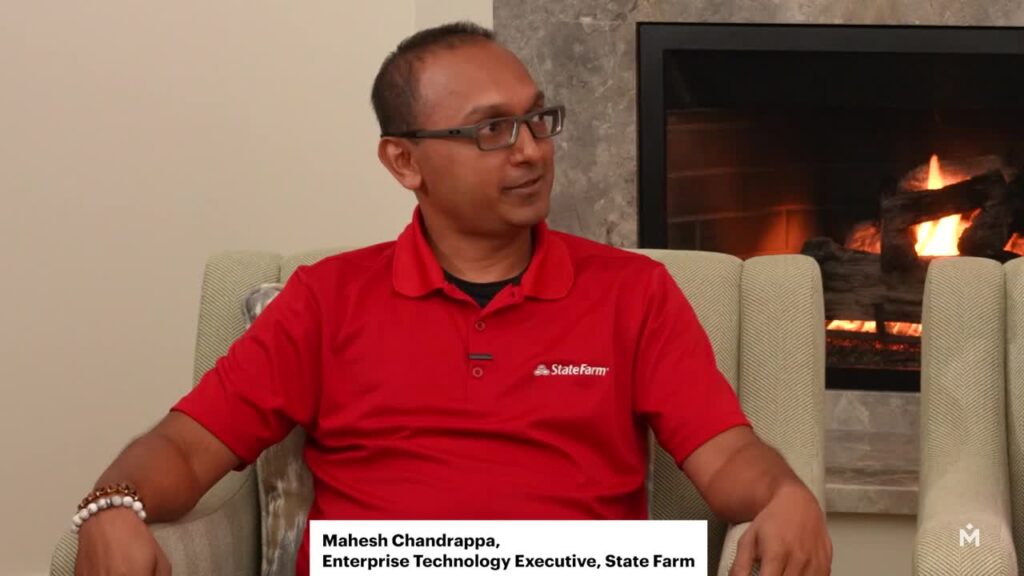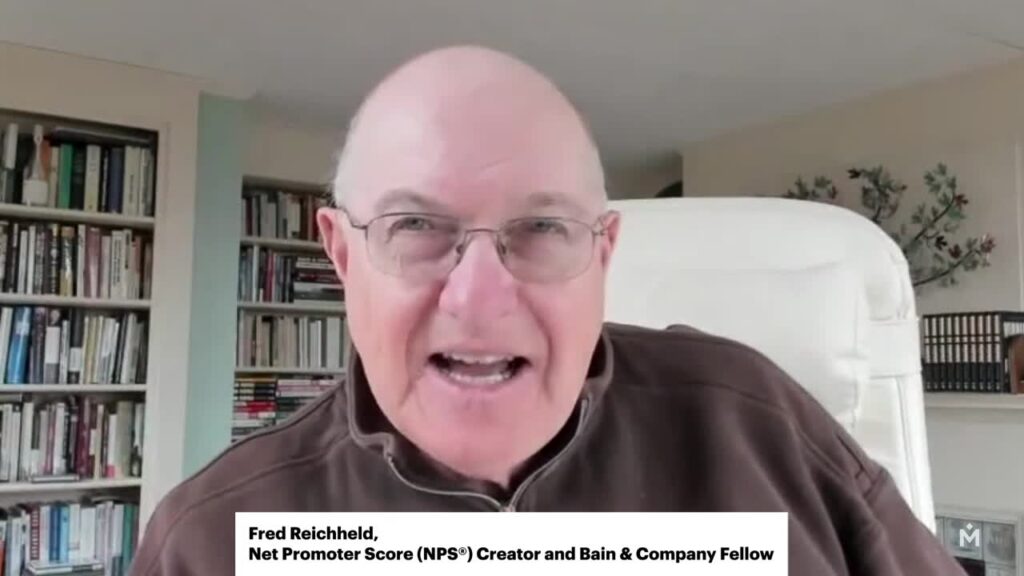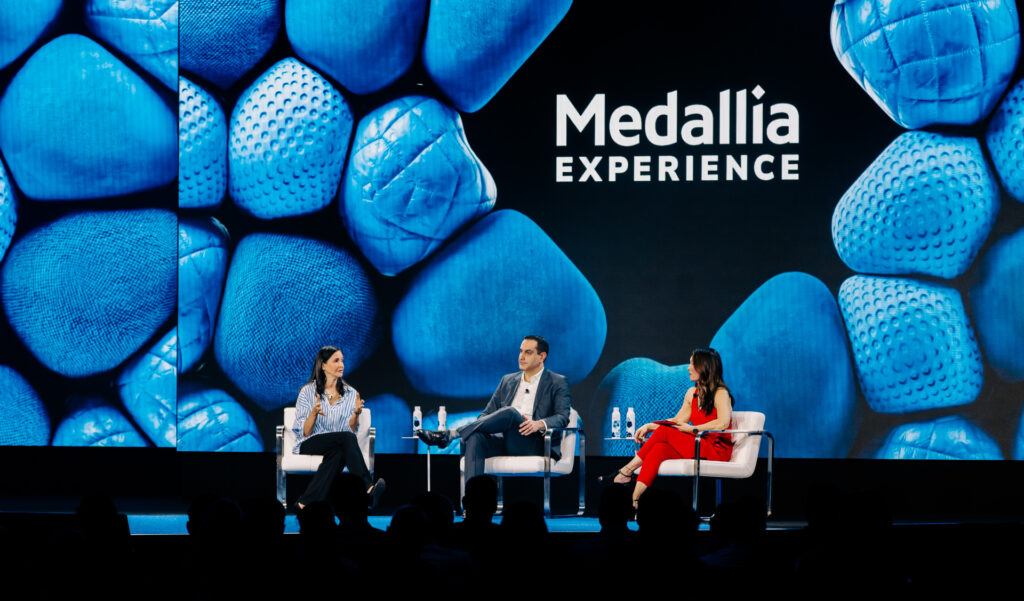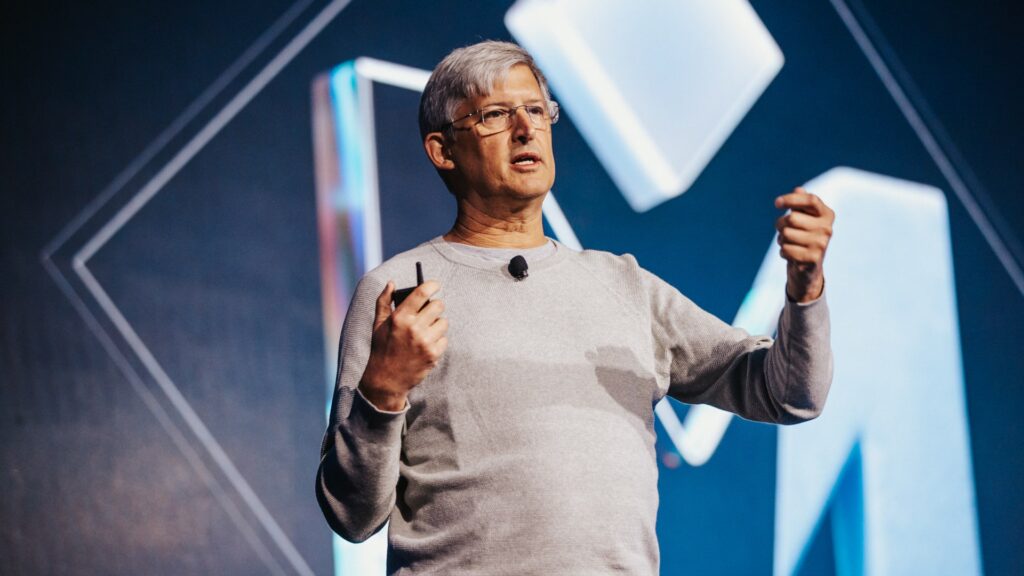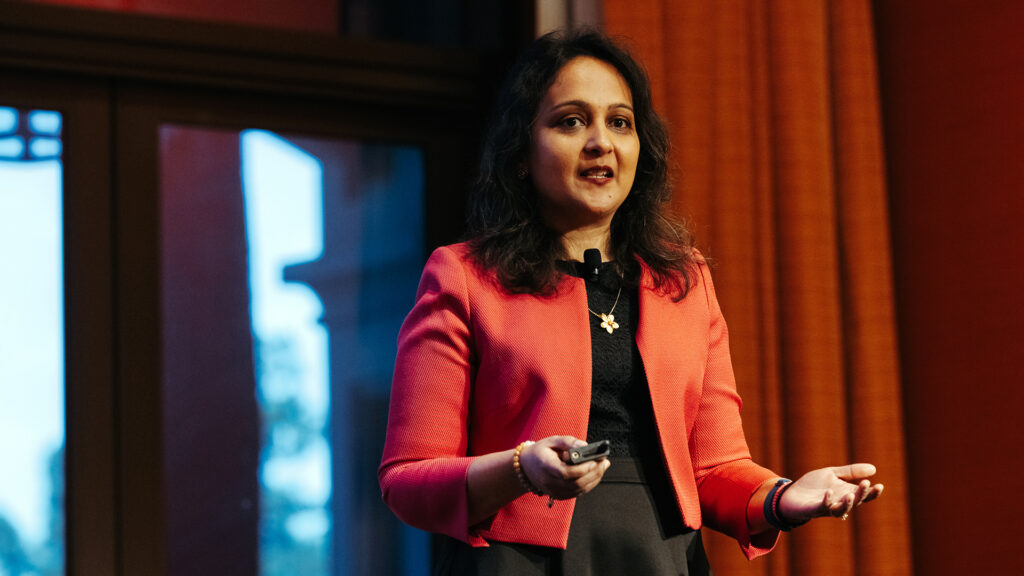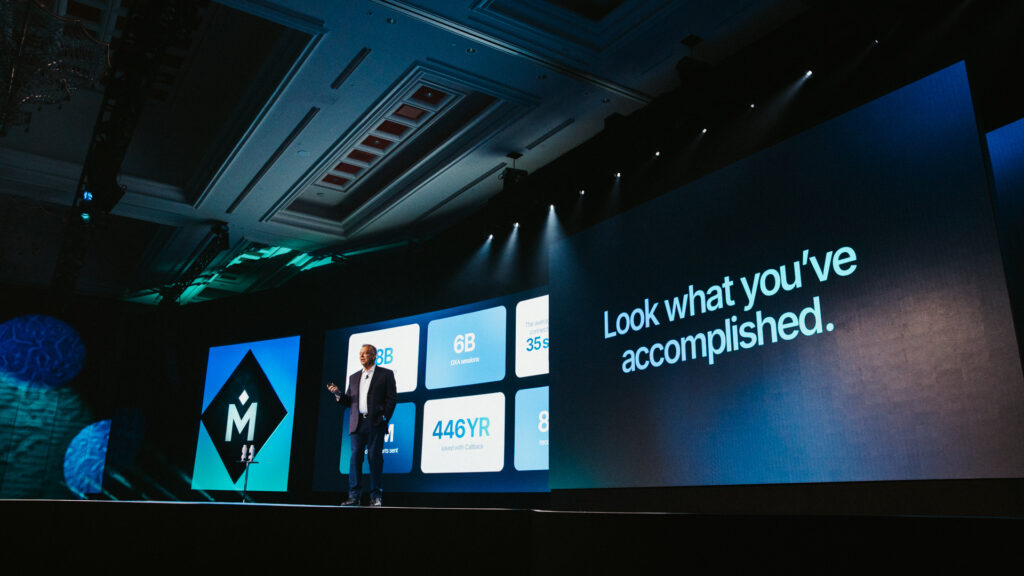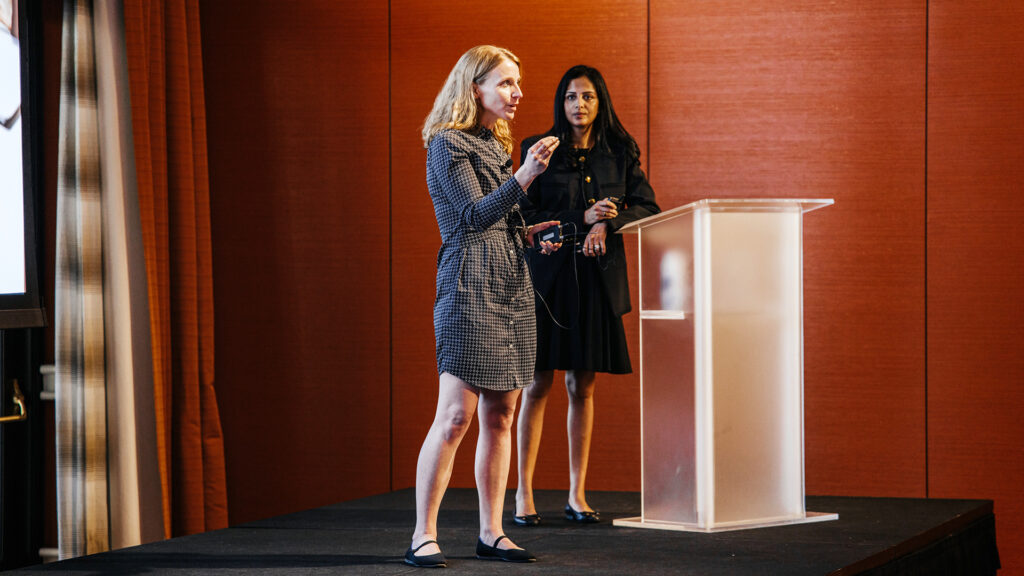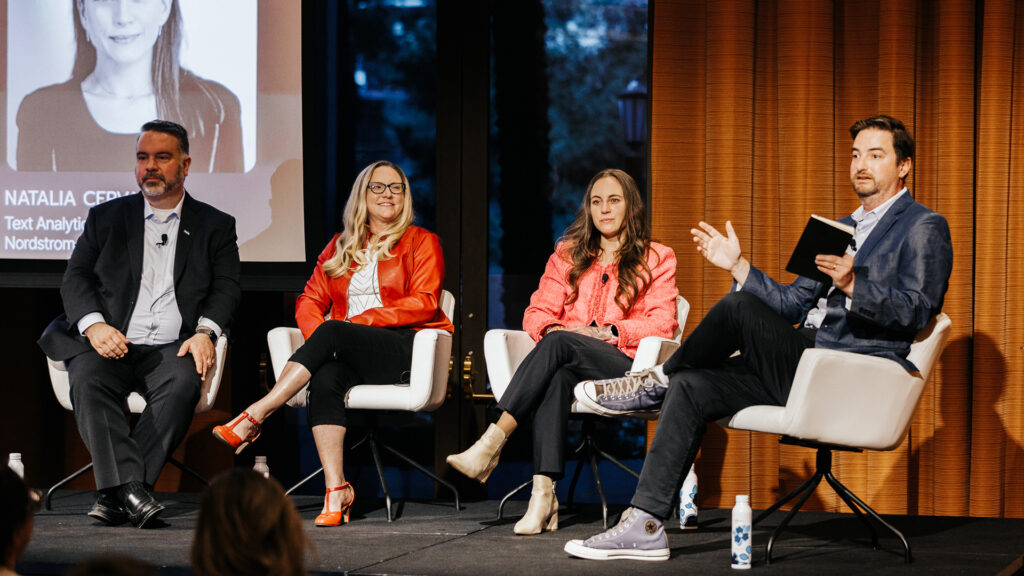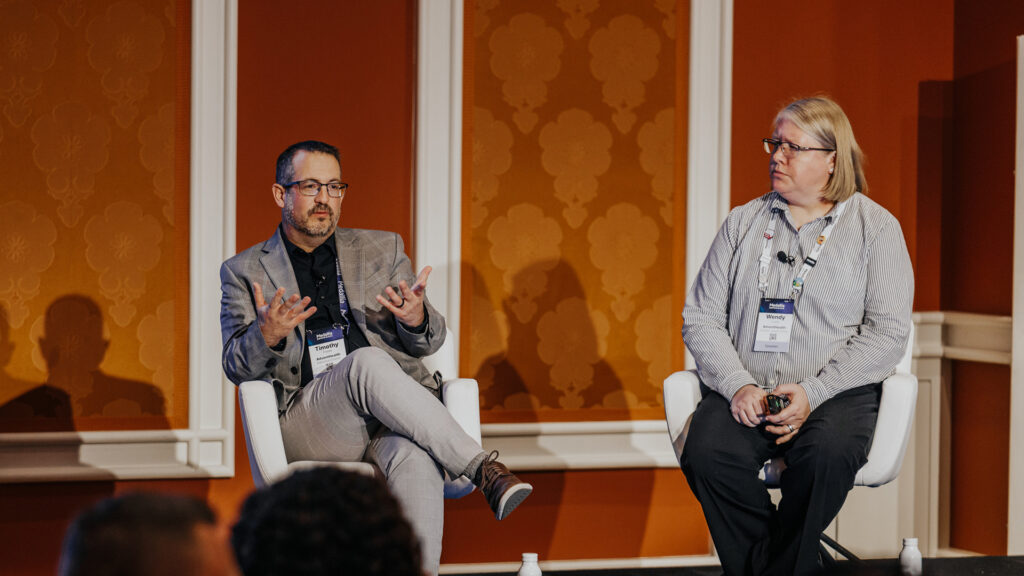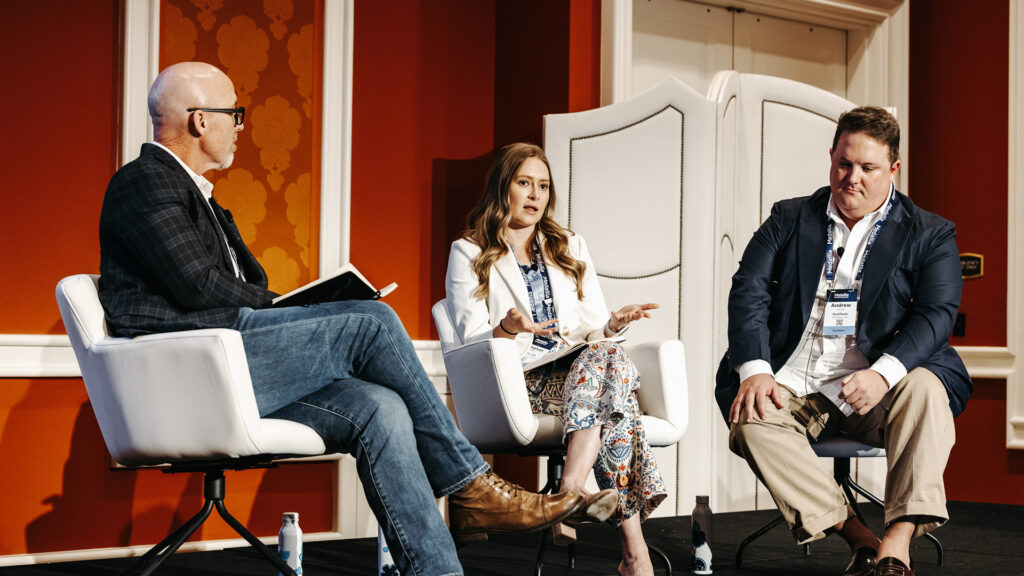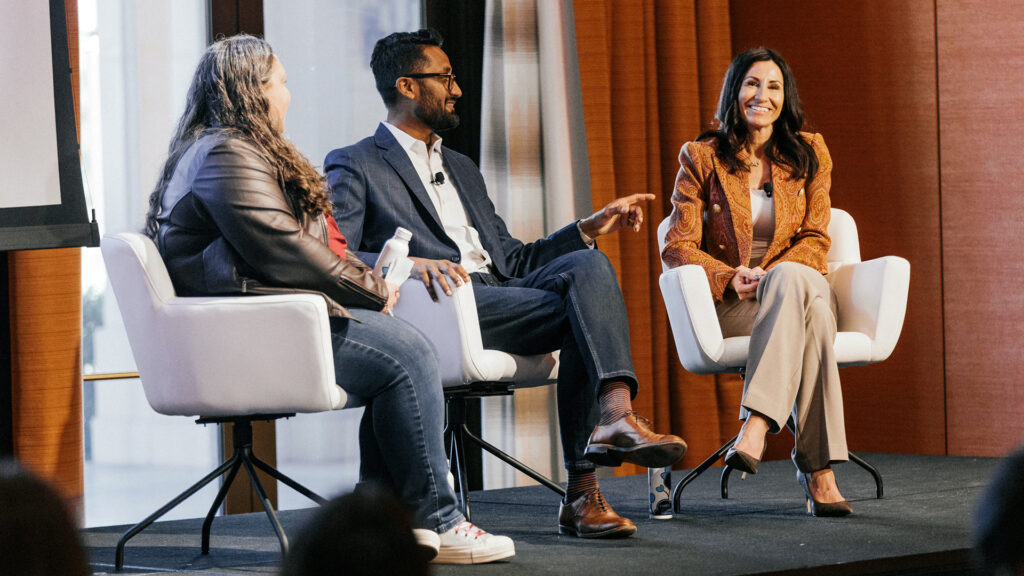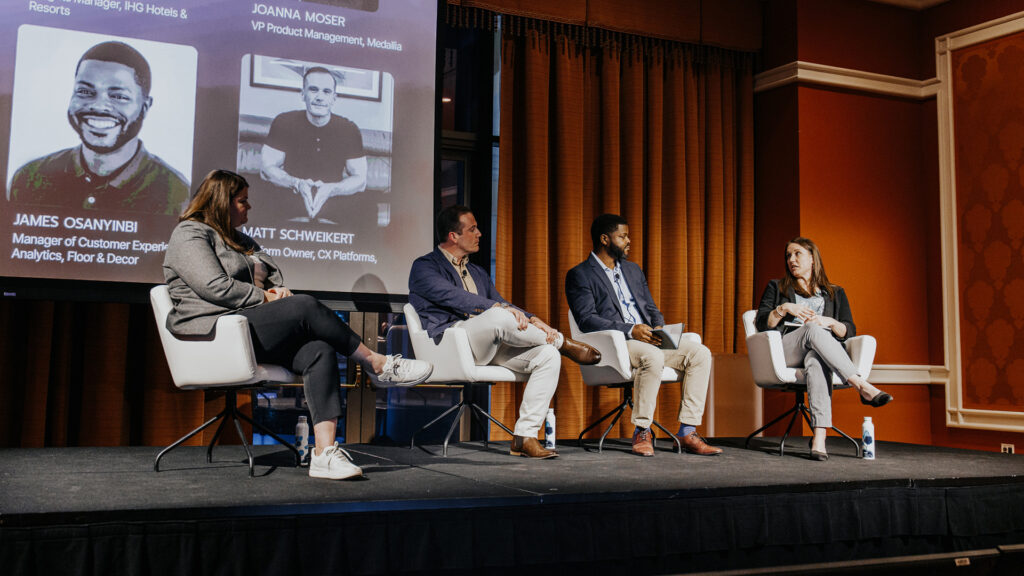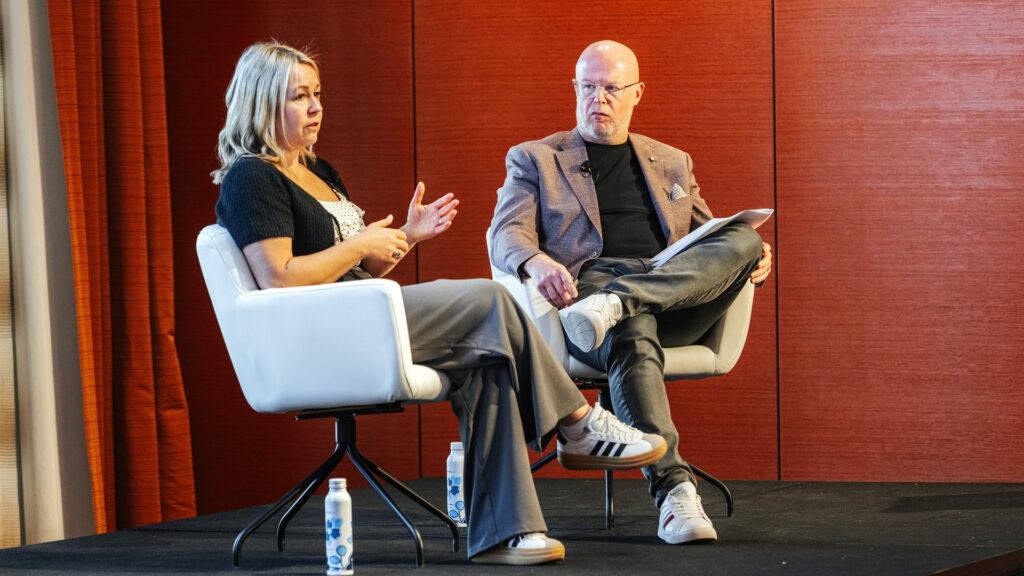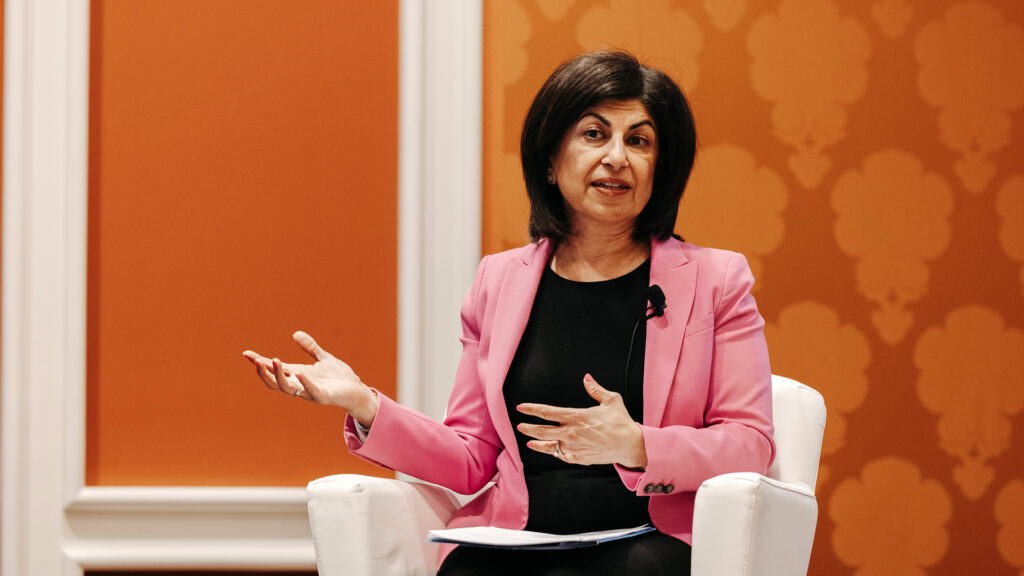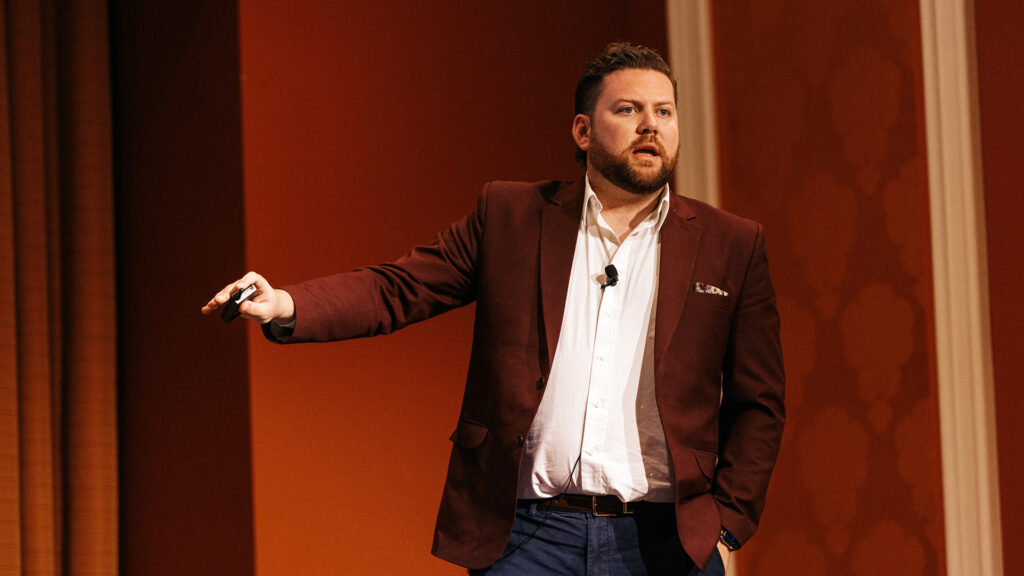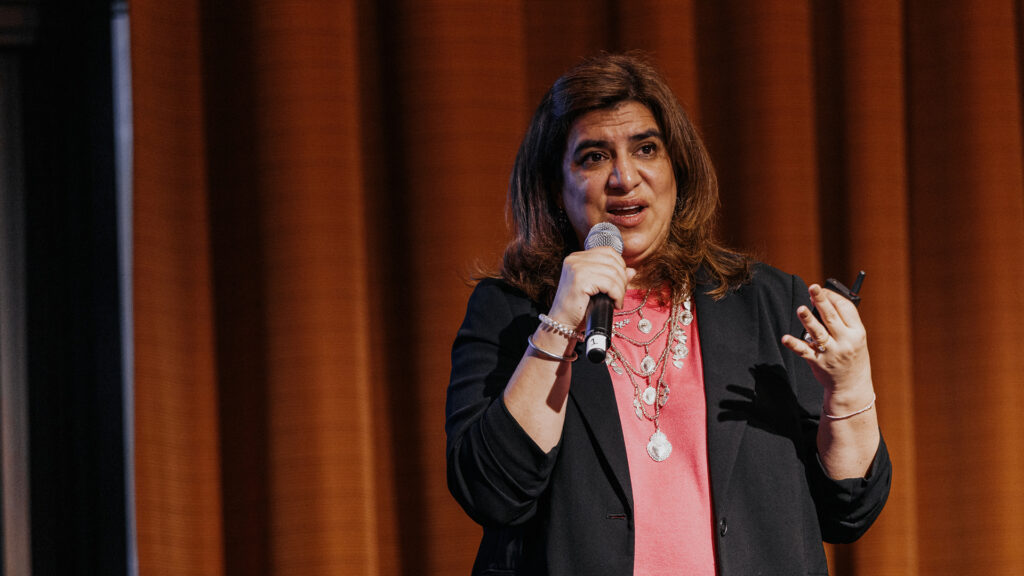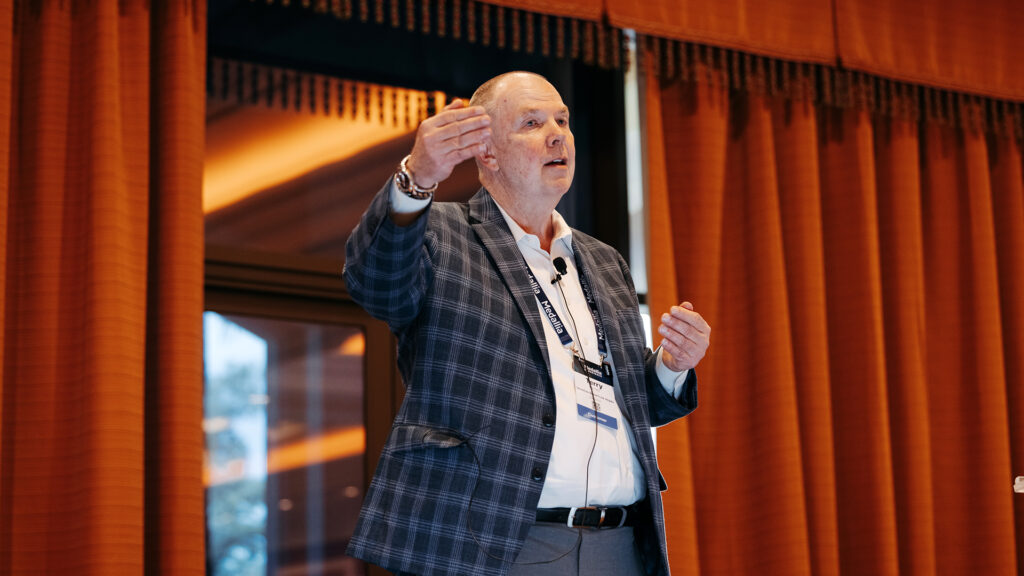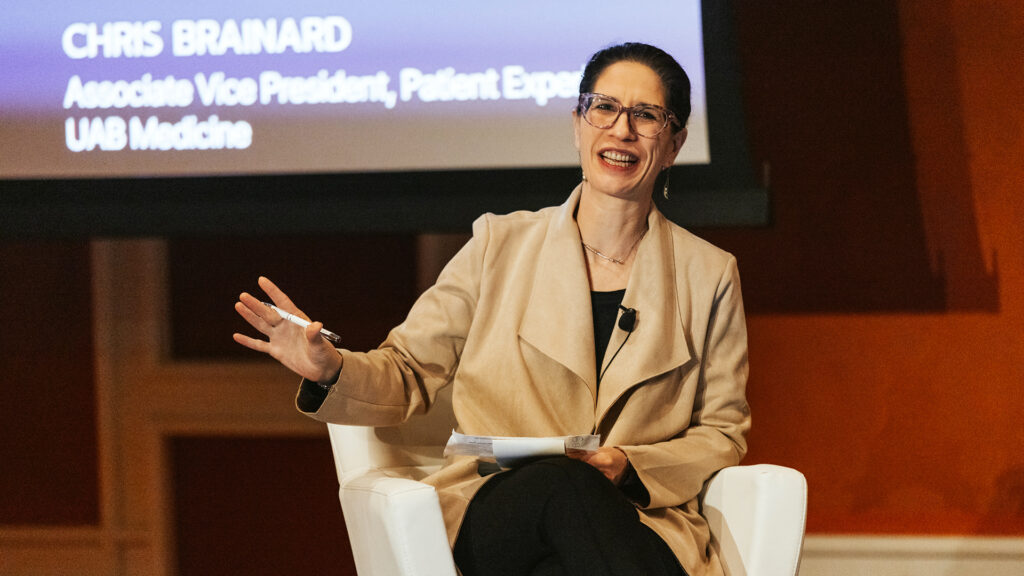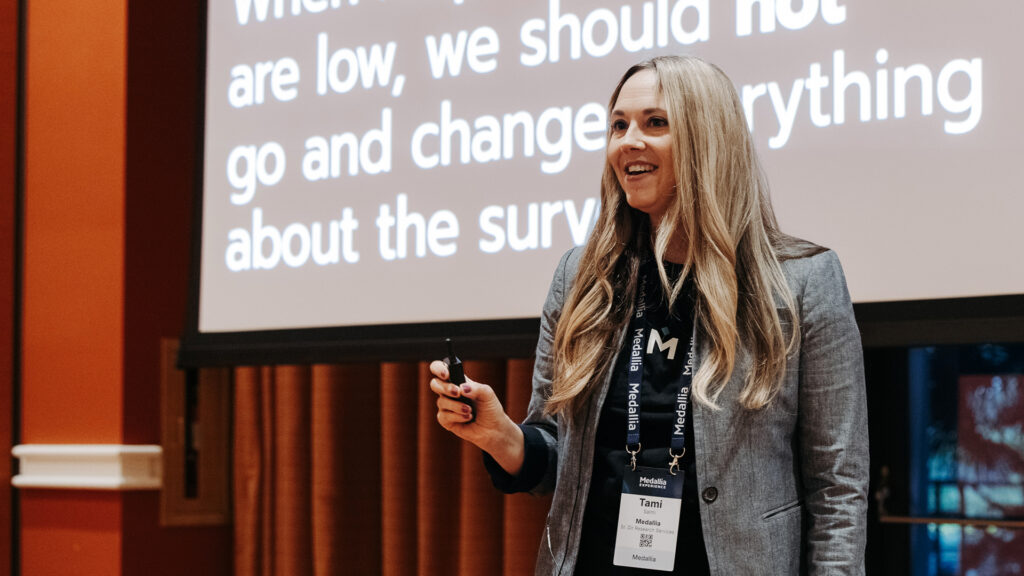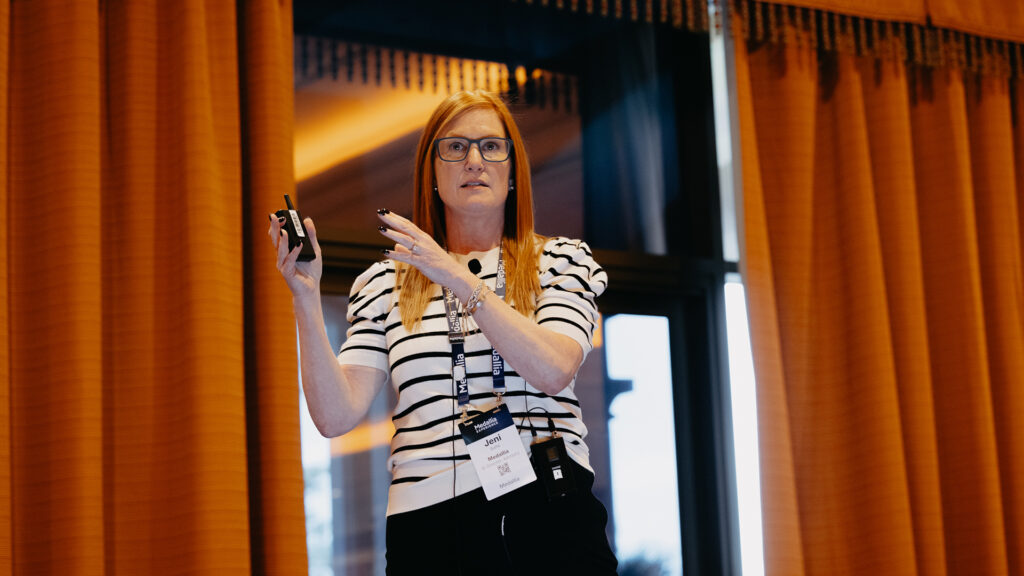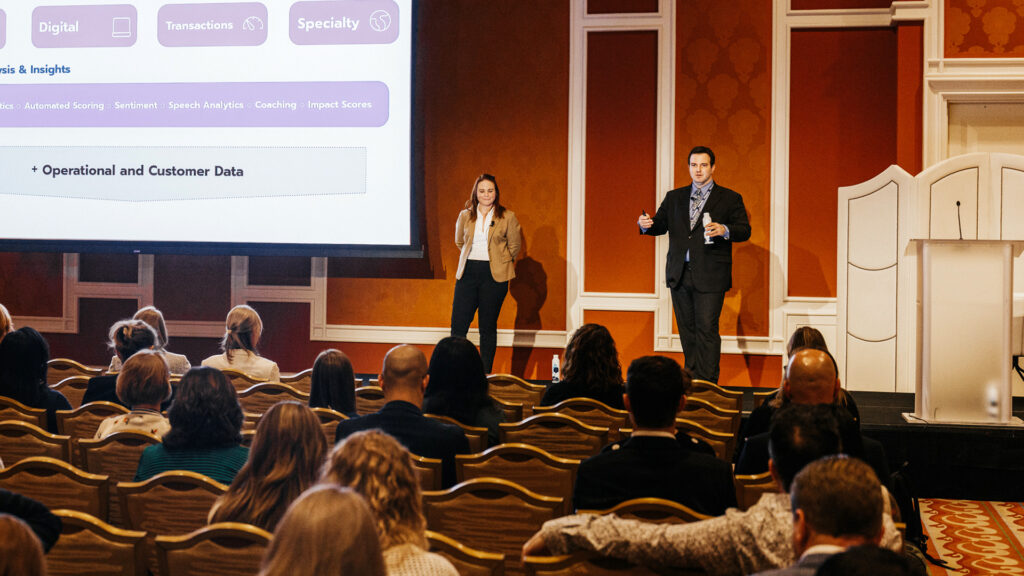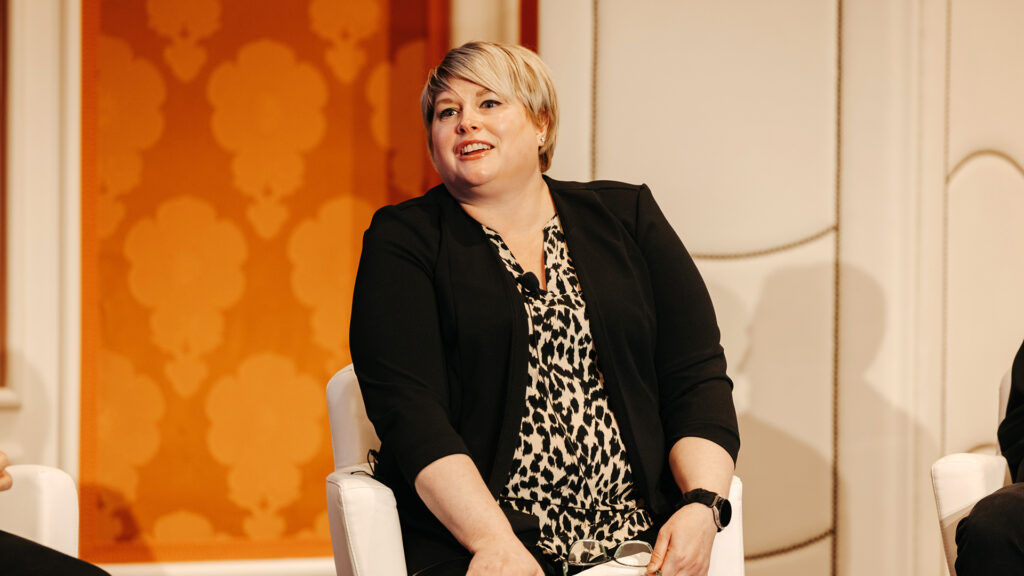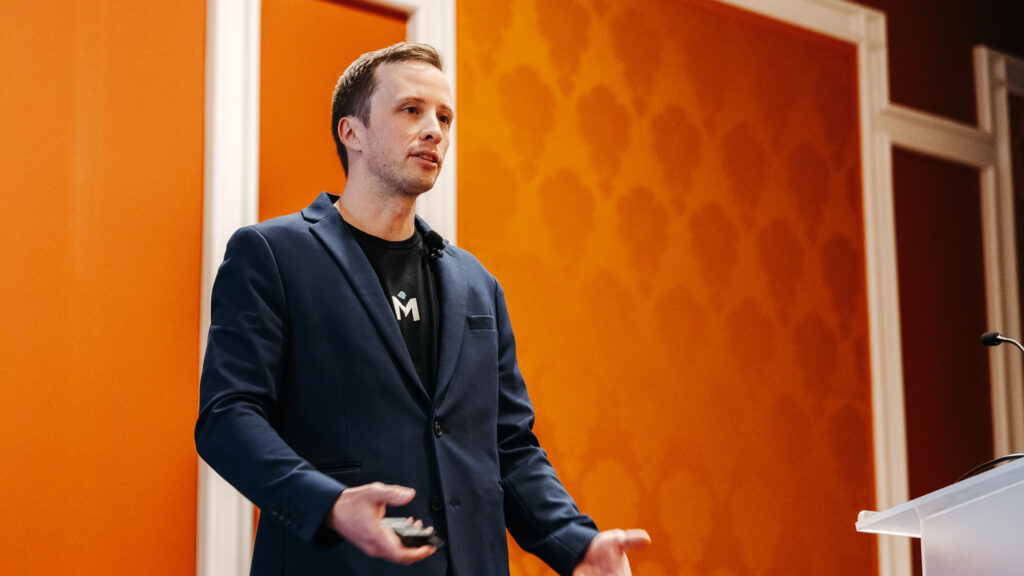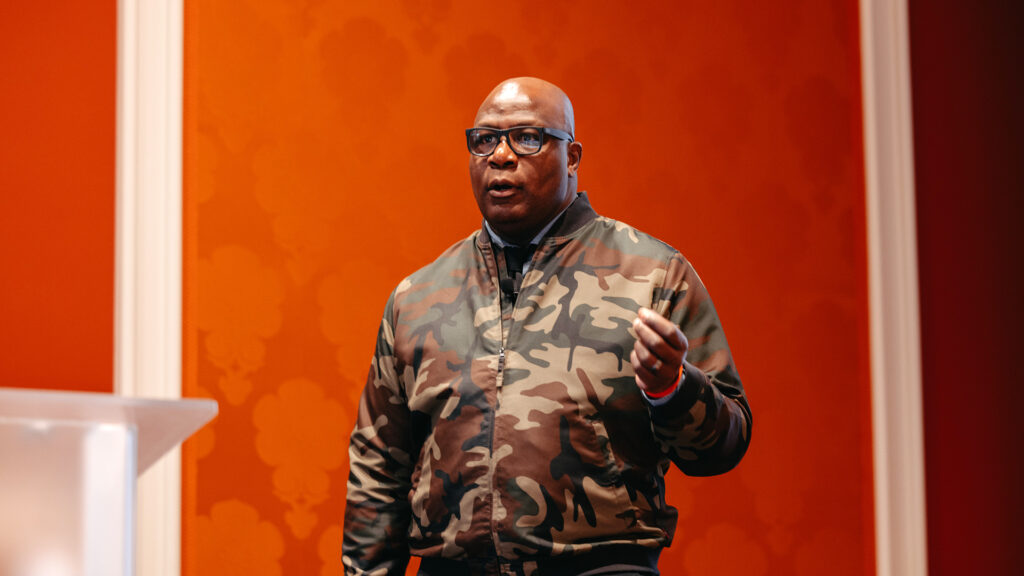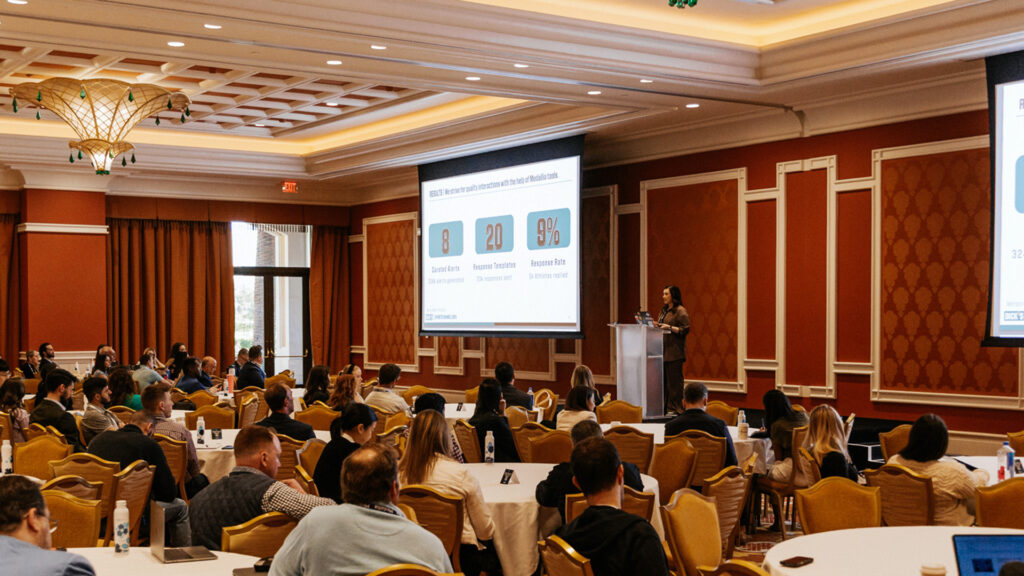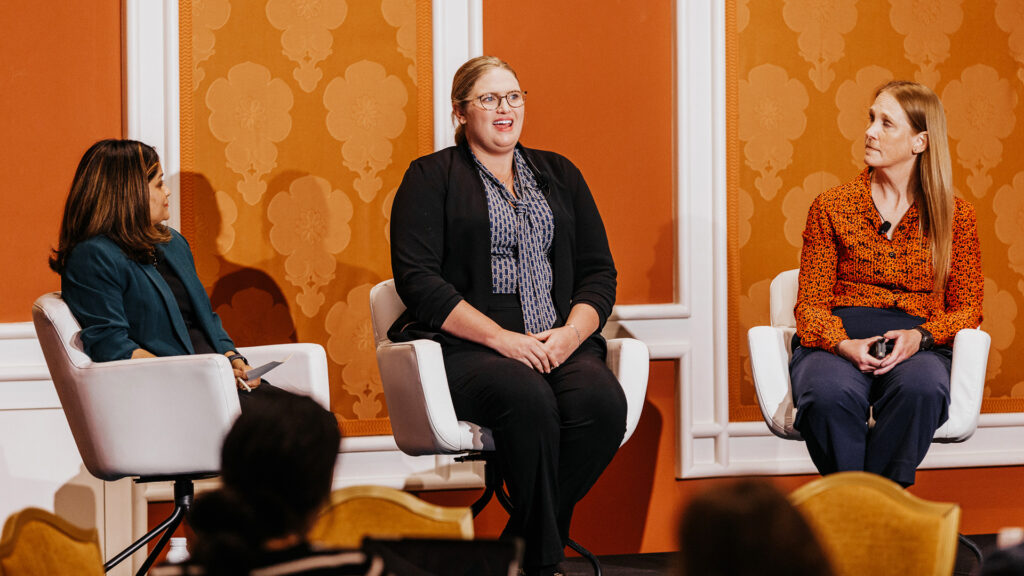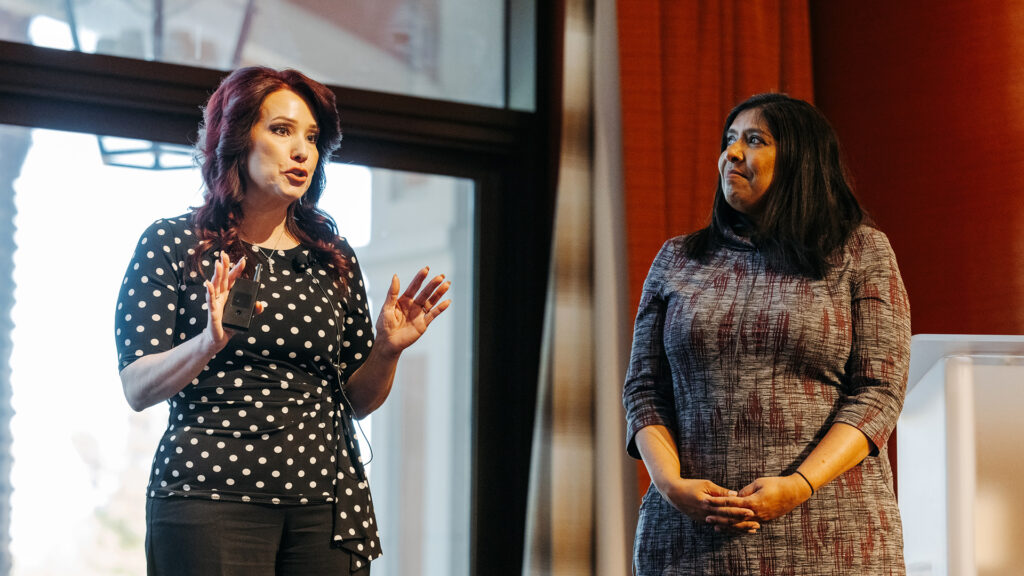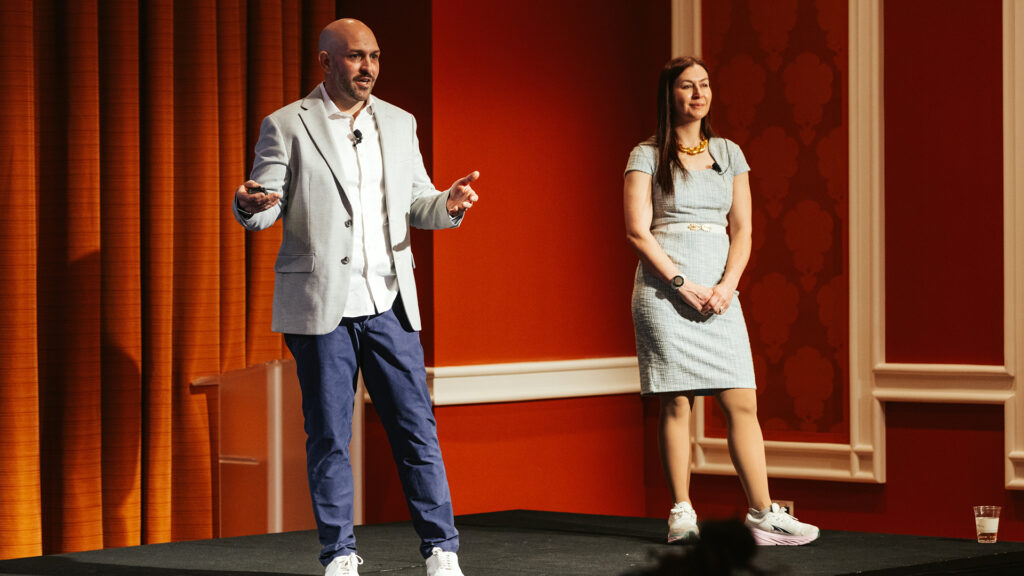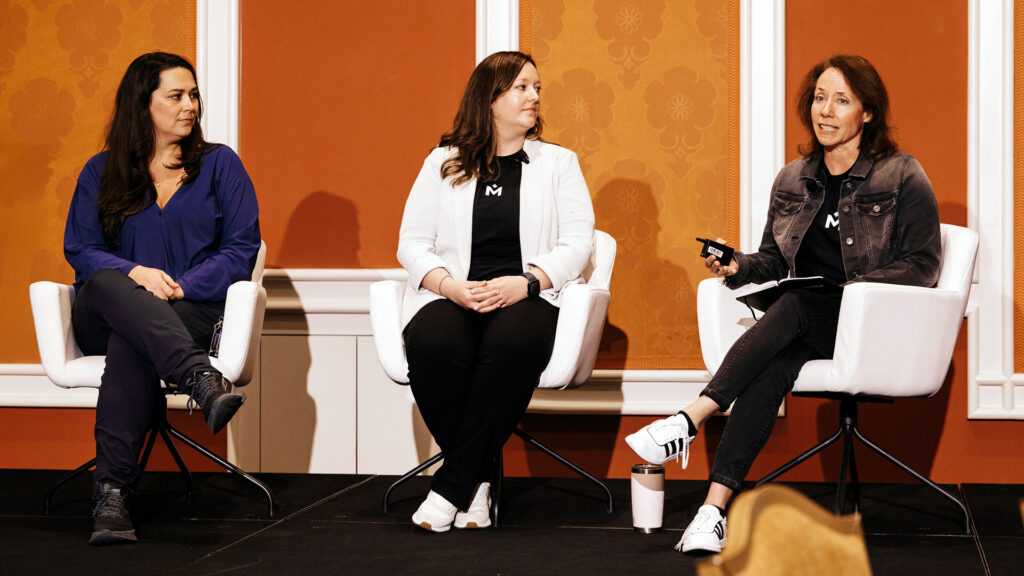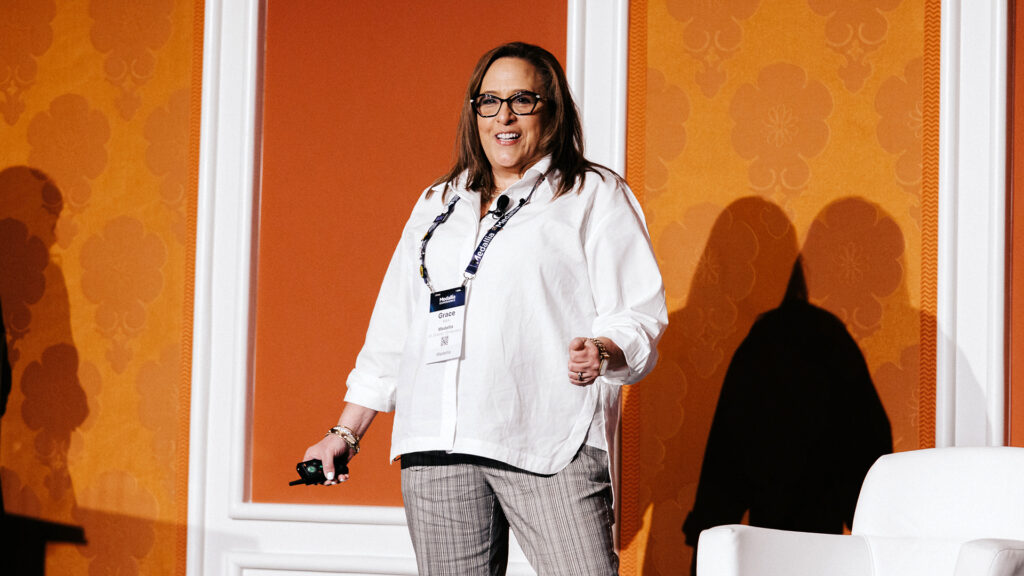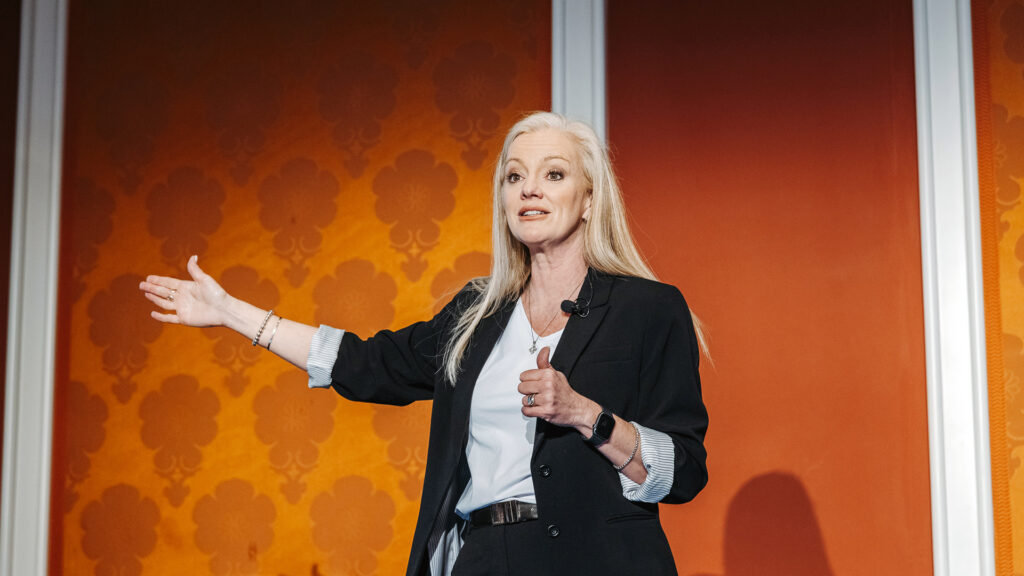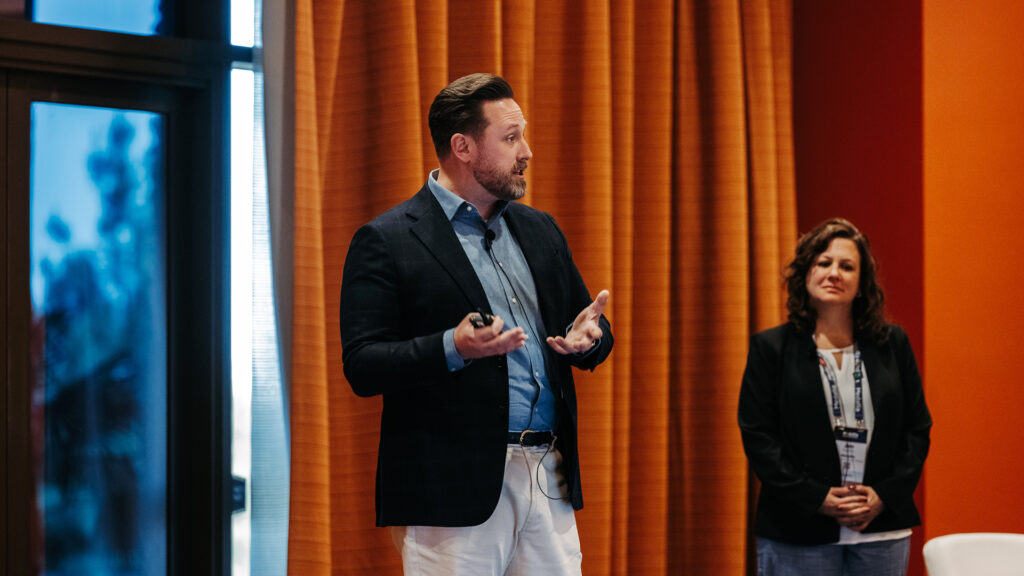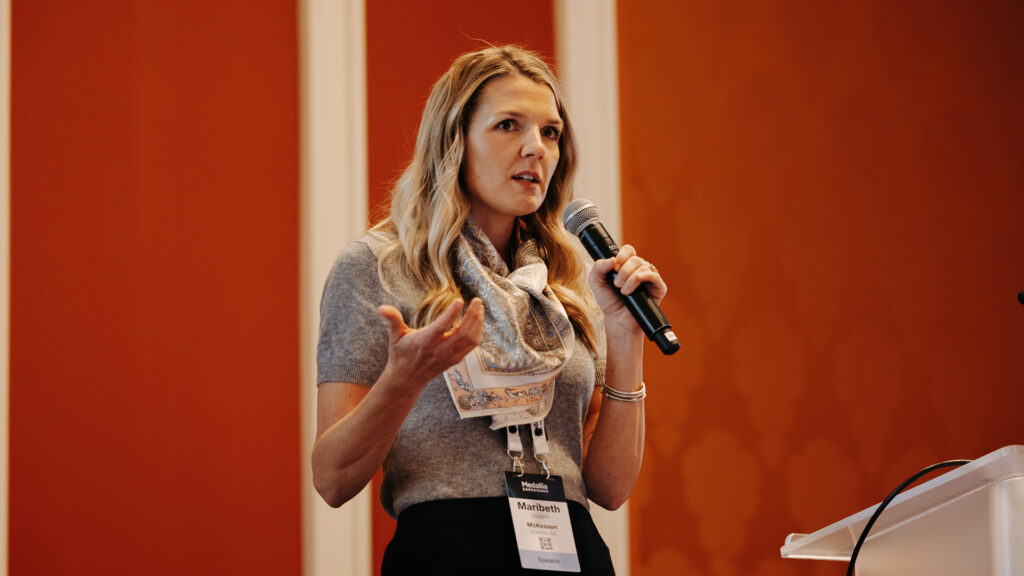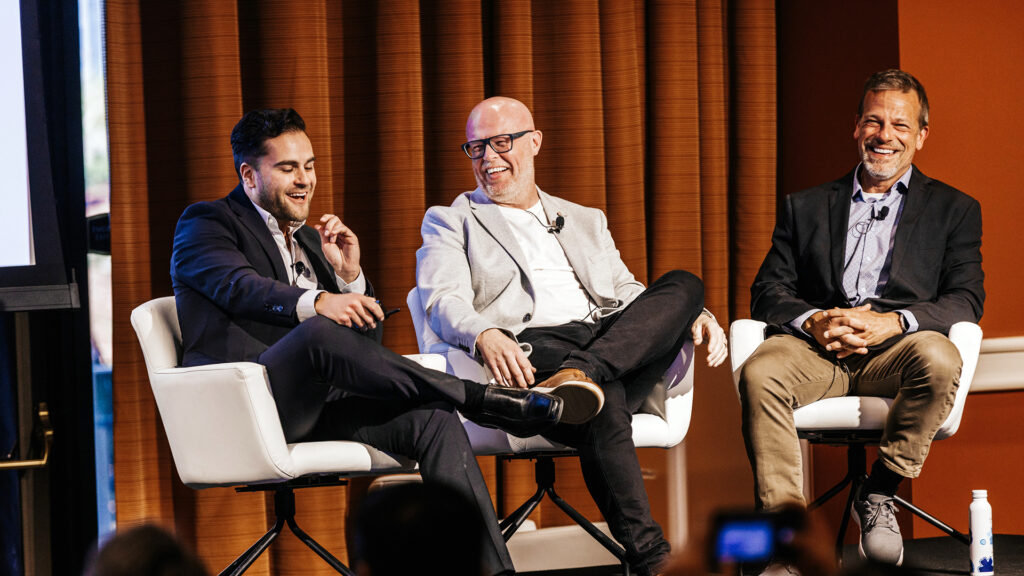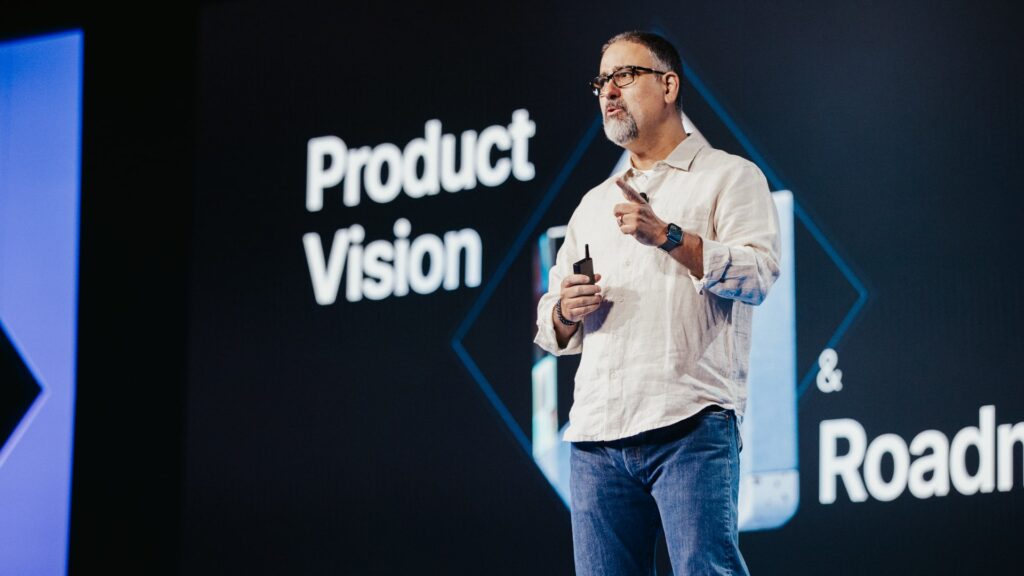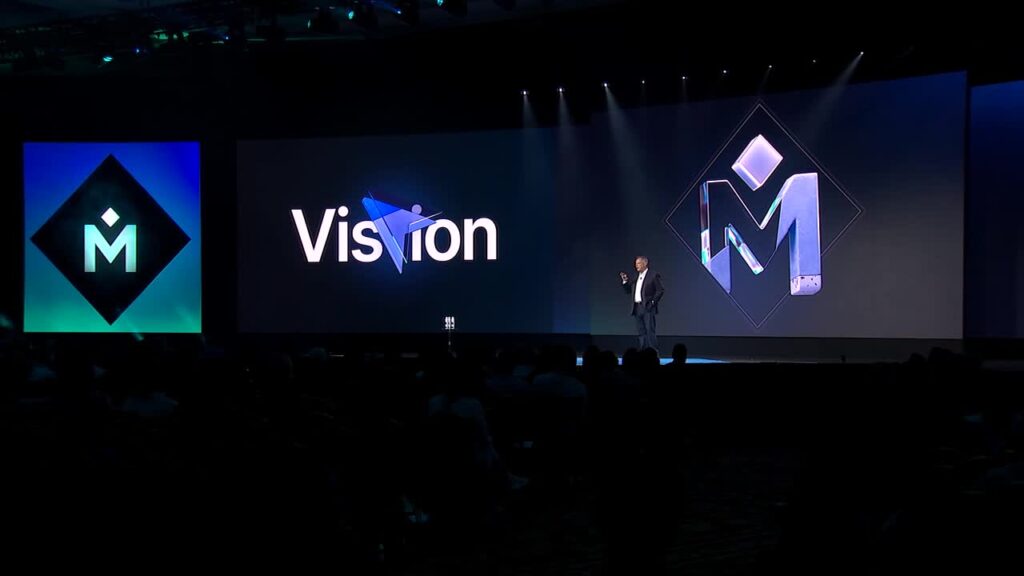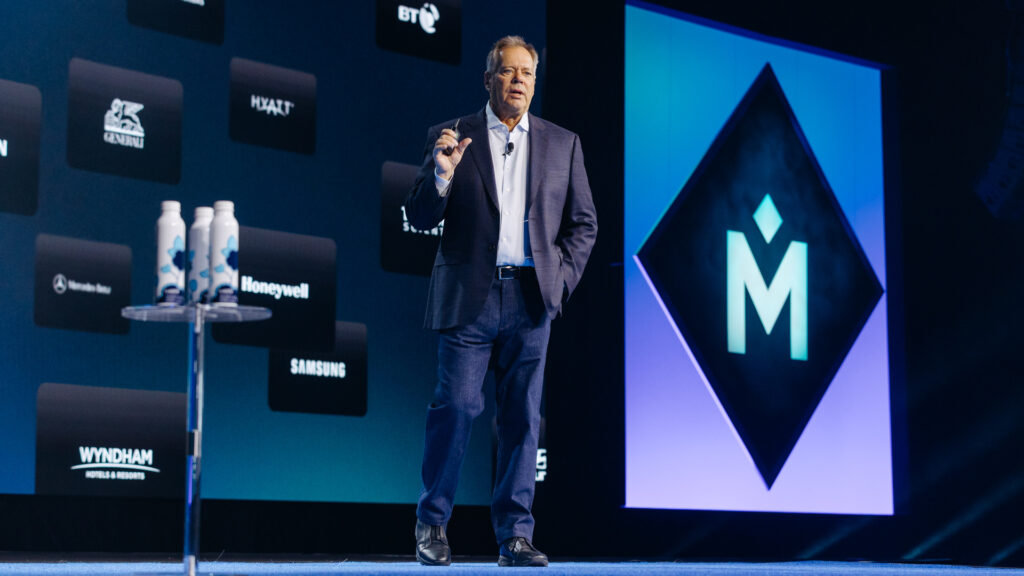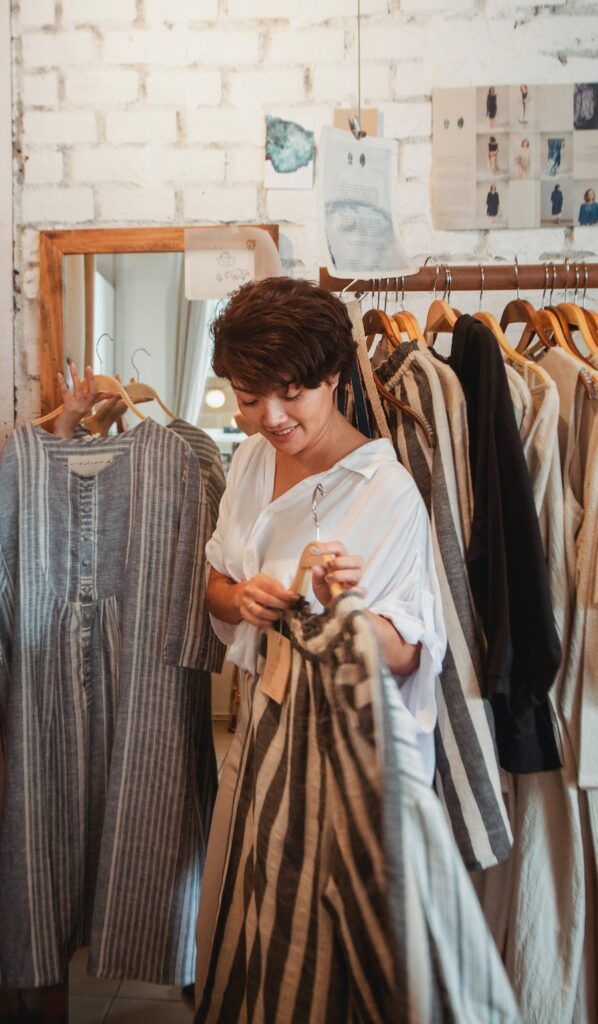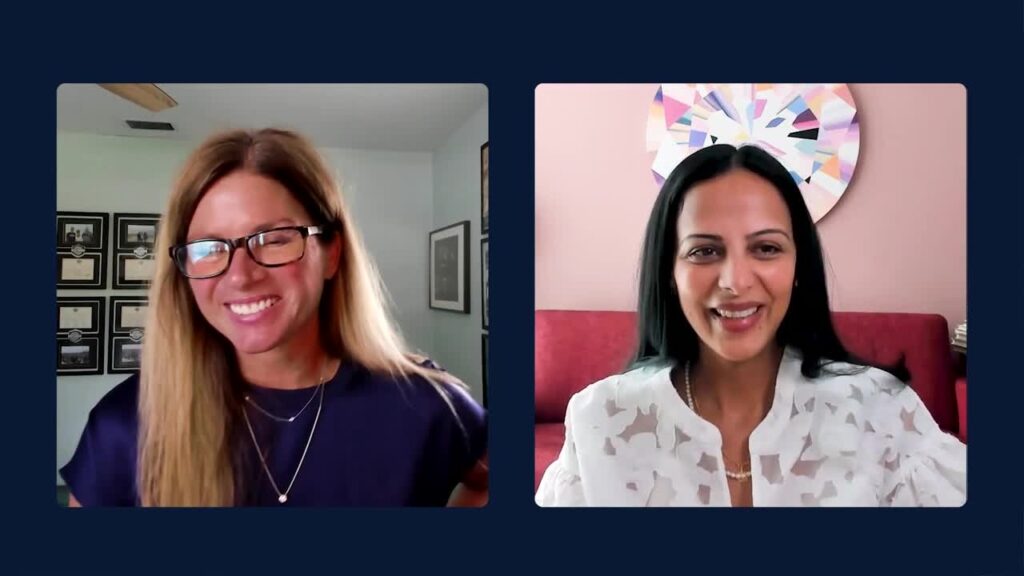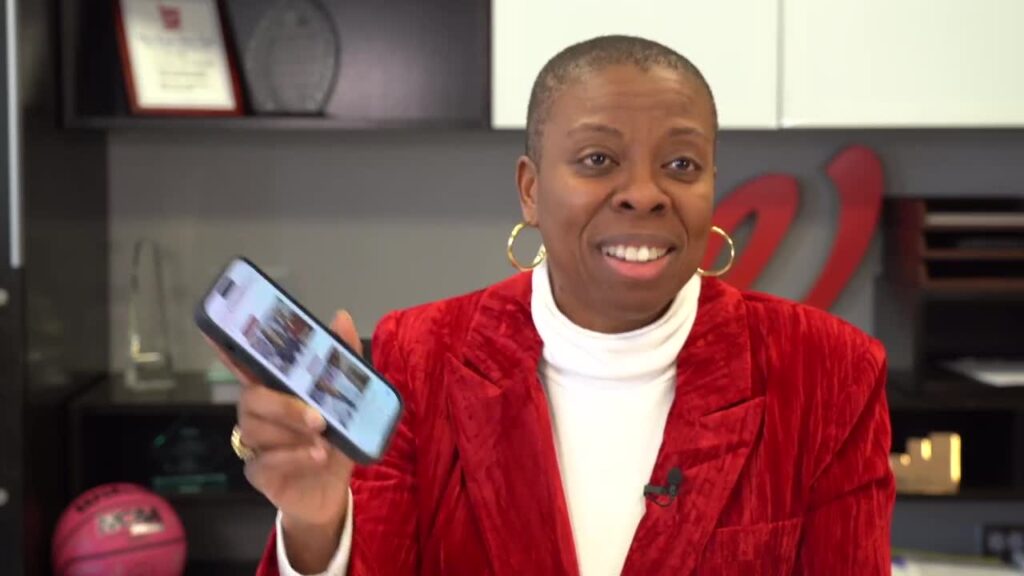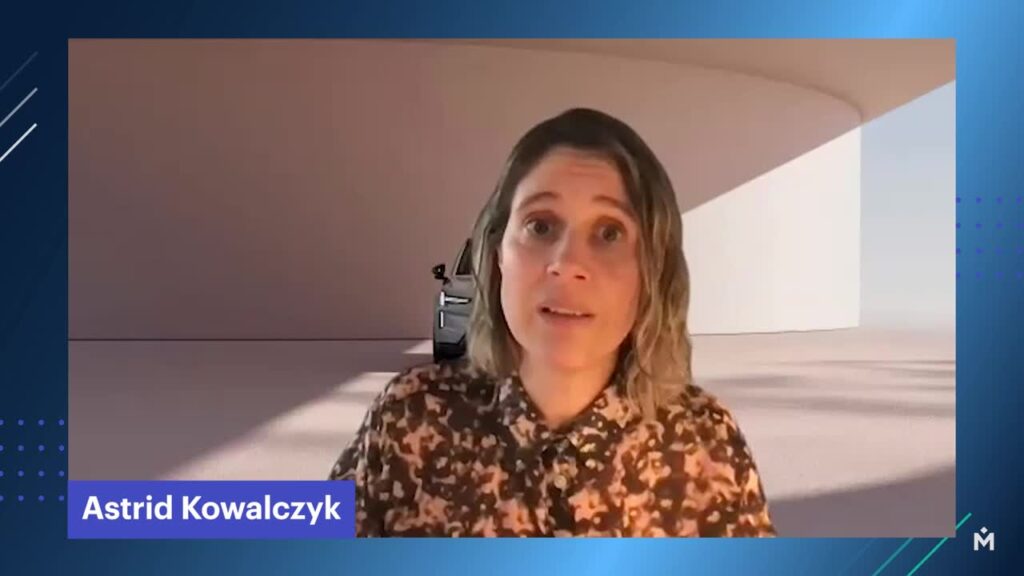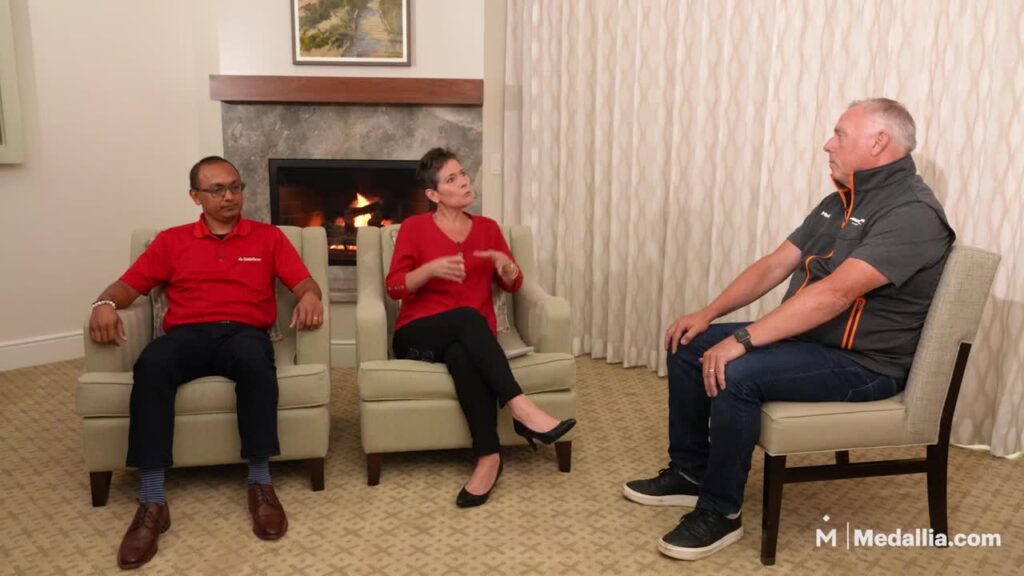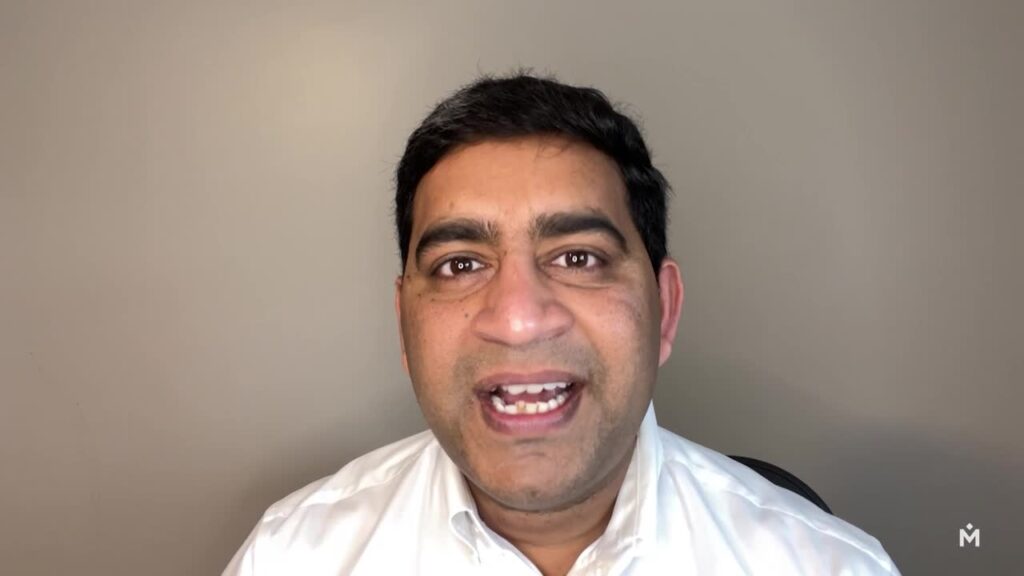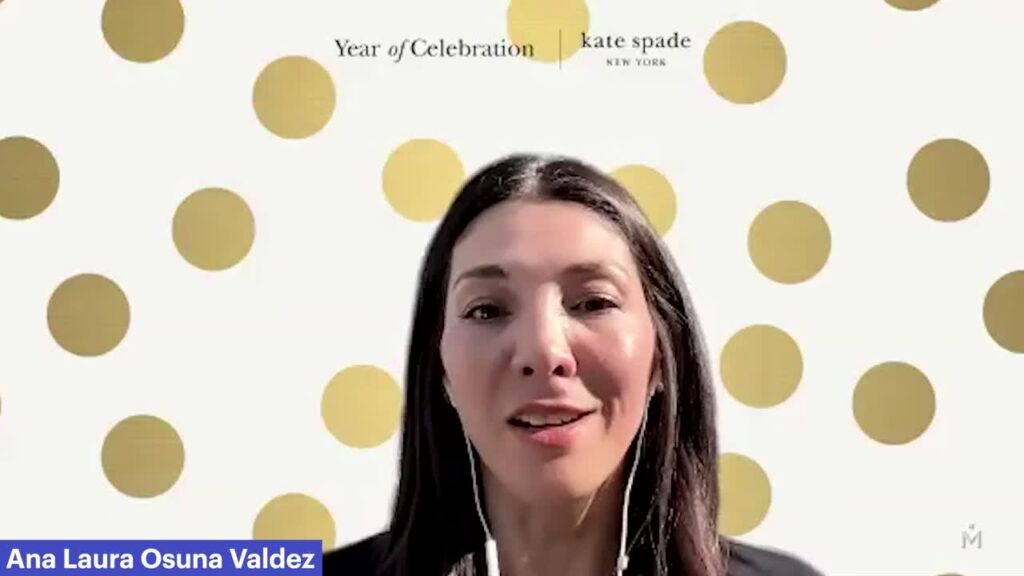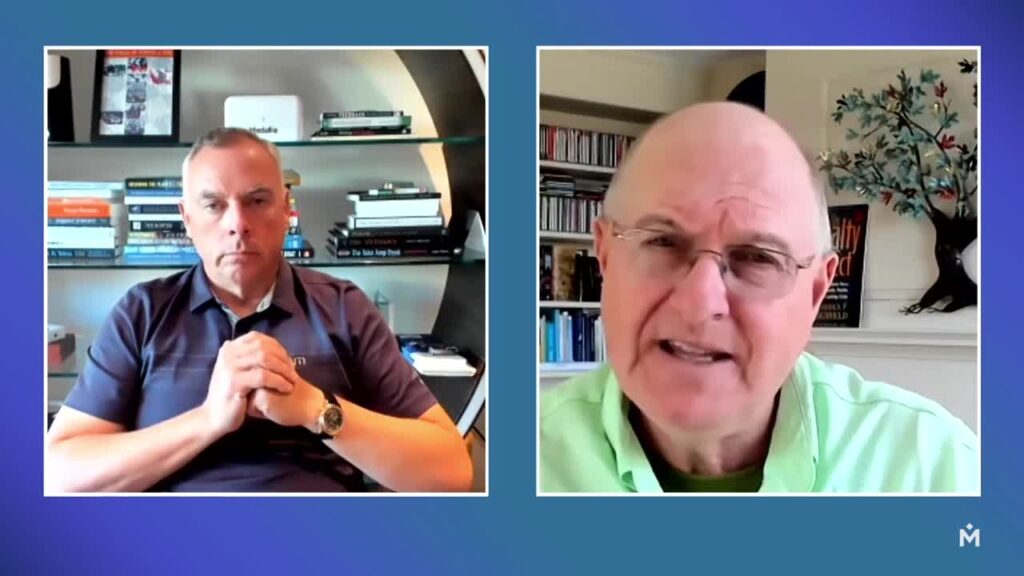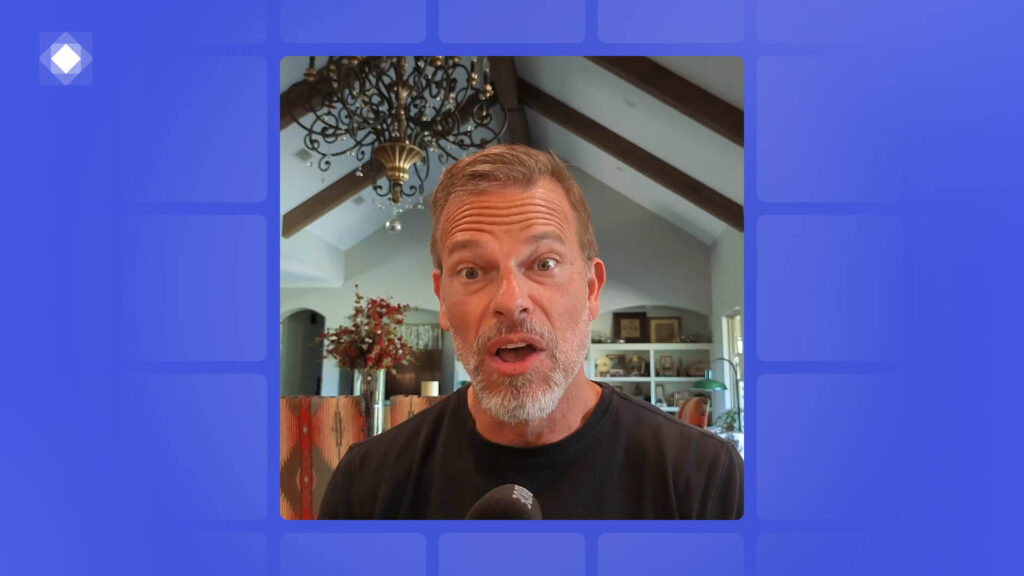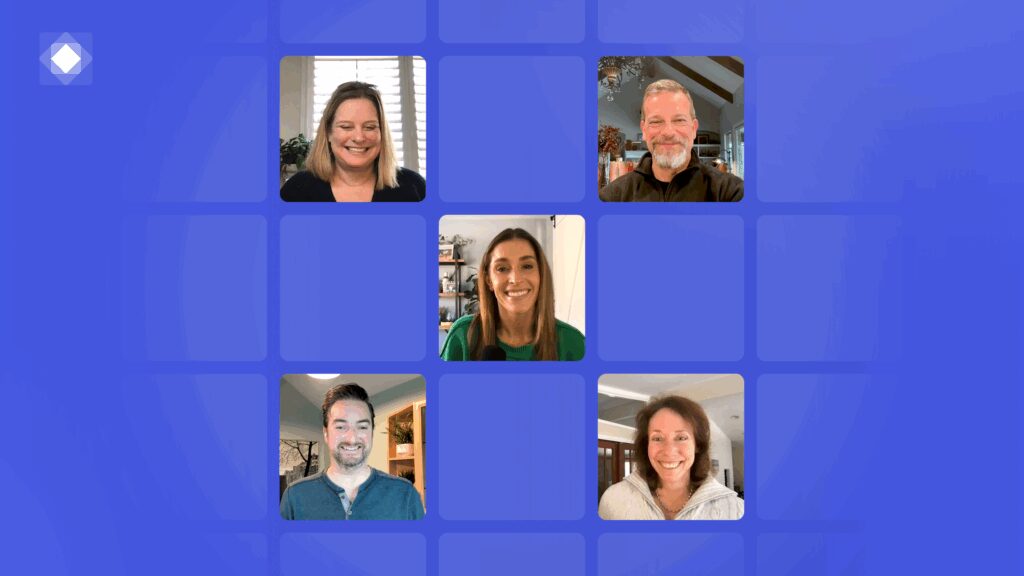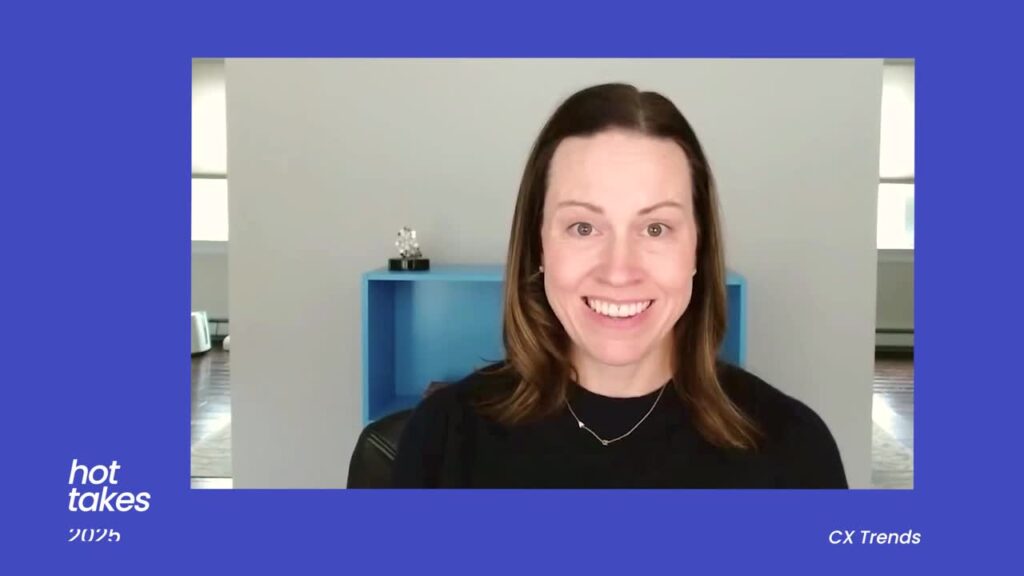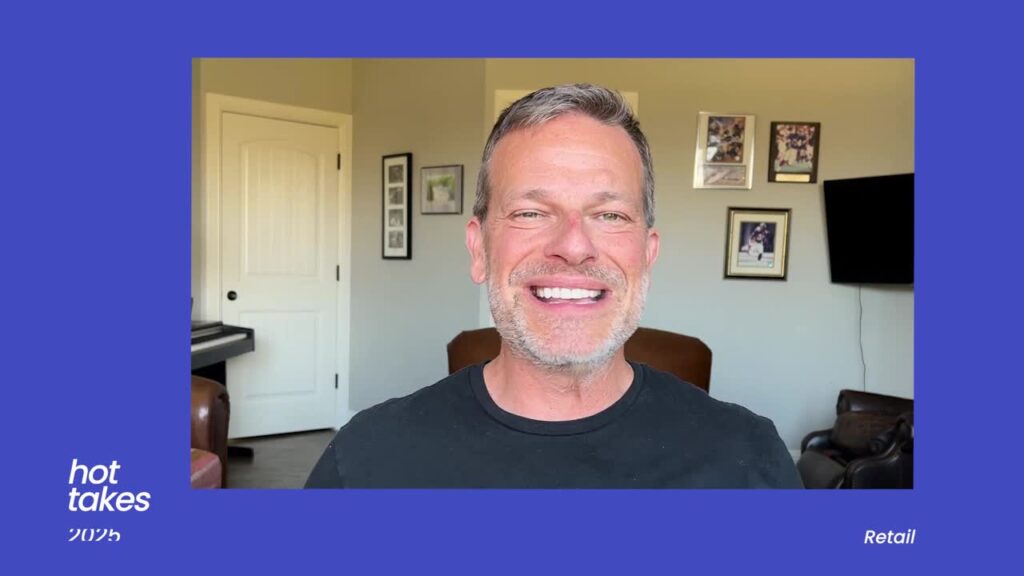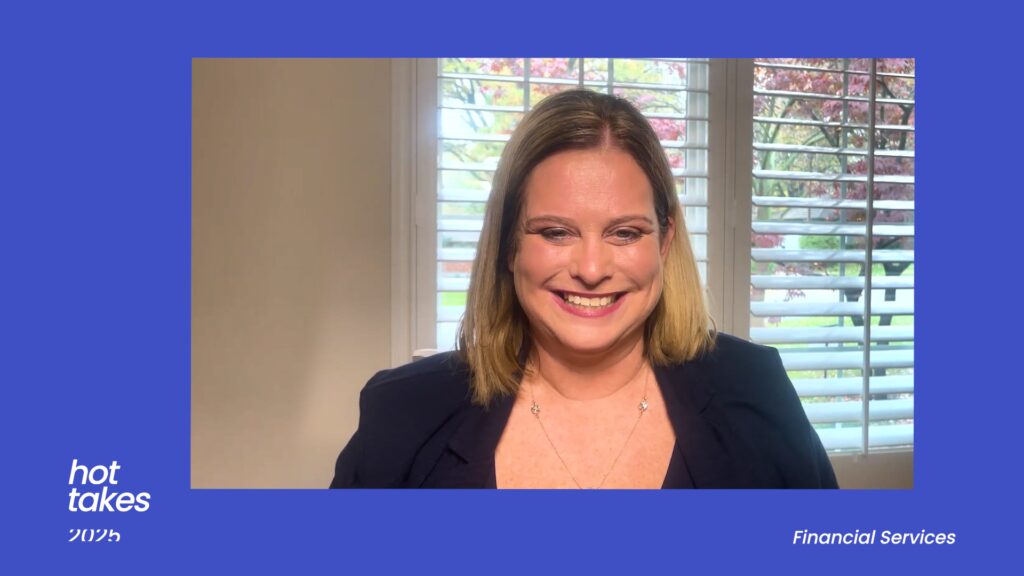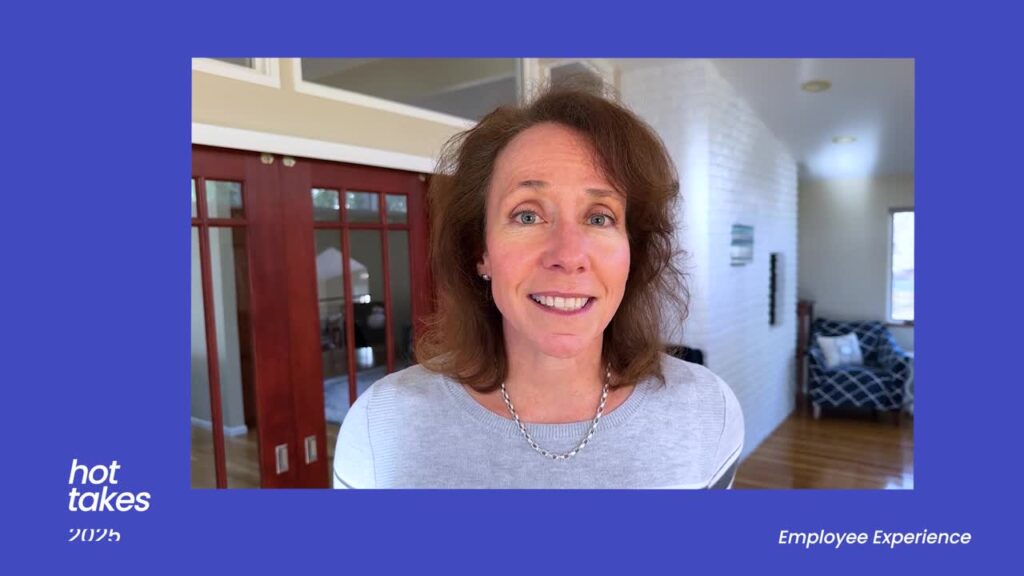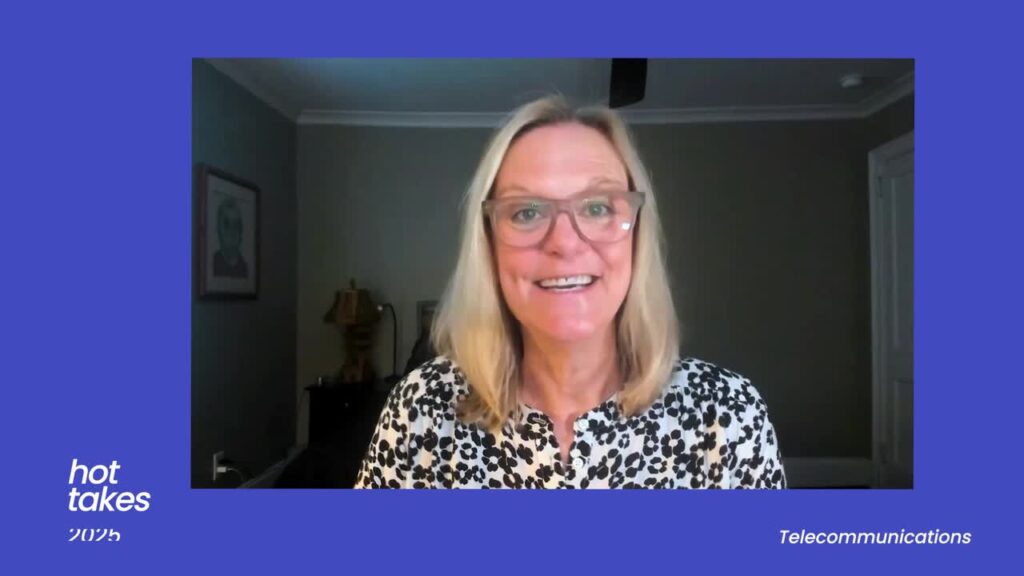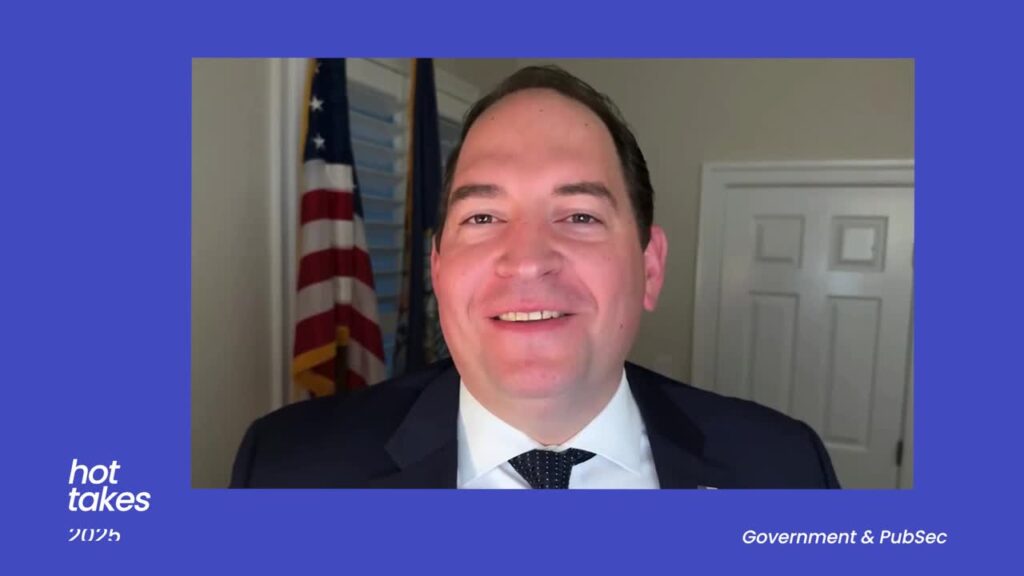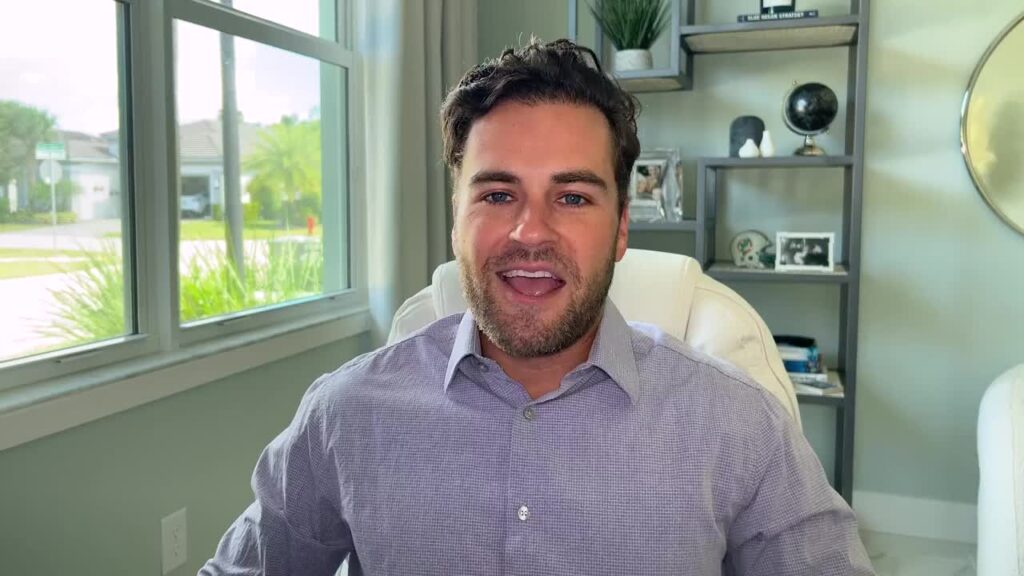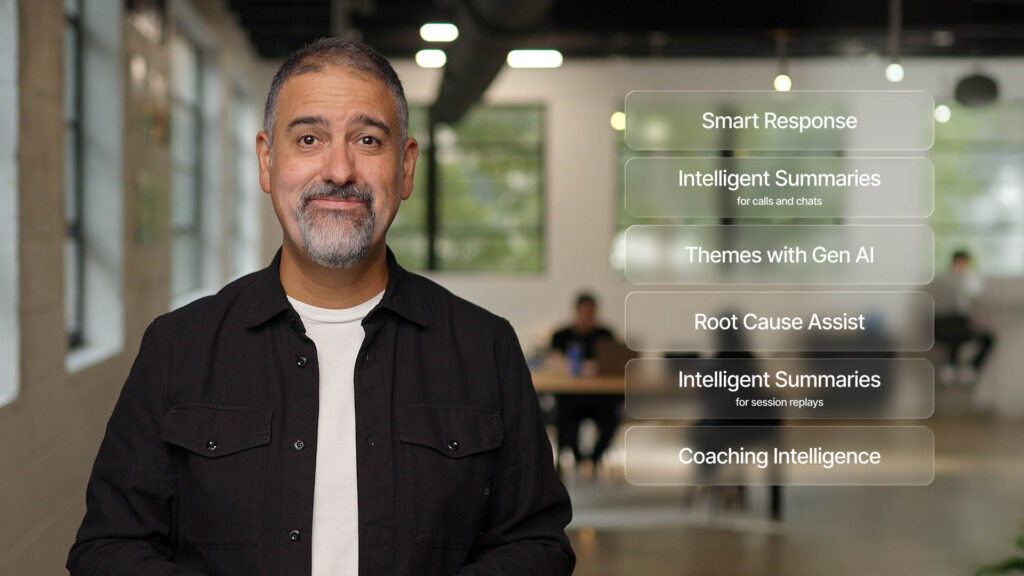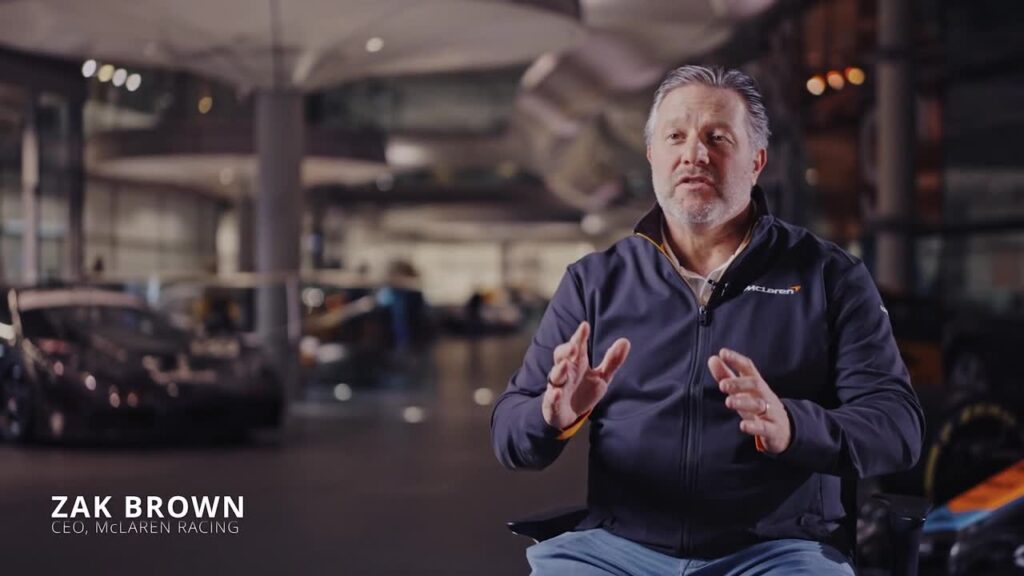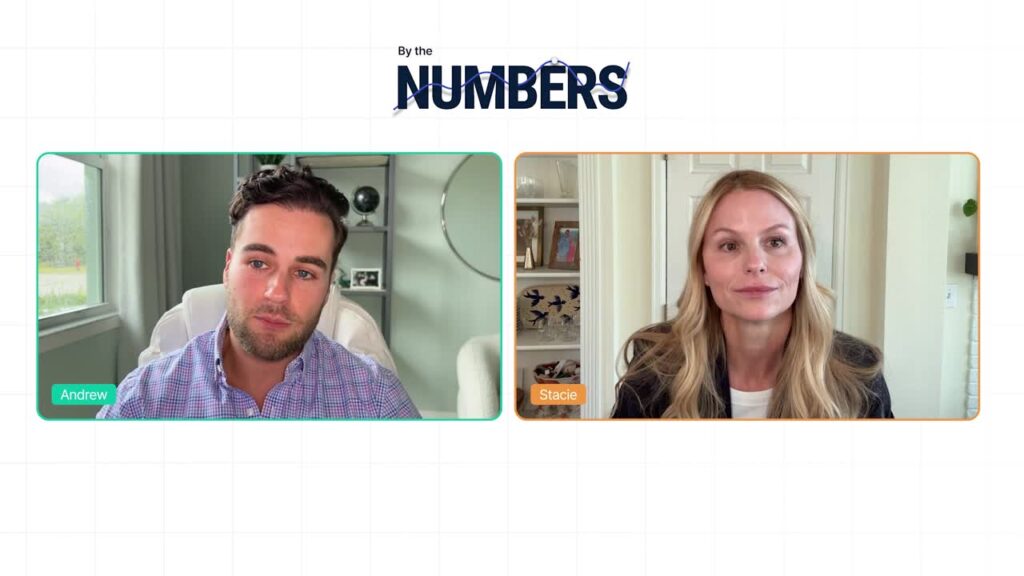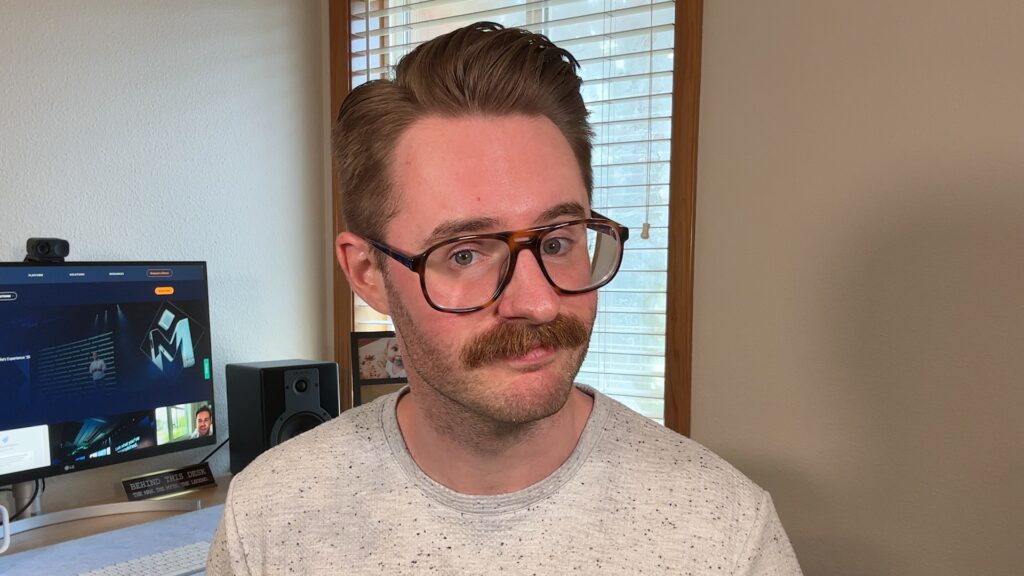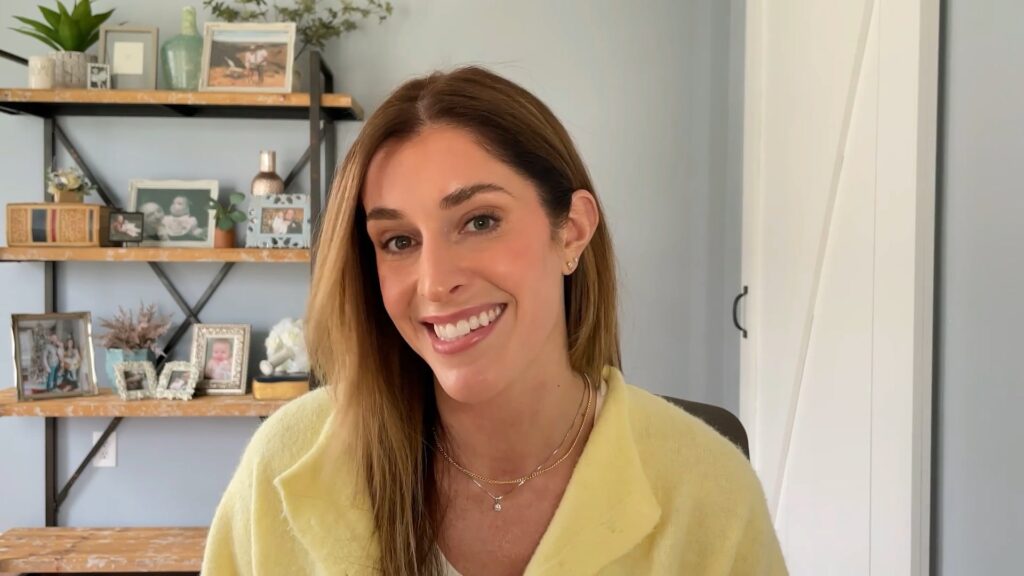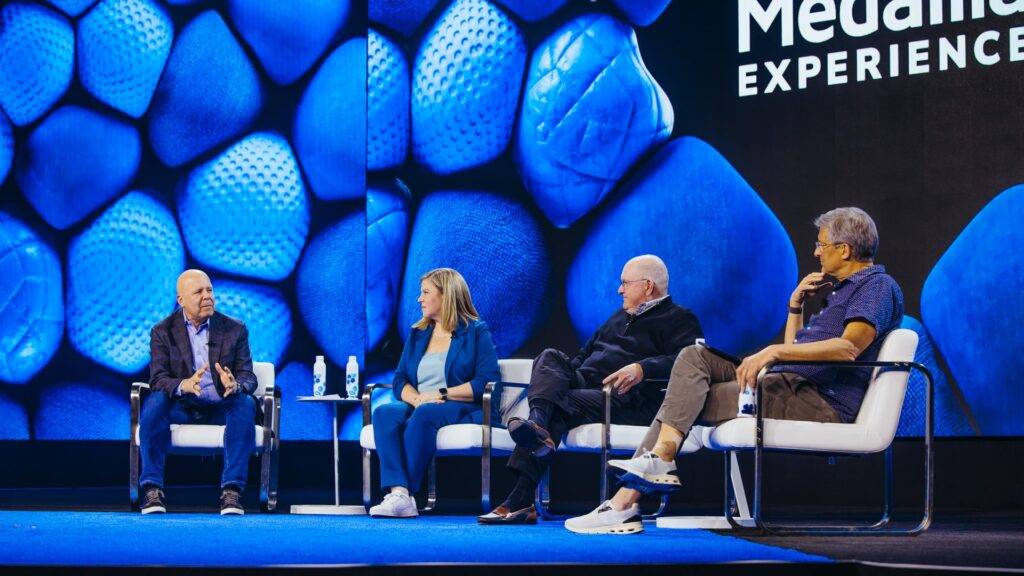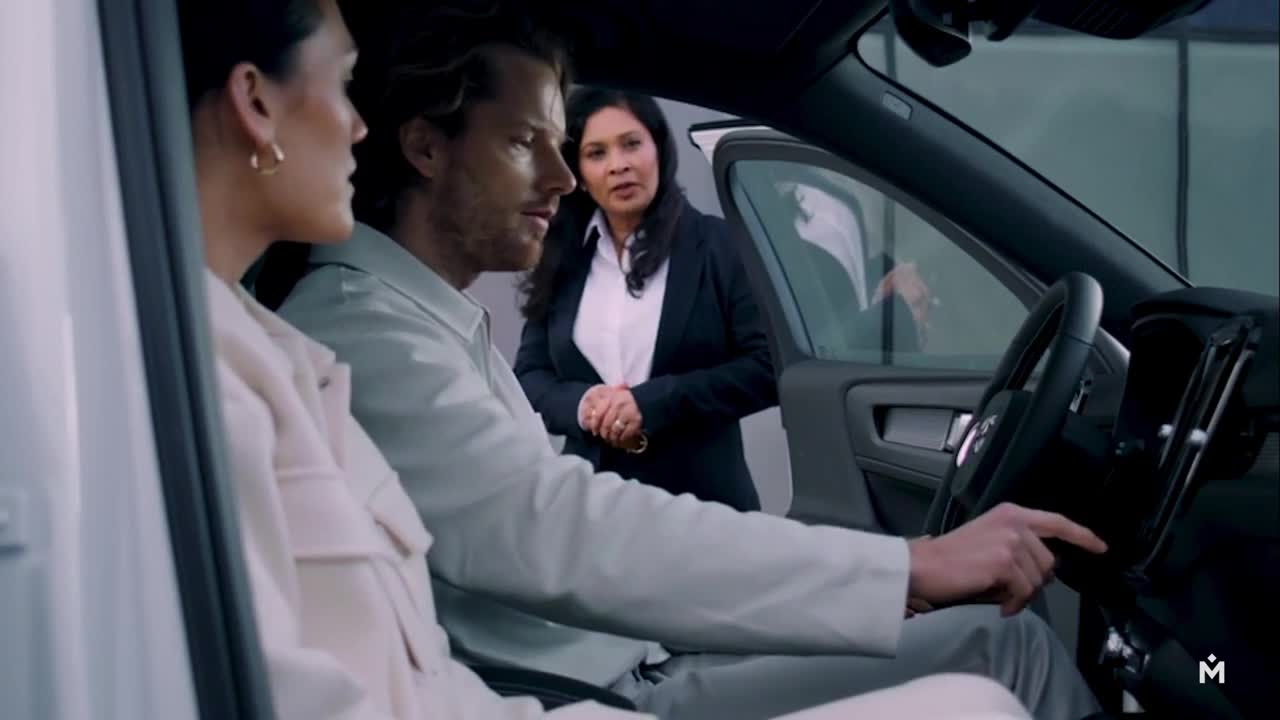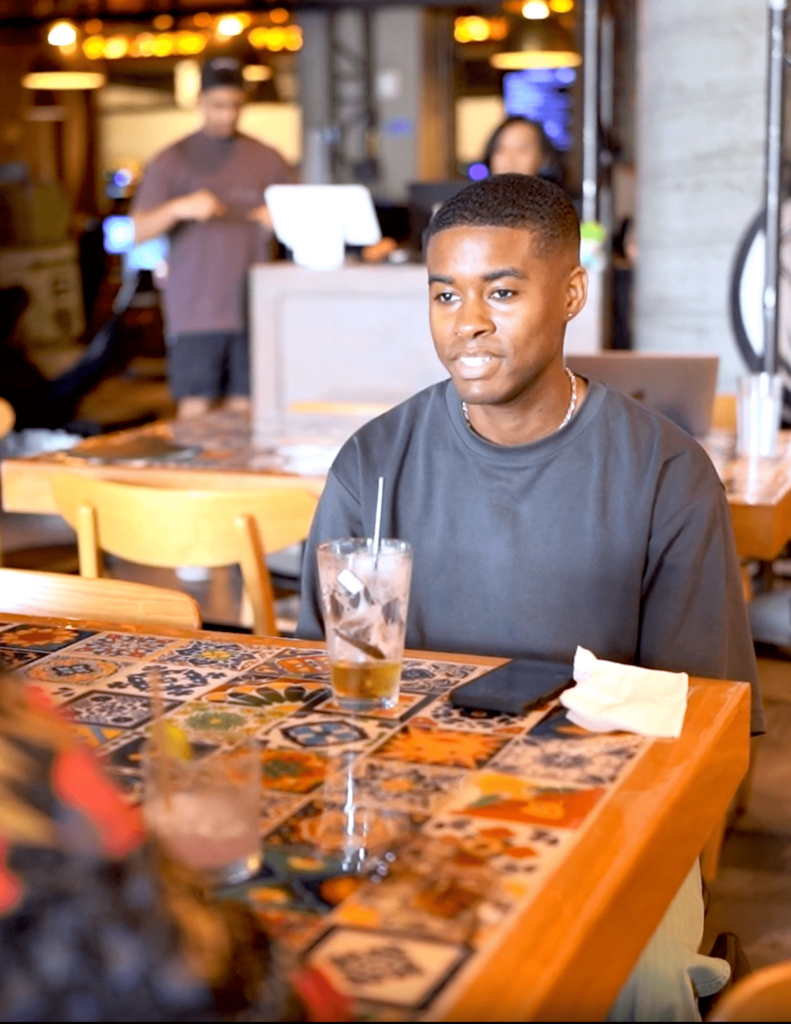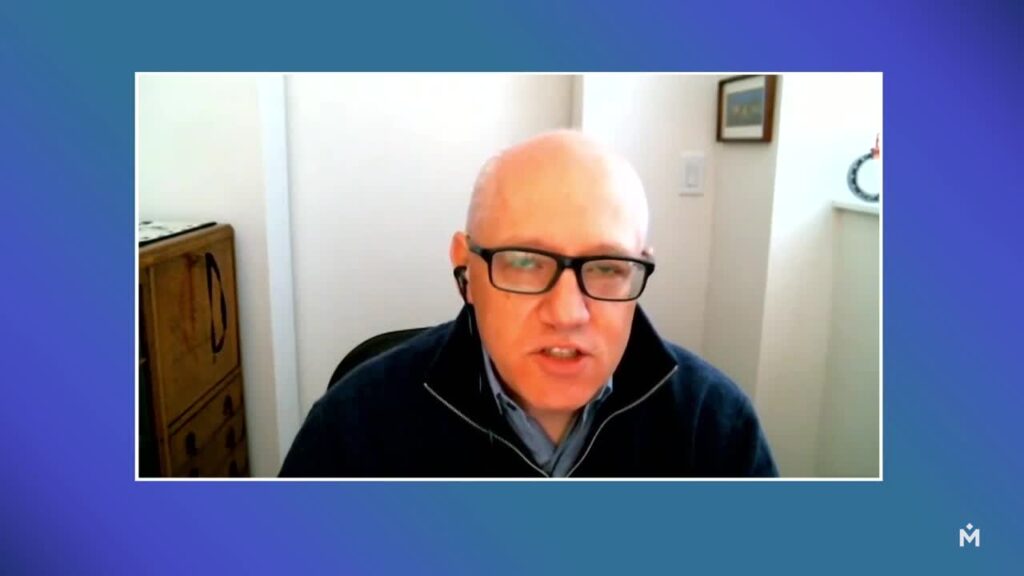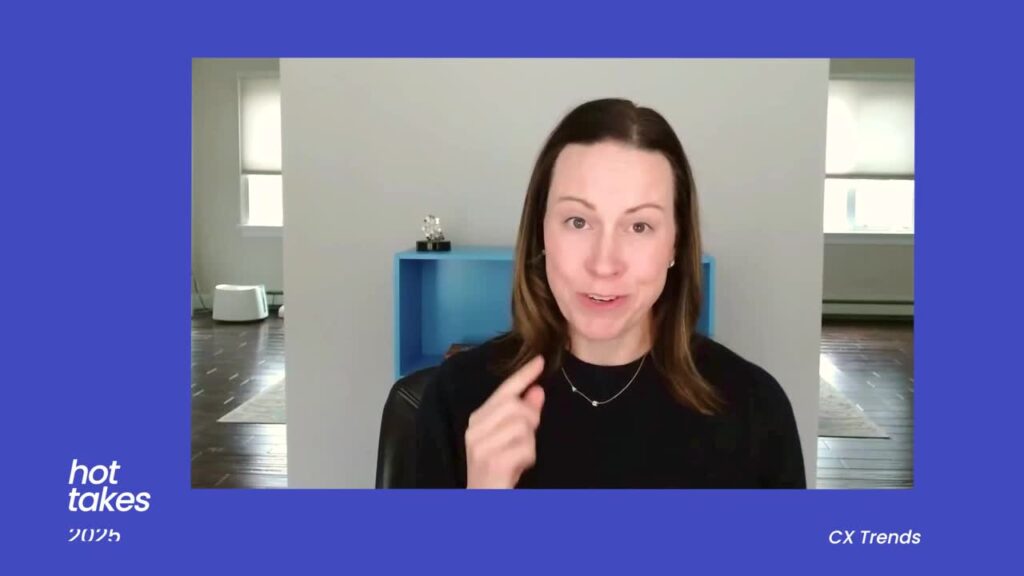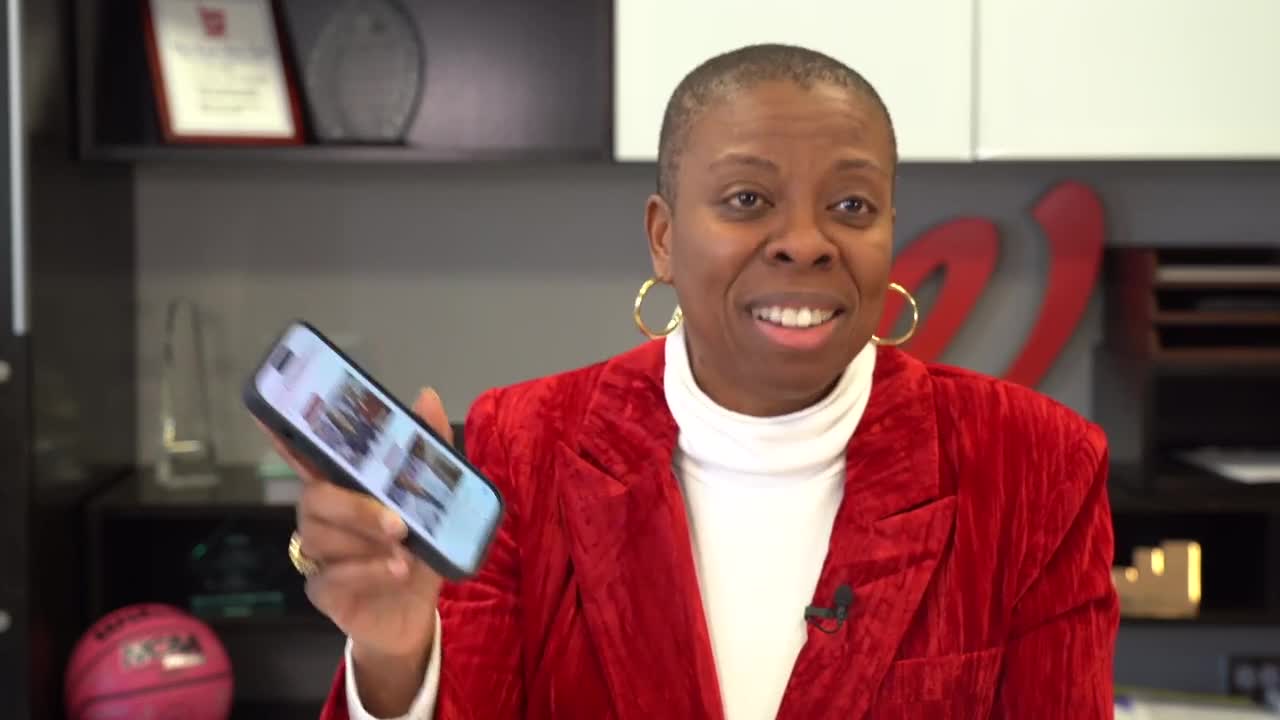Jodi Searl: [00:00:00] Hello, everyone. Thank you for joining us today for this very timely and important discussion about harnessing the power of personalization to drive engagement, build trust, and inspire loyalty with consumers, customers, guests, and employees. Before I introduce our special guests, just a quick reminder that the recording of this session will be sent to you via email in just a few days.
It is my great pleasure to host this chat today with two powerhouse thinkers and implementers of this work. Tracey Brown, who is the Executive Vice President of Retail and Walgreens Chief Customer Officer, where she oversees the transformation of Walgreens to a healthcare company on its journey to create more joyful lives through better health.
And Fred Reichelt, who is the creator of the Net Promoter System and a Bain Fellow who founded Bain’s Loyalty Practice, which helps companies achieve results through customer and employee loyalty. Tracey, Fred, welcome. Really great to see you both again and looking forward to our discussion today. [00:01:00] Fred, why don’t we start with you?
Can you talk a little bit about the concept of personalization?
Fred Reichheld: You know, I hear a lot about personalization, but I think, uh, it, it deserves a little bit of definition, uh, thoughtful definition because so much of it is, it’s come out of Gee, we can now track people in a digital way and we know so much about them.
We can fine tune our offers. And, uh, I think it’s different. I think personalization means treating someone like a person, like a human being, like they deserve to be treated. And yes, digital tools can help, but, but more than anything, we need to think about what we’re trying to achieve. Are we just trying to sell something to a customer or are we actually trying to enrich their lives in a way that not only makes them want to come back for more and bring their friends.
But, but makes the referral, this notion that I was treated so well as a person that it stood out and I want to share that with my friends and family through a referral. So for me, personalization is [00:02:00] defined by the outcome and the feeling that it generates in the person that is being aimed at.
Jodi Searl: Great.
Love it. Tracey, how about you? Why do you think personalization is such a hot topic? Yeah,
Tracey Brown: I think, um, Jodi, if I can just build on a, a couple of things that Fred actually talked about as it relates to the, the definition, I mean, I think, Personalization has been around, uh, that term has been used and been around for a very long time.
I think in the early, early days, it was more about, um, data and, you know, how to use data to drive marketing and those kinds of things. I think today, um, the world has changed. I think expectations have changed. I think obviously data tools and technology have changed, but at the end of the day, when I think about [00:03:00] why this is important for us, it is truly what Fred talked about.
It is about engaging our customers and our patients. To add value in some way, that value could be save me time. That value could be save me money. That value could be educate me, make me smarter, keep me healthier. So it is truly around enriching and adding some value. But if you think about that, Jodi, and I elevate all the way up and think about personalization, it is about.
Connection, human connection, and it is about meaningful engagement. And if you actually think about how you drive meaningful engagement, it actually first starts with trust. And, you know, how do you actually [00:04:00] start to drive trust? It’s through this emotional connection because people feel before they think.
So I have a very broad definition, quite frankly, of personalization. First, you have to establish the trust. Then you have to actually figure out how to get that emotional connection. And then when you do that, right, the personalization comes in many forms. It comes in your ability to create a, a, a personalized or different experience.
It could be a different product. It could be how you engage with me, where you engage with me. It could be how you talk to me. So I have a very broad definition and I think it’s more important than ever today, Jodi, because of the proliferation of data, because everyone is trying to either get customers, keep customers or grow customers.
And the thing that matters is do you have that trust? Do you have that emotional connection? And are you adding value?
Jodi Searl: That’s great. I love that. Always starting with that customer or that [00:05:00] consumer or that patient and understanding where they are and helping to leverage your tools to meet them where they need to be met.
So Fred, would you say that the concept of personalization has, have you seen it? Absolutely. Absolutely. be a lever to increase engagement, trust, and brand loyalty?
Fred Reichheld: Well, probably the most rigorous evidence that I’ve seen about, uh, uh, the economic impact of, of treating customers right so they come back for more and bring their friends.
Uh, I, I review in chapter five of my last book called Winning on Purpose. It looks at net promoter score, uh, scientifically measured. Apples to apples for competitors in an industry. And in every case we find the company, the brand with the highest net promoter score, that is the most promoters and the fewest detractors.
Those are the ones that are generating total shareholder returns. So real value for investors really comes [00:06:00] only when you get this flywheel going, which, which drives the economic prosperity of the business, not just for investors, but for employees as well. Now, if you take the step back, um, what’s a promoter?
It’s someone who feels like their life has been so enriched. by an experience that they didn’t want to share it. They want to recommend it to a friend. That’s the link that I think exists between effective personalization, um, service to others and, and, uh, and, and spiraling through results that are, you know, desired by, by shareholders.
Too many businesses today cut things up into silos. The, uh, the accountants have made it easy to control measurement silo by silo. Of course, the customer doesn’t care that much about it. The customer experience cuts across all those silos. And I think, in some ways, the greatest challenge of personalization is to get back to a view and understanding of the customer that is truly from the customer’s eyes and, and not [00:07:00] from the organizational control system, which is going to reward somebody for cutting the costs or hold time on calls or, or, you know, Revenues per campaign.
Jodi Searl: I love that. They, the customer doesn’t care that different business units own different points of that customer journey. What they care about is that they’re met where they need to be met every step of the way. Do you have any personal proof points of that you’d like to share?
Fred Reichheld: Yeah, I think a great integration.
Of digital watchfulness together with human care is, uh, is what Qantas Airlines has done. They’ve taken their loyalty program, which has all of the usage and, and the, uh, how much people buy from them, how frequently they fly, but it also takes net promoter data where customers respond and, and, and rate a flight, uh, based on, you know, how likely you recommend it to a friend.
And then the technology puts that together into an iPad. That the, uh, the, the, [00:08:00] the chief, the, the, the head flight attendant has. And they look for all of their frequent flyers who are not sitting in the front of the plane. And someone makes it a certain to go back and welcome them and let them know that people care about them and slip them some extra candies or something so they feel special.
But they also say, gee, that customer who’s a frequent flyer had a terrible experience on the last flight. So I’m going to go talk to him when I have a free moment and get some feedback so I can learn how to give feedback up the chain of command. So it’s this, it’s the melding together of the human with the digital that I think is most impressive.
Jodi Searl: Yeah. I love that. When you talk about bringing that listening to life in a way that’s meaningful and impactful for a customer in real time, there’s incredible power in that. Thank you. And over to you, Tracey, how much emphasis would you say brands should be placing on personalizing customer experiences today and why?
Tracey Brown: I would say, um, that right [00:09:00] now, um, personalization means, uh, everything. And why do I, why do I say that? You actually just start to think about some of the cultural trends. I actually like to look culturally like what’s happening in the world. What’s driving change? Where is the consumer going? There are some real cultural trends, uh, that are prevalent today.
One of those cultural trends is called adaptive design. We’re designing for the average user is no longer the standard. Um, which means expectations that you as a customer or a patient, I as a customer or a patient have, really is saying, I expect you to deliver me a different kind of experience because I’m not average.
The other, uh, cultural trend that exists right now today is a cultural trend called deep personalization. What, what do we mean by deep [00:10:00] personalization? That means it’s, it’s not just using demographic data. It’s not just using, uh, behavioral data, but it’s, it’s integrating your demographics, your purchasing behavior, your habits.
Your preferences, and even Jodi, your emotions to actually design experiences and communication. So with that as the cultural trend and the fact that I spoke earlier about the fact that meaningful engagement first starts with trust. There is actually a trust crisis in the world right now because of all that has is going on in the world.
And so therefore, as a brand, as an organization, if you are actually not thinking about personalization, you’ve missed it completely because the world has gone there. And so this is a critical, uh, a [00:11:00] critical moment. Um, I think for brands, for organizations, Where you actually have to lean into this thing.
And just as Fred said, for us here at Walgreens, we believe that the secret sauce is the melding together of the data, the tools, and technology with that human connection, right? We have close to 9, 000 stores in community. We have tens of millions of customers and patients walking through our door every single day.
Right? Who also expect that you’re going to know something about them and they’re going to have a better experience. We’re doing the same, similar things that, that Fred talked about. We have established. Uh, some kiosks now that we allow our customers to check in before they actually get their prescription.
We have algorithm that actually works in the background after someone checks in to [00:12:00] do real time triage and push that data to our pharmacy counter. So by the time you, Jodi, walk up to the counter, our pharmacist will know whether, is this just a basic refill that Jodi wants? Or is this a different kind of issue?
Or, does Jodi have An insurance issue that needs to be resolved. These are the kinds of things we are doing right now, right now, because at the end of the day, it is about helping people understand, you know me as an individual, you know me as a human, and I’m not the
Jodi Searl: average. That’s great. I, I, Can’t underscore that enough how powerful that is with consumers to be recognized and acknowledged and have their needs proactively met and your ability to leverage data to do that is a really credible story.
Can you talk about how you’re thinking about the importance of scaling? Those type of practices across your [00:13:00] journey touch points for your customers and patients.
Tracey Brown: We have studied our customer, uh, our patients, to understand that there really is an eight step journey that matters. Um, you know, this is research driven, uh, quantitative, qualitative, so we know it’s eight steps that matter for their journey.
We know that there are two points of friction in this eight step journey and two moments of truth. And for us, those points are the actual visit when they actually come in the store, how they actually navigate, uh, the store, uh, the checkout experience, and then the actual collection or receiving of the goods.
And so we start there. We’ve got to get those four touch points right because we know those are the ones that will drive people back to our store or pharmacy again, and those are the things where if we get those right, they will recommend to a friend. So we first start by focusing on [00:14:00] those, uh, areas. The second thing is we do a little bit of the agile prototyping.
So this, uh, experiment that I talked to you about earlier of the, the kiosk and the check in, we start that first in one, uh, location, see how that works, tweak it, tune it, and then figure out how to scale it. And then the second thing is making sure before we do this kind of scale, You’ve got to have the data right, uh, Jodi.
So is our data and infrastructure set right? Two, do we actually have the right technology and tools, right? So we tested a bunch of what’s the right way to get the information to our pharmacist? Is it through an iPad? Is it through our normal work interface? How do you actually do that? So you got to get that right.
And then three, we actually need to make sure that. We have given both our team members and the customers the ability to provide us [00:15:00] feedback so we can get this better. This is where our use of Medallia, quite frankly, is helping us. We are actually using, uh, the Medallia platform. We’ve enabled all of our frontline team members to actually have this tool front and center so that we can get real time NPS.
And really understand and assess what is actually not working from a customer perspective. What do we need to tweet? But more importantly, our team members are also able to tell us what’s actually not working for them. So we have an instance of, uh, we call it W ideas that still leverages the Medallia platform, where we are actually getting real time data from them around what are the points of friction?
What do we need to get out of your way? And so, it’s the combination of get your data right, do you actually have the right tools and technology for your frontline workers? And then the third thing, are you able to get that real time feedback both from the team [00:16:00] member and from the customer? Those are the things that we look at before we scale wide across our chain.
Jodi Searl: Such a great process. Thank you for sharing that. And as a former practitioner myself and understanding the need to test things before you roll them out. The ability to put the data in the hands of people who have the power to impact an experience in the moment is unparalleled in its value. So, Fred, we just talked a lot about the what and the why behind personalization.
Would you say this is a critical area where CX leaders need to focus?
Fred Reichheld: I do. I think, uh, customers are, uh, time constrained. They’re busy. The, the, the getting a survey that where you have to write down what the flight number was that you’re giving the survey about is just unacceptable. And that, and, and the sort of the state of the feedback is, is ancient history for most.
Companies today, they’re, they should know precisely what that customer’s experience has [00:17:00] been, where they are in it, and not take any extra time from the customer. And probably make it easier for them to give feedback, whether they like SMS text, or they like digital on email, or speak it, or do a FaceTime.
It’s, it’s so much more powerful to inspire a work group, a team of employees, if you get the real voice of the customer. in real time. So the app that you guys have developed for retail employees where you can get that feedback right away, right down to just the customers they touched. It’s very, very powerful.
There’s a watch out though. I, I know AI is a really hot topic these days. When I was, I listened in on one of the conferences at, in, in Las Vegas at your last, uh, gathering. And I learned that customers. When they hear that, uh, that their supplier is using AI, they trust them less because they presume the AI is being used against their interest.
It’s, [00:18:00] it’s to, it’s, it’s treating the customer as prey as opposed to customers as in a loving way. So while yes, we can use digital to do wonderful things and contextualize and personalize. Got to be really careful about what the objective function is behind the AI system and what it’s learning. To optimize toward.
And I think a lot of the systems today, they’re optimizing towards maximizing the sales of this campaign or this call. Uh, you know, it’s a very siloed, very specific transaction and not, are we doing something for this customer that will wow them and, and, and make them more loyal and turn them into a true, true promoter.
Jodi Searl: Yeah, sure. And I, I think you’re right. I think customers will see through that when technology is leveraged in a way that isn’t. Founded in authenticity and isn’t meant to build and drive the steps that you both talked about already about building [00:19:00] trust within your consumer base. You’ve mentioned to Fred that there’s, there’s so much competition for finite resources, both with customers and consumers, but also within companies as well in organizations that are choosing to invest in this sort of work.
So, Tracey, just your thoughts about the increased demands on resource allocation within companies and organizations. Where would you suggest that companies begin their focus on investment in personalization?
Tracey Brown: Yeah, I mean, so, um, I might have a different, I don’t know, a different thought and point of view on this one, um, Jodi.
You know, first and foremost, I think that you have to have the basics of good fundamental service and experience, right? Like the, the last thing you want to do is automate a bad, a bad experience. So like, let’s make sure that your [00:20:00] core basic experience and service is right. First is all I always tell people start there, uh, and get that right.
The, the second thing I do is I. Counsel, uh, folks, do you understand your customer’s journey? And to the point that I made earlier, what are the moments of truth? And what are the friction points that if you get one of these wrong, really will change a promoter to a detractor? This thing is big, right? Like it’s, it’s big.
So, Focusing in on the areas that matter first is, is most important. So do you actually even know the journey and where your customers say, if you get this wrong, I’m out, um, that’s the second thing. And then I actually, from a resource allocation, um, perspective, I actually [00:21:00] go back to, you know, You’ve identified your customers at an individual level.
Have you actually thought about the basic segment segmentation around value? Like I think of value and I think of needs and really understanding the present value that customers are bringing today, the actual value, as well as the potential value. And then do you actually understand their need state? So you might know their demographics and all of those things, but do you understand your need states?
And this is where I say, I look at value and the value equation, or the value segmentation to help drive resource allocation. So if I’ve done my value segmentation, I might have a series of customers that have a lot of actual value that they’re bringing to our brand and organization today. And there’s still a lot of [00:22:00] untapped future value that I haven’t gotten.
IE cross shop. If I know someone is in a Walgreens store and they’re getting a lot of prescriptions, but they’re not shopping the front of store, there’s a lot of untapped potential there. If I have somebody who’s bringing a lot of actual value today to us and there’s very little potential left, left to untap, I might have a different thought about that.
And then where are the customers that are, you know, no actual value today and no potential. So if I have those three segments, as a, an example, I might say, I’m going to allocate, if I only have a dollar to spend. I’m going to allocate maybe 60 cents of that dollar to that group of customers that I know they’re spending well with us today, but they still have a lot of untapped potential.
I might spend 60 cents of my dollar there for those [00:23:00] customers where they’re spending a lot with me today. And I’ve tapped out most of their potential. I’m going to keep them happy. I’m going to spend a part of my dollar there, but if I only have a dollar to spend, I may not spend time. On that group that hasn’t spent with me today and doesn’t really have a lot of value.
So that’s how we actually start to think about when we’re trying to think through personalization and designing experiences that are personalized. We use our value segmentation to help us with resource allocation.
Jodi Searl: Thank you. Fred, I noticed you were smiling and nodding a lot during that answer. Would you have anything you’d like to add around the resource allocation piece?
I
Fred Reichheld: think the way Tracey’s thinking about it is exactly right. I, I, but I have learned that getting the right net present value potential of a customer, my mindset has changed over the last few years. As we’ve started to actually track referrals, you find that, gosh, [00:24:00] For a substantial number of customers, the biggest part of their net present value, if you take all of their purchases and all of the new customers and new share of wallet that they have generated through their referrals, it’s that referral portion that overwhelms the net present value of their own purchases.
So I think that one great opportunity is to take Tracey’s framework and incorporate this insight that, you know, there are certain people that if I wow them, I am going to start a chain reaction with compound interest kinds of, uh, results that most companies don’t understand today. And I hear, I think some, some leaders just don’t.
They knew this intuitively, brilliant. I think one of the founder of Costco, Jim Senegal, he had this, he said, you know, Fred, the, our customers are not going to bother coming to our somewhat inconveniently located stores with the lousy parking and put up with the crowds [00:25:00] unless we have something in the shopping experience that is a complete wow, you know, at least every three or four times there has to be The treasure hunt where they just can’t believe the bargain they found or, or hadn’t experienced.
So, how do you design a system that creates the wows, that really generate this set of referrals and talk that animate the system? And I think that also is what makes your employees proud to work there. Because if you just set up, I’m going to satisfy everybody and do just enough to keep them happy enough not to leave.
That is not a rewarding job. You have to have a chance to change lives. And I’ll give you a quick example. It’s in a business like Tracey’s, uh, it’s a company, uh, here, Staples, it is, uh, lets you ship, I can’t, UPS or FedEx, but, You can have stuff shipped to that store and I live in Massachusetts and to get wine shipped by mail.
It’s just crazy You got to sign [00:26:00] away your life. And so if you’re not home to receive it, they can’t deliver it So they deliver it over to the local store and it’s heavy And I feel embarrassed to put them through this but it’s very handy I could tell that one of the store managers really understood because when somebody’s got a heavy package Instead of having the employee feel like, Oh, yeah, I’d let somebody else do this.
No, this is the one time where you can offer, I can carry it out to your car for you, and it just made me tell all my friends. Now, you can’t make your whole life, you know, that you’d wreck the store operations process, but searching out this special time to, to shock and delight, and being able to actually see whether that’s a financially wise investment.
through the referrals generated. I think that’s where the real, the next step is in Tracey’s model.
Jodi Searl: Yeah, I feel like you’ve, you’ve both articulated a very well proposition about the both and concept of doing, getting the [00:27:00] framework right and then building on that. That’s really great. So let’s shift gears just a little bit to talk about what you’ve just referenced, Fred, around employees.
Let’s talk about how your employees impact a successful personalization strategy and where you’re leveraging data from your employees and with your employees to do that. Tracey, can you talk about that for a second?
Tracey Brown: Yeah, so Jodi, I’m a, I’m a huge believer of the service profit chain and the notion that if you treat your employees and team members well, they in turn will take care of your customers and patients.
And so that is the kind of, um, impetus of. Everything that we think about, particularly in our, uh, area. Listen, we are a retail pharmacy, obviously. Our goal is to be the most convenient and the most trusted retail pharmacy. The secret [00:28:00] sauce for us is in our team members. Um, Jodi, listen, delivering that human touch and that human experience has been in our DNA from the early days of Charles Walgreen.
Like before there was all of this, uh, delivery and whatnot, Charles Walgreen, Would call a customer, get their script order, um, fill it. He would stay on the phone talking to the, you know, relationship, right. Talking about their life, their kids, their children, before he would get off the phone, he would have already had his delivery clerk deliver.
So he would still be on the phone with the customer patient doorbell would ring and there would be their script. So we were, you know, Walgreens was doing this well before the proposition of today. But what I mean by this is our pharmacists, you know, pharmacists are one of the top five trusted, uh, [00:29:00] professions.
It’s, you know, pharmacists, firefighters, doctors, nurses, et cetera. We have to continue to leverage that human interaction and moment. So what does that mean for us? That means we have to make sure, A, that The majority of people who are working in a Walgreens, the majority of people who have chosen to be pharmacists is because they want to help improve people’s lives.
How do we bottle all of that up? Most of the people who work in the Walgreens, whether it’s the back or the front, they have some important why. So part of this is us actually understanding everyone’s why and making it easy for them to deliver on that. Two, we’ve got to make sure From a data perspective, how do you actually [00:30:00] Take and codify all of that relationship knowledge that an individual pharmacist will have such that we could actually democratize it and scale it.
That’s the second thing that we are using our tools, data and technology. Uh, it shouldn’t just be, you know, Jodi, if you’re the pharmacy pharmacist and you, you happen to be off the day that Someone comes in, I should be able to understand enough about you to still provide that intimate personal interaction.
And then the last thing that I will say is Keeping our team members engaged and celebrating how they actually are impacting lives and adding value. We actually use our Medallia platform in that form as well. Because our customers and patients have the ability to actually shout out a particular team member in the app.[00:31:00]
We use that, um, you know, one of my favorite Harvard professors is Frances Fry, she talks about Scooby Snacks. We use this as a way to then shout out to the particular team member, great job! You know, Fred came by the pharmacy and he said he had a great experience. And then of course it gets pushed out in Medallia so others can see it.
So this is the kind of motivation and engagement that we’re actually driving because The secret sauce for us is unlocking that human touch at the front line when the customer or patient is there interacting, uh, with our team.
Jodi Searl: It’s so great. It’s such a powerful motivator intrinsically and externally to feel that when a, you’ve done the right thing and a customer acknowledges that, but then again, to be recognized by your employers is a huge motivator for people to continue that work and gain that momentum.
What are your thoughts on that, Fred?
Fred Reichheld: Tracey was [00:32:00] describing my favorite process in retail, which is making sure you’re gathering the uh, the standing ovations and the, the tens, and then creating a situation where they get recognized in front of the team and the bosses. Um, it, you know, you, it’s great to know that you’ve helped a customer or a patient, but it’s even greater to get it recognized, uh, in, in front of that audience, and it just uh, magnifies the power.
And as Tracey was talking, I’m thinking, you know, personalization, probably some of the greatest opportunities are personalizing the experience for the employee and using technology to make them feel like people and empowering them to do things that, that really do delight and enrich, uh, customers lives.
And so I, you know, I, I would say, don’t just put all of your attention on personalizing for your customers, put at least that, especially if you have 9, 000 stores. Make your employees feel [00:33:00] like they are living their whole life and full life to the full potential and your technology and your processes are helping them be better people.
Tracey Brown: Yeah. You know, um, Fred, I’ll just add on to that, that you say that one of the, uh, process changes that actually was just born from our frontline team members and store managers having the tool was they have started as a part of their weekly, uh, you know, they get all of the team members together every week to talk about, you know, the plan of grants that are coming down, the products that are coming in.
They’ve added it. The who got the tins, uh, to that process. So, you know, you saying that kind of just sparked for me that our own team members actually now has made that a part of part of their standup, uh, process, which is pretty cool.
Fred Reichheld: People underestimate the power, the power of. Inspiring your teams to go that extra mile and to wow customers, it, it just won’t happen without the [00:34:00] inspiration.
And it’s not just great leaders that’s, that’s important, but it’s a, it’s a system that recognizes the standing ovations when they’re earned and lets them be heard in a place that has maximum impact.
Jodi Searl: Yeah. Both of you have just called out the importance of not only listening and having the right data and knowing that your processes.
Work through your analysis to understand that, but acting upon it, acting upon it with your customers and your employees as well, and knowing. When those moments are to act and harnessing the power of that data across those touch points and Tracey, you’ve talked a lot about that when you are looking at data and planning the next steps of a strategy around personalization, how would you say you determine what is interesting versus what is important when you’re looking at that data?
Tracey Brown: We go through, um, a pretty defined process, Jodi, of first step is really [00:35:00] identify like what is the data around an individual that you actually need to know and capture. And that in and of itself Is a process quite, quite frankly. What is that right data that we actually should be capturing and using? And the way that we think about it as well is how would we use that data to actually create differentiation and different experiences.
Like, are we, how do you capture, what’s the right way to capture needs based data, as a, an example, like, are there proxies that will, if I capture a piece of data, is it a proxy for a need, so we spend a lot of time on that, and then, uh, the third step is then, What data do you need to interact at the different touch points?
So, yes, uh, what do you need in the in person touch point? What do [00:36:00] you need in the mobile app touch point? What do you need in the website touch point? We go through all of the touch points to actually say, what is the interaction data, right? Cause this is about exchanging, talking, building relationships.
What are the datas that you need there? And then the last piece, uh, that we think about our data is then what is the data and information and or insights that we need to customize said experience, said product, said communication.
Jodi Searl: Fred, just piggybacking on that a little bit. How would you work with a client on evaluating a successful personalization strategy?
Fred Reichheld: Well, for me, it starts with, uh, knowing. What is a win? What is the signal that I will use as a success evidence? Because otherwise you’re running experiments with very sloppy definition and not knowing whether it’s a success or not. If it’s just selling more [00:37:00] stuff, I don’t think that’s enough, um, in this world.
Because a lot of customers end up buying stuff that they’re sad that they bought. And that, that turns them from a promoter to a passenger to a tractor. The signal for great success, for me, is the referral. A wow, where they’re going to tell their friends. So I strongly counsel, uh, my clients, my friends in business, find a way to gather referral data.
You’ll never get all of the referrals, but at least start with a subset and track. Um, and there are technologies now that, that make that possible. And then use that as the litmus test of did I wow, did I personalize in a way that that they felt it so impressively they had to share that with friends and family.
And then once you’ve got the success, then, then you can start saying, oh, the Tracey’s point, is it net present value? Can I afford to invest this in delivering that kind of wow? Well, if I understand the economics or referrals [00:38:00] and loyalties, I, I, I can look at a net present value and, and bring a case to the board of directors.
But a lot of companies are just jumping, they’re jumping over those steps and deciding that, you know, we’ve got the current tools to evaluate, uh, investment in customer centricity or personalization. And they don’t, they, they have a very sloppy understanding of customer lifetime value and they have no way to track referrals.
And so you’re just playing, you’re kidding yourself that you know, what’s winning and losing until you have. When I gave my talk in Las Vegas, I said, you know, generally accepted accounting principles, which guide the control systems of most large companies today, completely ignore this basic flywheel of prosperity at the customer level, which is the customer being so happy they come back for more and refer their friends.
And you have to measure that not just as an aggregate, but down to the customer level before you can really run experiments to [00:39:00] know where personalization is paying off. And where it was a good idea, but let’s go on to the next one.
Jodi Searl: For organizations that are looking to get started in this process, what should they do in the short term?
I’d ask both of you to share your thoughts on that, but if we could start with you, Tracey, that would be great.
Tracey Brown: I go back to short term first, just make sure that your basic building block process experience and customer service is right. Like again, it, it starts there. If that’s, if that stuff isn’t right, cause that, that’s the bare, Minimum, like you can’t go past go if you don’t have that right.
So I, I would say that is step one, step two, as, as I talked about, I do think that, you know, understanding what data you have is important. Understanding what tools and technology you have is important. But I also, um, I don’t use that as an excuse. So I am of the school of thought of, you know, well before [00:40:00] tools and technology, we used to use a term called sneaker wear.
Like what’s the manual way that you can actually get this done and test it. And so as an example, we wanted to test some experience, uh, experiences, uh, experiments around different experiences. We couldn’t get the automation right to make it real time, but we could do it in a batch fashion. So that’s what we did just to see if batching this, it didn’t have to be real, like real time, we’ll take it to nirvana.
But being able to batch and create a different set of experiences, you know, it wasn’t real time, but it was like the next day. That’s actually okay. We were able to test that way as well. So I would say like, don’t get caught up. And whether you have the perfect automation tool and all of those things, there are still very basic sneaker wear kind of ways that you can start to get started on creating different [00:41:00] experiences at the individual level.
That’s my message to people, different experiences at the individual level. Find a way. to start dipping your toe into doing that.
Jodi Searl: Thank you, Fred. How about you?
Fred Reichheld: I love going low tech because I am so into keep it as low tech as it can possibly be. And I would get started on this journey by getting your employees who are touching customers either on the phone or or or dealing with chat or in person and get them to tell you What’s getting in the way of them delighting more customers and get their ideas into this process of What can we solve today that’s stopping our front line from wowing more customers and making them proud of what they’re doing?
You know, that’s one of the things I think the Medallia kinds of tools can can help quite a bit Eventually I get to AI and personalization But most companies have so much opportunity [00:42:00] to just stop doing bad things to their customers and employees You That they need to get identified, or, or this AI, I mean it’s very, it’s sexy, it’s hot, it’s got up a great opportunity, but nobody trusts it as, until you get the core, the basics right.
And so you do both simultaneously. If I’m thinking, how do I really do AI, if people are listening to this and thinking, Fred, you, oh I, I’m listening, I want AI. Get some AI to listen to what you’re referring customers are saying to one another. And let that be the insight about what needs to improve in CX, what your content for advertising and communication should be.
Because the best way to understand how you’re being relevant to your customers is listening to them when they don’t know you’re listening, but what they’re telling other customers about you. And getting that kind of insight to train your AI and eventually Generative AI so that you can build new [00:43:00] content that uses learning by the emotions and the, uh, the messages that are coming out of your referring customers when they’re talking to other individual customers.
I think that’s a very powerful opportunity for, for generative AI.
Tracey Brown: Jodi, if I could just add on one quick thing again, Fred spurred a thought around leveraging your employees. So I mentioned that we had just rolled out leveraging the Medallia platform because our frontline team members actually have access to it.
We began to crowdsource ideas and our very first question was, what is getting in the way of you adding value for our customers? And, uh, I got to tell you, your frontline employees know the answers.
Jodi Searl: Yeah, they do.
Tracey Brown: We’re overflowing, uh, with the, the thoughts and the ideas here, and we’re using these ideas now we’re prioritizing.
[00:44:00] These are the things that the support center here at corporate that we’re attacking. It’s coming straight from the, the mouths of our, our frontline, uh, team members.
Fred Reichheld: Yeah. And Tracey, one thing I’ve learned, it’s, there are so many good ideas out there. I’ve always asked myself, why, why aren’t they being implemented?
And in some, at least I think most businesses I bump into, there is a reward system for the frontline manager, the store leader, let’s say it makes them not care so much about. Fixing those issues, but they’re focused on things that the accountants like to keep track of and they’re, they’re good at keeping track of which, as I’ve said, gap accounting completely overlooks this basic idea of back for more and bring, bring their friends.
So a quick story to bring that to life, I, you know, I’m a big Costco fan. I, I interviewed one of their, uh, department managers and I said, uh, do you, do you like working at Costco? He says, [00:45:00] no, I love working at Costco. And I said, why? He said, I used to work for a big chain store in this, in this particular area.
And when my manager would come in and talk to me, it was always, what can I do to help you sell more of this stuff? Because we’re measured on selling stuff. And he said, here at Costco, my manager asked me, what kind of problems are your customers having and how can I help you solve them? Because they don’t have the pressure to sell more stuff.
The members have already paid to be members. All the profit is locked in. So they’re evaluated on helping and it, and it was just so much more rewarding. So I think some of this is, is unlocked with technology like Medallia to get the voice of the employee. Some of it is unlocked by why isn’t this naturally happening so our leaders aren’t listening to their employees and, and being as responsive as, as we’d like them to be.
Yeah.
Tracey Brown: Yeah. And that’s, that’s that culture. Change here. Here’s what I, I, I love, we [00:46:00] just took a similar turn. So we just realign the bonus for our store team members. We had it misaligned Fred to gap stuff. Um, and we changed that and given more of the, uh, bonus now tied to performance of the store, but not just financial performance.
Now that we actually can look at it. MPS is in there. Team member engagement is in there. So like, I think you’re right. Culturally, you won’t get the changes unless you have the incentives aligned properly.
Jodi Searl: No doubt. Well, I am very conscious of time and I could talk to the both of you all day long. I appreciate so much you sharing your thoughts, your ideas, your experiences with us today, and helping us bring to [00:47:00] life the concept of knowing your data, understanding your data, how it applies to your customers, your consumers, your guests, your patients, and ensuring that your frontline employees are armed with that data to action on it in a way that’s authentic and is personalized to the individual.
It’s a person that they’re working with and building that long term trust, which drives loyalty. So I appreciate you both very much and spending your time with us here today and for all of our guests on the webinar, again, a reminder, you will get a recording of this in the next few days. So thank you all very much for tuning in and thank you, Tracey.
Thank you, Fred.
Fred Reichheld: Thank you
